What Are 15 Minute, Walkable And Car-Free Cities?
Downtown Brooklyn’s Greener, Car-Free Future Is Taking Root. What Are 15 Minute, Walkable And Car-Free Cities?
The borough’s 2019 plan for a pedestrian-friendly downtown has been given a push by pandemic-era street changes. But right now, traffic still reigns.
A master plan, devised by Bjarke Ingels Group (BIG) and WXY and first reported by CityLab, called for a neighborhood network of Dutch-style shared streets, busways, protected bike lanes and revamps to key green spaces.
It was a pedestrian-centric rebuke of the Robert Moses-era planning that dominates much of the borough, where cars flood wide streets en route to the Brooklyn and Manhattan Bridges.
Then 2020 happened, and the call to reclaim space from cars only grew louder during the pandemic.
Enter the Downtown Brooklyn Public Realm Action Plan, a Covid-era update released earlier this month. The plan doubles down on the 2019 vision’s calls for pedestrianization, while picking up institutional support and a handful of tangible achievements since then.
Not to mention a new streetscape paradigm: This is a city where pandemic-era curbside dining and “Open Streets” are now permanent fixtures.
“Urban life has changed over the past decade,” said Regina Myer, the president of the Downtown Brooklyn Partnership, a consortium of three local business associations that commissioned the plan. “Our membership has come to understand that to be competitive, we [also] have to be a great walkable downtown.”
The plan is the latest in a string of urban business districts’ attempts to reconfigure street space post-pandemic. In New York City alone, the SoHo Broadway Initiative BID released a proposal to pedestrianize most of the historic Manhattan neighborhood, in an effort to bring back shoppers.
Nearby, the Flatiron/23rd Street Partnership and the Meatpacking Business Improvement District (BID) are headed in a similar direction.
The road to fully implementing the Partnership’s plan for a new Downtown Brooklyn is complicated, as these street changes require approvals from New York’s Public Design Commission, the Department of Transportation (DOT), the Metropolitan Transportation Authority (MTA), and other agencies.
But some pilots are well underway, and it’s now possible to glimpse the possibilities that the BIG/WXY scheme holds for transforming the way this city-inside-a-city functions.
In terms of scale and scope, the plan represents the most audacious attempt to apply the car-free design principles that draw acclaim on many European streets to an established U.S. urban area. But the successful execution of this vision will demand overcoming the issues that the city faces writ large.
A Boom Grows In Brooklyn
Buttressed by nine subway lines, Downtown Brooklyn is a kind of microcosm of New York City’s recent growth. A 2004 rezoning unleashed a flurry of development activity, one that a 2016 report from New York University characterized as having “few parallels in New York City’s recent history.”
Once synonymous with the courts, the borough hall, and Junior’s cheesecake, the area now bustles with towers and cranes. Since the rezoning, at least 41 million square feet of space has been built or is coming to a neighborhood that is just a few city blocks long and wide. Think transit-oriented development on steroids.
And it’s not just offices — according to 2020 census figures, Downtown Brooklyn’s population is the second-fastest growing among city neighborhoods.
Its streets now reflect those growing pains. If you want to confront the post-pandemic traffic resurgence, cross Flatbush Avenue on foot during rush hour.
Flatbush and Adams Street, which act as east and west boundaries, respectively, are overwhelmed by vehicles now competing against returning bus ridership, skyrocketing cycling rates and a surge in foot traffic from students and workers slowly making their way back.
All of that has to contend with Brooklyn’s history of haphazard street planning and its front (building-facing) and back (behind-building) streets, which left a dizzying grid that encourages cars to use narrow passages as shortcuts.
The district has subtly clawed back some space from traffic. An Open Street that restricts cars for outdoor dining and programming appeared on Lawrence Street over the summer, and a tight corner on Flatbush Avenue and Ashland Place has also received a facelifts.
But the action plan outlines a more cohesive approach, calling for bulbous curb-outs filled with trees and seating to calm traffic on practically every side street.
Already, there are a few glimpses of what that would look like. In 2019, Brooklyn’s first “Shared Street,” which uses chicanes and curb extensions to slow traffic, was installed on Pearl and Willoughby streets.
During the morning rush, the seating was well occupied, but the street space itself didn’t necessarily feel shared. I watched a legally questionable truck make a 10-point right turn to fit; the 5 mile-per-hour speed limit seemed more of a suggestion than a rule.
Claire Weisz, a founding principal at WXY, stressed that better design can improve the effectiveness. “Right now, the chicanes coming out of [the city] are very angular; the idea coming out of Downtown Brooklyn is that you want to encourage more continuous geometry,” said Weisz.
“We’re trying to slow down cars using curbs and create more spaces for planting, but also to create a sense of place.”
Outside of 11 Hoyt Street, where a new residential skyscraper was going up, circular tree pits had appeared on the sidewalk. I pointed them out to a construction worker on site while passing by. “They look so much better than regular sidewalks, right?” he said.
Although still under construction, the space visually appeared wider to walk down. Weisz said that pieces of the Partnership’s plan, like this one, could add to the city’s street design toolkit of what’s possible going forward.
Seth Stein, the deputy commissioner for communications for the New York City Department of Transportation, said that the city is open to exploring the ideas.
“This vision reinforces what we already know — reclaiming space from cars makes our city healthier, improves quality of life, and creates the urban spaces that will attract the businesses of the future,” he said in an email.
The shared streets also support another city goal: to plant 1,000 new trees, as well as rain gardens and green walls, by 2030. That comes on the heels of resurgent concerns around flooding, an issue that Hurricane Ida fatally laid bare for the region in September.
Intensifying climate threats and record traffic deaths will land on the desk of the new leadership coming to City Hall this January.
“The next mayor of New York City and the new City Council have a unique opportunity to reimagine streets and public space,” said Rob Freudenberg, the vice president for energy and environment of Regional Plan Association (RPA), a leading planning organization.
With the urgency of flooding risk demanding an overhaul of street design, RPA released a five-step plan for a significant expansion of New York’s rain-absorbing green infrastructure.
“If we see the city’s 32,000 acres of roadway as one interconnected network of public space that can be improved, streets become a greater asset,” Freudenberg says. “We can leverage them to address our greatest challenges and improve resilience, mobility and economic opportunity.”
Taming Traffic First
A set of long-planned policy changes lend hope to those efforts. High among them is the implementation of congestion pricing, which will charge drivers to enter Manhattan below 60th Street. Approved in 2019, the measure was delayed by the Trump administration, but now public meetings have begun.
An environmental review aims to wrap up by 2023. Once in place, the system would make driving through Downtown Brooklyn to two toll-free bridges no longer a free ride. “We are looking forward to the time when congestion pricing has a positive effect on driving downtown,” said Myer.
Amidst the din of honking, one can’t help but notice the relative calm of Fulton Street. Since the 1970s, this central corridor has been a “busway” — only buses, trucks and emergency vehicles are allowed during weekday hours.
Part of the 2030 plan is to break the two-way busway on Fulton Street into two one-way busways, one here and another a block south, on Livingston Street, to add protected bike lanes and improve the pedestrian experience.
There are reasons to believe that could happen. In late August, a busway appeared on Jay Street, part of the city’s efforts to reactivate its Better Buses Plan after speeds plummeted in recent years.
The stretch, albeit shortened from the original pitch, cuts right through Downtown Brooklyn, which acts as a nexus for a number of bus routes.
The MTA has also announced that a citywide bus network redesign will resume this fall after a Covid-era pause. (The Bronx, the first borough to receive one, will finish next summer.)
Whatever transpires, it’ll have to be better than what exists. The bus lane on Livingston Street looked more like a parking lot on a recent morning, filled with unattended cars displaying city placards (or slips that say “I can park here” even if they can’t) in their windshields — a notorious practice on New York City’s streets.
Although buses and bus lanes are being equipped with cameras to ticket offenders, they do not yet represent a majority of the total fleet. It’s hard to see how the city can wrangle through any streetscape change without confronting the issue.
“You need to have automated enforcement, and that needs to be expanded,” says Danny Harris, the executive director of Transportation Alternatives, an advocacy organization. “We have speed cameras but they’re not 24/7 and all across the city, even though we know how impactful they’ve been.
We should have cameras for blocking bike lanes, too. We need to acknowledge that the infrastructure being built now isn’t always being respected by drivers.”
Harris applauded the Brooklyn plan’s efforts to rein in street traffic, but added that the rest of the borough and city has to do the same at scale. “It’s great to see certain neighborhoods stepping in, but this can’t exacerbate inherent inequities,” said Harris.
“It just can’t be where there’s a BID. It has to be in every corner of the city.” (The group has raised similar issues with the city’s Open Streets program.)
The bike lane on Adams Street was a carbon copy of what I saw on Livingston, so thoroughly blocked that it was hard to make out the lane itself. For Downtown Brooklyn, the route is of particular importance, as it leads to the brand-new bike lane on the Brooklyn Bridge that opened this fall.
It was converted from a traffic lane — the biggest change to the famed structure in decades. The Partnership’s plan calls for a new multi-modal linear park on Adams Street, which, Myer says, the city is open to considering.
The fits and starts of the changing landscape — bus and bike lanes here, but lack of enforcement there; traffic problems amok, but congestion pricing over the horizon — makes for a future that appears closer than before, but still one riddled with challenges. So much of it hinges, as it often does, on political will.
The likely next mayor, Eric Adams, certainly knows Downtown Brooklyn well: As Brooklyn borough president, his office lands right at the tip of it, at Borough Hall.
While he has advocated for safer streets and says he’ll bike to work as mayor, Adams has also been criticized for letting his staff park illegally in Columbus Park, one of the two green spaces that the Downtown Brooklyn plan looks to renovate.
Among Brooklynites, at least, the Partnership believes the appetite for change is strong.
“In our conversations with residents as well as workers and business owners that we’re trying to attract to the district, we’re hearing more and more that people want outdoor space,” said May Yu, the vice president of real estate and economic development at the Partnership.
“That was why we wanted to look street by street, and have a plan going forward that really addresses and folds in a lot of those pieces.”
Updated: 10-22-2022
Inside the New Plan To Make Paris ‘100% Cyclable’
The French capital is dramatically expanding its network of segregated bike lanes and more than tripling bicycle parking spots as part of a massive new investment.
This week, Paris announced a major upgrade of its cycling infrastructure that could make it one of the most bike-friendly major cities in the world.
Between now and 2026, the city announced, Paris will gain 180 kilometers (112 miles) of new permanent segregated bike lanes. As part of the city’s new Bike Plan, the number of bike parking spots will more than triple, with 180,000 more added to the current total of 60,000.
The city will pay particular attention to bike lanes and infrastructure around the connection points between the neighboring suburbs and the city to create better integration across the wider metro area.
The measures, funded by a 250 million euro ($291 million) budget, show not just the city’s investment in cycling, but also how its increasing popularity has created pressure for improvements. In a swing intensified by the spike in active travel during the pandemic, Paris now sees almost 1 million bike journeys daily.
The plan also addresses some of the growing pains that can come along with this rapid shift. The proposal contains an acknowledgement that some Parisians have found the recent rapid increase in bikes on the road a little hard to handle.
As well as infrastructure improvements, the city has promised to put pedestrian safety first, increasing police controls in riders and publicizing the rules of the road.
Not all of the lanes coming in Paris’s bike upgrade will be entirely new. While 130 kilometers of the paths announced this week will add to the cycle system’s overall footprint, 52 kilometers will turn temporary lanes added during the pandemic into permanent ones.
The city’s new plan has several goals. One is to create enough lanes to ensure that most bike journeys of more than one kilometer can be carried out on segregated paths. Another is to better integrate the different bike networks across the metro area.
In particular, the new lanes should improve conditions at the “gates” of Paris — the busy, multilane junctions where traffic feeds into the city from the Boulevard Périphérique beltway — making them safer and less forbiddingly fortress-like for cyclists arriving from the suburbs. Finding a place to stow your bike should also become easier.
The city is promising to kit out streets with 30,000 new metal arches to chain your bike to — 1,000 of them dedicated to cargo bikes — as well as 50,000 secure, monitored spaces.
Another 50,000 parking spots will be added in private spaces such as parking structures or co-housing projects.
For bike enthusiasts, these plans might sound like manna. But Paris’s current bike infrastructure still falls a little short of its sparkling image international internationally. Much space for bikes is still shared with cars, or separated from motor traffic solely by paint markings rather than physical barriers that offer more safety from collisions.
From this perspective, the improvements could be seen less as a further improvement of excellent facilities than as a belated correction of infrastructure that has so far fallen short of its promise.
What’s more, increases in bike and scooter use have been cited as a major factor in relatively poor scores for walkability due to limited sidewalk space — and the two-wheeled traffic is starting to antagonize some locals.
As the New York Times noted recently, cycling in Paris can still feel like something of a wild frontier, with some cyclists playing the rules of the road by ear alone, and at times clashing with pedestrians unaccustomed to the new ubiquity and volume of bikes.
Given the consistent frequency of reckless and unsafe car driving in Paris (and France in general) over the years, it might seem far-fetched to suggest that only now, with more cyclists on the road, are the city’s streets descending in “anarchy,” as the Times headline described it.
The plan nonetheless acknowledges the need to develop clearer separations between rider and pedestrian space to foster a more orderly cycling culture.
“The priority is the safety of all users of public space,” the city’s release says, “starting with those who are the most vulnerable: pedestrians.” To this end, the city says it will step up police checks on cyclists, and develop and disseminate a “street code” of rules for all street users to observe.
Meanwhile, for cyclists, the city will seek to make turns safer for cyclists on road space shared with cars, by creating more bike locks — spaces at junctions where only bikes are allowed to pause before turning.
The city is also trying to get future generations of Parisians on board, by investing in bicycle training for children.
These extra measures may not be enough to appease pedestrians unaccustomed to the high number of bikes on the road, or suburbanites frustrated as they see some of their options for parking within the city ceded to bike space. They still show that when the administration of Mayor Anne Hidalgo committed to trying to make the city “100% cyclable,” they meant it.
Updated: 3-21-2022
Utah’s Walkable ‘15-Minute City’ Could Still Leave Lots of Room for Cars
A planned community set to rise in a suburb near Salt Lake City could feature a network of shared mobility hubs and walking trails — plus tens of thousands of parking spots.
The developers of “The Point,” a master-planned community set to rise in a Utah suburb between Salt Lake City and Provo, envision their project as a “15-minute city”: Plans describe a live-work community with some 7,400 residential units and at least 30,000 jobs, all located just a short walk from schools, workplaces, retail, restaurants and recreation.
Unlike some other recent proposals for “zero-driving” developments, however, The Point promises to be a place for cars, too.
“It’s not that no one has a car,” said Peter Kindel, an urban design and planning principal at Skidmore, Owings & Merrill who helped create the framework plan for the site that project overseers approved last year.
“We’re suggesting it’s more than possible to live with one car to make that big-box [store] trip or go skiing. But for families and young people that are going to be part of the community, they won’t need that on a day-to-day basis.”
The development, which is being led by the government-appointed Point of the Mountain State Land Authority, will sit on about 600 acres of state-owned land that’s currently occupied by the Utah State Prison.
According to a new transportation study developed for the site, residents would move around on walking trails and bikeways, augmented by various shared mobility options.
But the original framework plan also identifies more than 40,800 parking spaces — to be housed mainly inside buildings, out of view — for the 13,000 residents and 31,000 office workers projected to populate the area.
The 40,000 parking spaces planned is roughly what would be required in a typical community — a figure that reflects the challenges in establishing a built-from-scratch 15-minute city inside a car-centric American suburb.
The prison opened in 1951 on what was rural land in the city of Draper, about 20 miles from Salt Lake City; since then, the once-sleepy town has been transformed into a desirable bedroom community for commuters along the busy I-15 corridor.
The transportation study, which was presented to the board earlier this month, highlights a range of mobility offerings that would support “one-car” living conditions.
Led by the transportation planning consultancy Sam Schwartz, the report proposes a mix of future-forward and old-school options for moving residents and visitors.
Inside the development, a dense network of on-street bikeways and off-street walking trails would link to a planned commercial core.
A series of mobility hubs, similar to those seen in Pittsburgh, would offer shared scooters, car-sharing vehicles, electric-vehicle charging and other amenities clustered in the same locations. Fare payment, directions and scheduling would be accessed on a smartphone app.
To help commuters and other visitors access the community, a high-frequency shuttle route would conduct travelers to a bus-rapid transit station that will connect to other regional transit lines. The circulator could eventually be operated autonomously, as a way to save on driver costs and showcase AV technology.
In contrast with other recent master-planned neighborhoods, such as Sidewalk Labs’ canceled Quayside project in Toronto, digital tools and trappings are meant to be integrated in service of residents’ daily needs, not as the centerpiece of their lives.
“In terms of the technologies we wanted to focus on, it was about understanding the types of trips people would need to take, and thinking through what types of options would serve them,” said Alex Hanson, an associate at Sam Schwartz who worked on the mobility report.
“But not others that don’t address those immediate challenges.”
Alan Matheson, the executive director of the Point of the Mountain State Land Authority, said the hope is for a range of income levels to reside at the Point — including people who work in technology and academia, as well as those who hold service jobs on site — and that a mix of housing types will reflect that.
The mobility study is still in draft form, and the costs and benefits of its recommendations will take time to be weighed by board members, Matheson said.
The state land authority is currently in the process of selecting development partners to build the project; meanwhile, inmates from the state prison complex are set to move later this year to a new facility outside Salt Lake City International Airport.
Site preparations for The Point will then begin, with infrastructure starting to go in as soon as 2023.
If The Point is built with the number of spaces contemplated in its framework plan, that could make it hard for the project to achieve its goals of being a car-light community.
Reducing parking — particularly free parking — is key to changing travel behavior, said Jennifer Dill, an urban planning professor and director of the Transportation Research and Education Center at Portland State University. “The evidence is really clear on this,” she said. “You have to get the parking right at the beginning.”
The hope is that the strategies outlined in the mobility study and the compactness of the site will end up cutting down the number of parking spaces that are ultimately built by approximately half, according to project leaders. But market viability dictates a certain amount of room for cars, Matheson said.
“The goal of all involved is to see if we can reduce those parking stalls, not only to discourage single-occupancy vehicle use but also to save money,” he said. “We want to push the envelope, but we also need to be practical.”
Updated: 3-30-2022
A Test For Congestion Charges In Smaller Cities
Oxford is the first the U.K. city to charge cars that aren’t fully electric by establishing zero-emission zone in its historic medieval center.
A new congestion charge in the historic heart of Oxford in England is signaling that smaller cities may become the next battleground in the war on cars.
For the past month, the municipality has been charging 10 pounds ($13.10) for any non-electric vehicle driving through the narrow medieval streets of the city center as part of a pilot program to create a zero-emission zone. The aim is to make central Oxford substantially cleaner, healthier and less congested.
But with a metro area population of about 150,000 and about half of workers commuting in from surrounding districts, the charge already faces resistance, and is likely to become a test case for the applicability of congestion pricing beyond major urban centers.
“The climate emergency and inequalities across the county and city mean Oxford needs a more sustainable and reliable transport system for everyone,” Duncan Enright, Oxfordshire County Council’s cabinet member for travel and development strategy, said by email.
“We want to make walking, cycling and using public transport the first choice for people.”
The zone at the moment crisscrosses several of the city’s main shopping streets, including Cornmarket and Carfax Tower, all that remains of a 13th century church. Several Oxford University colleges also lie in the affected area, which already had some restrictions on car access prior to the new rules introduced on Feb. 28.
Next year, the city plans to substantially expand the zone to around 2 miles across and cover almost all the city center to include the main shopping and commercial areas.
That would radically reshape the economics of accessing the city, especially for commuters from nearby villages and towns and at a time when U.K. inflation is at a three-decade high.
Instead of driving all the way, visitors are already encouraged to park on the outskirts and take shuttle buses, a process that takes longer but helps lower emissions and congestion.
Oxford is the first U.K. city to charge cars that aren’t fully electric, even though traffic volume has actually declined on major roads in the past two decades, according to the council. Oxford has, however, a goal for a zero-carbon and zero exhaust transport network by 2040.
That makes any vehicles using fossil fuels a prime target given they contribute around 17% of greenhouse gas emissions, according to council data. Fee exemptions apply for local residents, vehicles carrying the disabled, health care workers and certain other groups.
In a similar vein, London penalizes diesel-powered vehicles that don’t meet set emission standards while also levying a congestion charge to enter the city center.
The northern English city of Durham, likewise, has a congestion charge zone, while Manchester recently postponed plans to charge older polluting diesel vehicles amid concerns there were not enough trucks and vans on the road to meet minimum expected standards. Opponents to Oxford’s plan have taken a similar line of complaint.
“We all want to do the right thing for the environment,” said Chris Ashley, head of policy at the Road Haulage Association, which represents around 8,500 van and truck driver members. “Our response for the emission zone is it is very well intended but premature.
Zero emission vans and trucks are not being produced in sufficient qualities and for this to work we need to see a bigger supply of vehicles come to market.”
Battery powered vans are being rolled out, but the technology is not good enough yet for heavier vehicles, Ashley said. Such vehicles are also expensive, meaning small and medium sized businesses will especially struggle to outfit their fleets.
Oxford’s council was not sympathetic to Ashley’s arguments, he said, and told the association representative that health and the environment came first. That will mean drivers pass on the extra cost to their customers, he added.
There are also calls to improve existing public transportation. David Prout, pro-vice chancellor for planning and resources at Oxford University, the city’s largest employer, said he supports proposals to reduce congestion and improve air quality, though citizens need to be offered alternatives.
“We believe it is necessary for this to be accompanied by radical improvements in public transport and safe walking and cycling infrastructure.”
Updated: 5-26-2022
A City Fights Back Against Heavyweight Cars
Oversized pickups and SUVs are exacting a deadly toll on urban streets. Here’s how one US city plans to push back.
Imagine that you, a city resident, are contemplating swapping out your mid-sized sedan for a full-sized pickup truck. And not just any pickup truck; your eye has fallen upon a heavy-duty one, like the Chevy Silverado HD or the Ford F-250.
These are machines intended for towing and hauling, but they’re increasingly popular as passenger vehicles in the US, despite their massive proportions. At 6,695 pounds, the F-250 is 23 inches taller and more than twice as heavy as a Honda Accord.
Such oversized vehicles exacerbate problems across all kinds of communities, but none more so than dense urban neighborhoods full of pedestrians and cyclists. Driving a large pickup or SUV increases the likelihood you’ll kill or injure someone; its thirsty power plant (the F-250 gets 15 mpg) spews more air pollution and greenhouse emissions.
If you’re a city or state leader, you have a limited arsenal of tools available to discourage residents from operating these behemoths on local streets. A proposal from the District of Columbia would add a new one:
The city is poised to require owners of vehicles weighing over 6,000 pounds to pay an annual $500 vehicle registration fee], almost seven times the cost to register a modest sedan. No other US jurisdiction has created such a forceful financial disincentive against the biggest, heaviest car models.
“You can’t ban sales of these things,” says Mary Cheh, a D.C. councilmember who developed the new fee structure, “but you can make them pay their own way.”
Other state and local leaders alarmed by “truck bloat” would be wise to study the D.C. law, which represents a first-of-its-kind effort to address the negative externalities — or costs borne by others — associated with larger, heavier SUVs and trucks. To date, the federal government has largely ignored such societal downsides.
Although pedestrian fatalities are surging in the US, the National Highway Traffic Safety Administration recently declined to add pedestrian crashworthiness to its crash test ratings program, which could have penalized the biggest models. (Most other developed countries added these tests years ago.)
D.C.’s approach revolves around vehicle registration fees, the modest amounts that residents pay to state departments of motor vehicles in order to legally operate their car or truck.
Some states set a flat fee (Maine, for instance, charges $35 per year) while others adjust theirs based on the age of the car (Idaho charges $45 to $69 per year).
A handful of states lightly scale registration costs to vehicle weight, including Florida, which collects $22.50 annually for cars under 3,500 pounds and $10 extra for those weighing more.
A unique city/state hybrid, Washington, D.C., has historically imposed some of the highest vehicle registration fees in the United States. At present, registering a vehicle under 3,500 pounds costs $72 per year, rising to $115 for those between 3,500 and 5,000 pounds, and maxing out at $155 for heavier models.
But Councilmember Cheh believes that that carmakers’ addiction to adding weight and height demands a regulatory rethink.
“The size and weight of these vehicles has become ginormous,” she said. “When cars and pedestrians or cyclists come into contact, we know that the heavier the car, the worse the accident will be.”
During this year’s budget process, Cheh proposed overhauling the city’s vehicle regulation framework. Annual fees for machines under 3,500 pounds would remain at $72/year, while those from 3,500 to 5,000 pounds would now cost $175.
The fee for registering a car between 5,000 and 6,000 pounds would rise to $250. The biggest hit is aimed at a new category created for SUVs and trucks weighing over 6,000 pounds: Their owners would now have to shell out $500 per year.
In other words, a D.C. resident registering a heavy-duty pickup or SUV who would have paid $775 over five years in the old fee structure will now have to fork over $2,500. Notably, no exception is available for residents claiming that they need a heavy-duty truck or SUV for their work. (Cheh says the issue hasn’t come up.)
Cheh sees the hiked fees as “a kind of proportionality” for the damage caused by the heaviest vehicles, but she doesn’t expect them to be the decisive factor for all car buyers. “The bigger thing is going to be the cost of gas,” she said.
Unless, of course, the car buyer opts for an electric vehicle that needs no gas at all. Numerous EVs, including the 9,000-pound GMC Hummer EV, already crack the three-ton mark.
Cheh has proposed that electric vehicles, whose batteries often add weight compared to an equivalent gas-powered model, be subject to the same sliding scale of registration fees — but with a 1,000-pound credit intended avoid standing in the way of electrification.
D.C.’s budget analysts have projected that the new fee structure would contribute around $40 million to the city’s general fund over the next five years. Cheh calls that estimated revenue an “added benefit,” and she hopes to see the money allocated toward enhanced street safety efforts.
Her proposal has sailed through D.C.’s city council, receiving unanimous approval first from the Committee on Transportation and the Environment and then as part of the city’s overall budget package, which was approved this week.
Assuming Mayor Muriel Bowser signs the budget into law, the city’s new vehicle fee structure will become the first of its kind in the US.
European lawmakers, on the other hand, are already targeting truck bloat. Last year the mayor of Tübingen, Germany, proposed a 600% increase in parking fees for SUVs, to €180, declaring that “there should be a noticeable difference between the fees small city cars and big sport utility vehicles have to pay, which actually aren’t needed in the city.”
In France, new non-electric cars are taxed an extra €10 for each kilogram over 1,800 kilograms (about 4,000 pounds).
No such measures have been adopted in the US, where comparatively low gasoline taxes already give SUVs and trucks a leg up in the marketplace.
Despite Department of Transportation Secretary Pete Buttigieg declaring a “national crisis” in road safety — and unveiling a National Roadway Safety Strategy acknowledging that bigger, taller vehicles are more likely to cause serious pedestrian injuries — the federal government seems as disinterested as ever in discouraging the largest models, which are more profitable for automakers.
President Joe Biden even took a spin in a Hummer EV last year to celebrate the newest wave of heavyweight EVs, which are poised to make today’s road safety challenges even worse.
With traffic fatalities climbing and the effects of climate change growing more dire, passage of the District’s new fee structure could serve as a model.
Even if federal officials continue to turn a blind eye, state and local leaders need not stand by while drivers of these massive vehicles impose costs on everyone else around them. Instead, they can send motorists a clear message: If you want to buy a mammoth-sized vehicle, no one is going to stop you — but you’re going to have to pay extra.
Updated: 9-21-2022
A Global Push For More ‘15-Minute Cities’
To combat climate change, the nonprofit group C40 Cities is partnering with a Danish firm to pilot walkable neighborhoods in five global cities.
The C40 Cities Climate Leadership Group, a network of about 100 global mayors that focuses on climate change and sustainability, is partnering with alternative asset manager Nordic Real Estate Partners (NREP) to bring one of the buzziest concepts in urban planning — the “15-minute city” — to life in a handful of locations globally.
The idea is to make urban areas less dependent on cars as part of the fight against climate change. The 15-minute city framework emphasizes bringing the essentials of daily life — work, entertainment, schools and green space — within a short walk or bicycle ride from home, reducing vehicle use and dramatically cutting carbon and pollution emissions.
The public-private partnership will start with at least five pilot cities, which have yet to be announced, according to a press conference Wednesday at the Earthshot Summit in New York City, which was co-sponsored by Bloomberg Philanthropies.
(Disclaimer: Bloomberg Philanthropies is the philanthropic organization of Michael Bloomberg, the founder and majority owner of Bloomberg LP, which owns Bloomberg News; Michael Bloomberg is also the president of the board of C40 Cities.)
The initiative will focus on two types of neighborhoods: new ones cropping up and existing ones that need revamping. NREP has pledged an initial commitment of $500,000 to the plan over the course of two years. The Copenhagen-based firm oversees 18 billion euros ($17.7 billion) in assets under management.
“Dense, multi-purpose neighborhoods see a reduction in emissions,” Mark Watts, the executive director of C40, said during the press conference. The concept “reclaims space in cities from polluting vehicles back to people.”
According to the Intergovernmental Panel on Climate Change, locating jobs and homes in close proximity to one another and providing good public transportation and mixed land use can help cut emissions by around 25%.
The 15-minute city concept has been most closely associated with Paris, where Carlos Moreno, scientific director of Sorbonne University’s ETI Lab, has promoted it in his role as an adviser to Mayor Anne Hidalgo.
But the idea gained international visibility during the Covid-19 pandemic as lockdowns forced millions to remain closer to home. Developers and planners have adopted the label for a master-planned community in a Utah suburb; a Swedish think tank, meanwhile, has proposed a hyper-local “one-minute city.”
Moreno is also a strategic partner in the C40/NREP initiative, as is UN-Habitat. Organizers say the pilot programs will be one of the first attempts to coordinate efforts to create 15-minute neighborhoods between local officials around the world, with the goal of establishing design standards and blueprints that other cities can follow. To be sure, local input will play a crucial role.
“The invisible partner in all of this is, of course, city governments,” said Watts.
Updated: 12-5-2022
10 Years Later, A Return Trip To ‘Walkable City’
In an excerpt from the book’s new 10th anniversary edition, author and urban planner Jeff Speck looks at how the streets of US cities have changed.
Ten years ago, before lecturing cities on how they could become more walkable, I was often asked to explain why it was so important.
Most lecture clients now tell me I can skip that bit. “We’re already sold.”
Still, the evidence keeps piling in. I recently reviewed a deeply researched technical report from the engineering giant Arup. It documented how walkability improves, among other things, traffic safety, community identity, tourism, stormwater management, transit effectiveness, urban competitiveness and connection to cultural heritage; it reduces obesity, other chronic diseases, health-care costs, crime, traffic congestion, maintenance costs, fossil fuel dependence, air pollution, ambient noise and microclimates; and it increases life spans, neighborhood vitality, worker creativity, social interaction, intergenerational connectedness, community inclusivity, employment rates, economic productivity, local investment, property values, efficiency of land use, public engagement, civic responsibility, urban resiliency, beauty, and happiness.
Anything Missing?
I have found that it is still useful to organize these benefits under the tripartite headings of wealth, health and sustainability, except that I missed one: equity.
Bringing this book up to date means correcting both for 10 years of history and for a lifetime of insufficient awareness of how car culture disproportionately punishes people of color and other marginalized populations.
Urban Fundamentals
The Covid-19 pandemic caused a lot of city dwellers to head for the hills. Many are now coming back, and the long-term outlook is strong. But even before Covid, it became clear that the millennial urban invasion was losing steam.
Young adults kept moving into cities, but millennials stopped being young adults. The average member of that generation is now — brace yourself — 36 years old.
That puts them in that small window of life when their housing location is going to be driven mostly by school choice. Urban schools may be getting better, but they are not the best, so the parents who are able will continue to relocate to the suburbs.
Ignoring the immorality of this situation, we can still say that downtown and other walkable urban neighborhoods, post-Covid, will remain popular, thanks to the law of supply and demand.
Demographers and real estate economists will continue to grab headlines with stories about one group or another “swarming into” cities or “flocking out” of them, but the fundamental American mismatch between the desire for and the availability of walkable places is not about to change.
Depending on who you listen to and when they conduct their polls, somewhere between 45% and 55% of the US public would prefer a home in a walkable neighborhood to one with a big yard. Meanwhile, the number of Americans who live in walkable communities has been estimated at one in 10.
That means that most of the half of us who want walkable places aren’t getting them, so we can be confident that the “urban advantage” persists.
By goosing telework, Covid and Zoom have allowed many Americans to decamp for greener pastures. For some, that has meant the country or the suburbs. But many others have moved to smaller cities and towns with less overblown real estate markets.
These relocations — from New York City to Hudson, or from San Francisco to Truckee — will help bring walkability faster to a lot of places that were lagging.
What will a dispersing workforce mean for the American economy? There are reasons to be worried. A three-year University of Pennsylvania study of 3,445 inventors commuting to 1,180 different firms found that “for every [6.2 miles] of added travel distance, the firm employing those inventors registered 5% fewer patents.
The quality of the patents took an even bigger dive, dropping 7% with every 6.2 miles added to the inventors’ commute.”
In other words, for every additional mile your inventors commute, they are likely to produce 1% fewer inventions of 1% worse quality. Acknowledging how lengthy commutes hurt productivity, Facebook offered $10,000 bonuses to workers who moved closer to their Menlo Park campus.
Is it the lack of proximity that enfeebles suburban inventors, or the time wasted driving? Likely both. Whether the solution is urbanism or Zoom, we can be confident that more suburbanization is not a path to success.
Even the Mafia is struggling from sprawl. An October 2021 Wall Street Journal article noted how “bumbling suburban-bred mobsters kneecap a storied New York clan”:
Older members complain that the millennials — who grew up in the suburbs instead of city streets — are softer, dumber, and not as loyal as mobsters of the past. Plus, they’re always texting. “Everything is on the phones with them,” said a former made member of the Colombo family.
Soft Targets
What our gangster meant by “soft” could be interpreted several ways, but suburbanization contributes to a number of public health concerns. The percentage of obese Americans rose a solid 24% from 2008 to 2018, and our driving lifestyle deserves much of the blame.
How do we know? Evidence comes from many sources, but my favorite is an accidentally randomized experiment conducted in China. I know of no other study that has been able to isolate the impacts of car ownership while holding all other variables constant.
Beijing is like the Soviet Union used to be: If you want to own a car, you have to win a lottery. Fewer than one in 50 applicants are allowed to buy cars. Researchers tracked 937 “winners” and “losers” over five years.
They found that the winners walked 24 minutes less each day than the losers, and that, for people over 50, winning the car lottery meant gaining an average of 22.7 pounds.
As cities become less affordable, more car-less citizens find themselves living and working in places never intended for walking.
While the clear causality can’t be mistaken, it is difficult to know exactly how much of our current obesity crisis can be pinned on the automobile.
Not so for another epidemic: the roughly 40,000 of our fellow citizens killed each year by traffic violence — up to 42,915 in 2021. That’s like a 737 crashing every day.
The most shocking thing about this number is how we continue to take it for granted. If some communities’ response to the Covid crisis conveyed the impression that life is cheap in America, we need look no further to understand why.
And the injuries! Two million Americans are “permanently injured” in car crashes each year. That’s 228 life-changing injuries per hour, every hour. Every day. Every year. It is a strange collective psychosis indeed that blinds us to this rolling disaster.
I guess this is old news, and, thanks to evolving technologies, the risks of driving a car have been falling. Also on a steady decline were pedestrian fatalities — until 2009.
What has happened since then is news, and is expertly covered in Angie Schmitt’s important book Right of Way: Pedestrian fatalities have been rising on average almost 5% a year, every year. Pedestrian fatalities were 6,700 in 2020, up 63% from 2009.
Why the sudden rise? There appear to be two main causes, and they do not include cell phones, which have proliferated in Europe without causing similar bloodshed. The first is that more Americans have been forced to live in suburbia, especially low-income Americans.
As cities become less affordable, more car-less citizens find themselves living and working in places never intended for walking. With bus stops located on seven-lane arterials and crosswalks a half mile apart, it’s a killing zone out there, and one that discriminates ruthlessly.
The second factor affects all Americans: the rise of the sport utility vehicle.
SUVs have been around for decades, but through the course of the 2010s they took over. By 2018, they captured 48% of the US new car market, as sedans dropped below 30%.
According to the National Highway Traffic Safety Administration (NHTSA), SUVs are two to three times more likely than sedans to kill pedestrians when they hit them, and four times more likely to kill children.
SUVs are much heavier than cars, so they take longer to stop, and hit harder. Just as important is their high stance, which causes people struck by SUVs to fall under the vehicle, where they are crushed.
When hit straight on by a sedan, adult pedestrians end up on the hood, with mostly lower- body injuries; SUVs aim for the chest — or the head, if it’s a child.
A study of crashes in Michigan found that 100% of pedestrians struck by SUVs traveling more than 40 miles per hour died, compared to 54% of pedestrians struck by cars.
Why are so many Americans buying SUVs? One reason is fear of SUVs. That fear is justified: When a sedan and an SUV hit head-on, the passengers in the sedan are four to 10 times as likely to die as those in the SUV. The result has been an arms race the likes of which our roads have never seen.
The NHTSA could reverse this trend, but don’t hold your breath.
Infrastructural Racism
In February 2019, when I arrived to give a lecture in Houston, I was met by protesters holding signs. This had never happened to me before.
Happily, it turns out we were on the same side: They had come to the theater for the same reason I had, to stop the ill-conceived $7 billion expansion of US Interstate 45 through their city.
Their motivation was mostly personal: a desire not to have their homes destroyed, their air polluted, and their tax dollars wasted.
Mine was more professional: the hope of bringing to a major metropolis some basic concepts about city-building that, so far, had seemed to elude it.
The Texas Department of Transportation (TxDOT) was trying to sell the I-45 expansion to Houston with the usual false promises: reduced traffic congestion, improved driver safety and cleaner air quality. These are three promises that no highway expansion in America has ever delivered on.
I was prepared to attack the expansion on these terms, but what I learned during my visit was even more compelling. By TxDOT’s own admission, the plan to widen I-45 was on track to destroy no fewer than 1,235 units of housing.
It would also plow through 331 existing businesses that provide almost 25,000 permanent jobs. Together, these residential and business losses were predicted to cost the city of Houston about $135 million in forgone property and sales taxes each year.
But these financial deficits paled next to the human cost of breaking communities apart. If the plan proceeds, 40% of the students at Bruce Elementary are set to lose their homes and end up at different schools.
The historic Mount Olive Baptist Church, the heart of Independence Heights, is set to be demolished, along with 43 other properties there. Remarkably, the first town incorporated by African Americans in Texas was completely omitted from TxDOT’s Historical Resources Survey for this project.
And let’s talk air quality. Black families with children suffer from asthma at roughly twice the average rate, and most of that comes from living within five hundred meters of highways. Currently, a dozen daycare facilities and two dozen schools sit within a mere 150 meters of the highway.
More cars and trucks on I-45 will mean more particulate matter, more asthma, and more environmental inequity for Houston.
Three years later, this project hangs in the balance, wisely tied up with an environmental lawsuit. If it moves forward — which still seems likely— it will be just one of many similar efforts nationwide.
According to the Los Angeles Times, more than 200,000 people have lost their homes to federal highway projects since 1990.
These include 750 families in Tampa, 850 in Los Angeles and Orange Counties, and thousands more in between. These families have been mostly Black and Latino. This is what the planner Destiny Thomas calls “infra-structural racism.”
Walking While Black
Communities destroyed by highways and children sickened by asthma are only two ways in which minority and other marginalized communities have disproportionally borne the brunt of American car culture.
A recent study of 24 years of data found that lower-income neighborhoods experienced road fatality rates more than 3.6 times higher than wealthier places.
Research also shows that Blacks and Latinos are at considerably higher risk on the road — especially as pedestrians and bicyclists — than white populations.
African Americans and Native Americans make up 12.9% of the population but they represent 22% of pedestrian deaths. In all, people of color are 54% more likely to be struck and killed while walking in the US.
Meanwhile, an analysis of jaywalking tickets in Jacksonville, Florida, which typically result in a $65 fine, found that ticketing did not correlate with the most dangerous walking areas.
Rather, they were focused in communities of color, with African Americans nearly three times as likely as whites to be ticketed.
Just as with driving violations, police are targeting minority populations with jaywalking tickets as a way to troll for other offenses. For this reason, the Commonwealth of Virginia has decriminalized jaywalking throughout the state.
One state over, Maryland Representative Robbyn Lewis is one of a new breed of legislators who make a point of recognizing walking as a fundamental American freedom in need of protection, whether it be from police harassment or from the threat of traffic violence:
* Walkability is a human right, like any other — the right to self-determination, bodily autonomy or privacy. And as an elected official who swore to defend the Constitution and protect human rights, it is my duty to ensure that every person — no matter where they were born, what color they are, or what language they speak at home — has the right to walk, to get where they want or need to go, in comfort and safety.
As this sort of advocacy implies, public investments in walkability disproportionally benefit the most disadvantaged Americans. Blacks are three times as likely as whites to take transit.
Latinos are twice as likely as whites to have no access to a car. People who earn less than $25,000 annually are three times as likely to walk to work as people who earn three times that much.
Every single investment in walkability also makes a community safer and more accessible to people in wheelchairs, as it benefits the young, the old, and the rest of the 103 million Americans who can’t drive.
One of the reasons it has been so hard to knock driving off its pedestal in the United States is that, despite its populist image, driving trends rich and therefore powerful. Walking trends poor. Cities that hope to improve social equity should start there.
Updated: 12-29-2022
The Cities Keeping Their Car-Free Spaces
The open streets of the pandemic reclaimed public space for pedestrians and bicyclists. From Bogotá to New York to Stockholm, some of those changes have become permanent.
The early days of the pandemic ushered in a new urgency to create more public space as restrictions on indoor gatherings left urban dwellers yearning for the outdoors. But while many of these efforts were intended only to be temporary, some have endured.
In the last three years, many cities have taken back streets and parking lots from cars, turning them into dining and play areas for pedestrians. And as biking boomed, some governments fast-tracked efforts to make major city arteries safer and more accessible for cyclists.
Others completely reimagined how residential and commercial corridors should be designed, even in the face of pushback against the broader open streets movement.
Since the early days of the pandemic in the US, “There’s maybe a bit of a loss of momentum in terms of street transformations, but there are some really exciting examples that have endured,” says Nate Storring, co-executive director of the nonprofit Project for Public Spaces.
“They’ve actually brought up a conversation that we find particularly important, which is around the management and care of streets as public spaces.”
Pointing to benefits like improvements to mental health and more equitable access to the outdoors, public space advocates and officials have rallied to keep such changes in their communities permanent.
Many of the spaces that have stuck around in the US, Storring says, are those that are well maintained by either the city or the community, and those that offer not just an empty area but also a slew of recreational programming.
Globally, public space projects have focused on moving people, particularly by bike or another form of micromobility. That’s been especially true in Latin America, where there is a strong urban cycling culture, says Fabrizio Prati, director of design at the nonprofit Global Designing Cities Initiative.
(Disclaimer: The group is a partner of Bloomberg Philanthropies, the philanthropic organization of Michael R. Bloomberg, owner of Bloomberg CityLab parent Bloomberg LP.)
That means “a lot of bike lanes — really focusing on the efficiency of these modes of transportation — that can be built quite quickly with very low funds, but can work pretty well at moving a lot of people,” he says. Think lanes created using paint, or separated by bollards or other kinds of more concrete barriers.
Like in the US, some projects have also come under fire, notably from automobile drivers. But that hasn’t deterred activists like Prati. “Every time there is change, there is pushback,” he says. “But the biggest recognition in this kind of transformation is that actually people were in the street and using them.”
Below is an non-exhaustive list of the most transformative projects that reclaimed urban space for the people, some of which started as a direct response to the pandemic and others that predate Covid-19 but have expanded over the last three years.
John F. Kennedy Drive — San Francisco, California
Link
In 2020, officials banned cars from a mile-long stretch of John F. Kennedy Drive, a main thoroughfare in San Francisco’s Golden Gate Park. It has since turned into a full-out pedestrian promenade, with vibrant street murals and eye-popping art installations, including a trio of seven-foot-tall dachshund head sculptures from the city’s defunct fast-food icon Doggie Diner, planted right in the middle of the street.
There are also new seating and play areas, along with plenty of scheduled programming for families, courtesy of the Golden Mile Project from the arts nonprofit Illuminate.
The group hopes to “reveal what this space can be,” chief of opportunity Dave Hatfield told the San Francisco Examiner in October, ahead of the midterm elections, during which residents voted on two dueling ballot measures on whether to keep JFK Drive permanently car-free.
What started as a temporary project to open up public space during pandemic lockdowns had evolved into a gleaming showcase of the potentials of the broader open streets movement — but also a subject of an intense culture war.
Hundreds rallied for and against the transformation, more than 10,000 residents weighed in on a city-led survey, and many more testified at City Hall for hours before San Franciscans ultimately voted to keep the promenade closed to cars for good.
34th Avenue in Jackson Heights — New York City, New York
Since 2020, a busy main street in one of New York’s most culturally diverse neighborhoods has transformed into a vibrant pedestrian corridor and community hub. The 1.3-mile stretch along 34th Avenue in Jackson Heights, Queens, is closed to traffic from 7 a.m. to 8 p.m. daily.
Mayor Eric Adams has called the oasis a “gold standard” of the city’s Open Streets initiative, which banned cars across 17 miles of roadways in 33 neighborhoods hardest hit by Covid-19.
Kids, families, dog owners, seniors and people from all walks of life can stroll, bike and play along the corridor, which also hosts regular food aid and clothing distribution, exercise and English classes, art lessons, performances and community events like a Santa Claus visit.
“It’s the community center we never had,” says Nuala O’Doherty-Naranjo, co-founder of neighborhood association 34th Ave Open Streets Coalition.
“And it’s more comforting for us parents knowing our son has a safer walk to and from school,” says Steven McIntosh, a Jackson Heights resident and father of two. Vehicle crashes involving pedestrians dropped more than 41% in the area.
Opponents of 34th Avenue’s open street say it increases congestion on nearby roads, impedes emergency vehicles and makes parking scarcer. But for now, the lively boulevard will remain free of traffic, and there is talk of making it a permanent linear park.
It’s not the appearance of the streets made over by Sweden’s Street Moves project that makes them stand out as such. Starting at sites in central Stockholm, these bike-and-pedestrian-friendly remodelings feature parklet-style public seating, bike racks, and play spaces for children in configurations that, while attractive and welcome, are already familiar.
What makes Street Moves — a collaboration between national innovation body Vinnova and design think tank ArkDes — stand out is a different kind of ambition.
It hinges on the idea that by working closely with municipalities and communities, the organization can create a sort of street makeover kit, made up of street furniture units designed to fit the dimensions of a standard parking space, that can slot suitably into any urban street in Sweden.
Working on the idea that giving people real input into the surroundings directly outside their front door — what Vinnova’s former strategic design director Dan Hill calls the “One-Minute City” — the project is trying to expand pedestrian-friendly design across the country by involving people in how their own streets are reshaped for a less car-dependent era.
The project may still fall short of its ambition of remodeling every street in the country (it’s up to municipalities themselves to take part), but Street Moves makeover kits are already starting to break out beyond Sweden.
If you’ve ever seen a photo illustrating Paris’s recent years of dramatic pro-bike makeovers, then the chances are it was of the Rue de Rivoli.
A key east-west spine connecting Place de la Concorde with Paris City Hall, the axis was transformed into a social-distance-facilitating emergency bike highway in the early part of the pandemic.
Then in 2021, its new configuration — with just one lane for buses, taxis and priority vehicles — became permanent.
The result is something many active travel advocates dream of: a busy, green historic avenue thronged with a volume of cyclists that proves that if you build the infrastructure, the riders will come.
The car ban has also been highly controversial, accused of causing traffic jams and — more broadly — an outbreak of citizen frustration that has had Parisians shaking their fists at each other as they struggle to manage the new street plan.
That doesn’t make it a failure: Such are the growing pains of bike and pedestrian remodelings everywhere. But as possibly the most visible of Paris’s street transformations, Rue de Rivoli has become a showcase for what’s possible and for the resentment adaptation can cause.
Fifteen years ago, Milan had one of the highest rates of car ownership in Europe, freighting the city’s air with particulates and often leaving what would have been elegant squares as gridlocked car carousels.
Much has changed since then: first a congestion charge introduced in 2012, and, since 2018, a grand scheme of over 40 interventions designed to divert traffic and make the city’s squares open-air living rooms once again.
Called Piazze Aperte (“Open Squares”) and designed in collaboration with Bloomberg Associates (the consulting arm of Bloomberg Philanthropies), the plan aims to give each neighborhood its own pedestrian square by 2030 — initially using classic tactical urbanism tools such as temporary barriers and street painting before deciding on each piazza’s final form.
Less than five years into the program, the city has already created 22,000 square meters (5.4 acres) of pedestrian space, turning what had become parking lots into calm but lively spaces full of brightly colored paving, benches and shrubs.
Such has been the success of the scheme that the city has extended it to a broader “Open Streets” program that will give streets — many of them initially closed-off during the pandemic — a similar makeover.
When Bogotá built a 84-kilometer (52-mile) emergency bike network in March 2020 to help essential workers get around, Mayor Claudia López was just getting started.
At least 28 kilometers of those temporary lanes have since become permanent, advancing the city’s goals to install a total of 830 kilometers of bike paths by 2024, and to grow the proportion of bike and other micromobility trips to 50% of overall travel.
By one estimate, the city has built more than 560 kilometers of bike tracks so far, some off-street and others installed right alongside congested arteries, protected by bollards and concrete barriers. Officials have also reduced speed limits citywide as part of a larger Vision Zero initiative.
But Bogotá’s ambitious bike plans long predate the pandemic; the city has, since 1974, closed some 76 miles of streets to cars every Sunday to allow cyclists, skaters and pedestrians to ride, walk and exercise.
Pastel-colored dots cover a 1.8-kilometer stretch of Viracocha street in Quito’s historic neighborhood of La Magdalena. They’re a nod to its culture, and painted on by a local artist.
They also serve to make the street — a highly frequented pedestrian route — safer by creating a sense of “shared space” between motorists and those on bike and foot.
The painting is part of a collaboration between the Global Designing Cities Initiative and the city as part of the organization’s “Crash Spots” program, which aims to implement quick-build redesign projects in neighborhoods with some of the highest levels of traffic-related casualties.
Between 2017 and 2020, the city transit agency recorded 39 crashes near Viracocha.
The project, which took place in 2020, also involved extending sidewalks by reclaiming parking spaces, adding new pedestrian crosswalks, and narrowing travel lanes in an effort to reduce vehicular speeds.
According to GDCI, a survey indicated that more than 68% of respondents now feel safe crossing the road, and 50% feel very safe or quite safe walking around the neighborhood.
Updated: 2-26-2023
No, 15-Minute Cities Aren’t A Threat To Civil Liberties
A sensible approach to urban planning has been hijacked by conspiracy theorists.
Congratulations to everyone who had “emergence of an urban-planning alt-right conspiracy theory” on their 2023 bingo card.
It may be tempting to dismiss the controversy over 15-minute cities as the ravings of a minority, albeit a very vocal one, but the hysteria ultimately tells us a lot about the climate fight and the speed bumps we’ll hit along the way.
The 15-minute city is a neighborhood-planning principle in which everything people need for day-to-day life — green space, schools, doctors, grocery stores, places of worship — is available within a short walk or cycle from home.
Reducing the need for car journeys can cut carbon emissions, reduce air and noise pollution, and improve people’s health. It’s really quite wholesome, rooted in making humans and the planet happier.
Lots of people already live in what could be described as a 15-minute city (or 20-minute neighborhood, a similar concept), according to Alex Nurse, a lecturer in urban planning at the University of Liverpool.
His analysis of Liverpool, for example, showed that about 21% of residents lived in a 20-minute neighborhood. In a dense city like London, that percentage is probably even higher.
The issue is ensuring that everyone across a city has equal access to equally good services. It’s a huge challenge: How do you meet everyone’s needs?
What about older or less mobile folk? For these reasons, Nurse suggests that 15-minute cities will always be more of a guiding principle than an enforceable standard.
So it’s a little jarring to see a fairly mundane and harmless idea described as “deeply illiberal” or a “socialist concept” that threatens our personal freedoms. How did that happen?
Sander van der Linden, author of Foolproof: Why We Fall for Misinformation and How to Build Immunity, explains that the controversy isn’t motivated by specific policy details, but a broader narrative — common to many conspiracy theories — in which people believe a higher power is taking control away from them.
It’s not too hard to sketch out the ingredients for this particular recipe. Mix high levels of distrust in governments and institutions with pandemic lockdowns, an underlying conspiracy theory about a “new world order” and an urban planning concept backed by an international network of mayors, and garnish with a toxic car culture.
Marinate on the internet, and voila! You now have a lot of people primed to believe that local councils are going to imprison them in 15-minute zones.
So last year, when the English cities of Oxford and Canterbury proposed new traffic filtering schemes aimed at reducing air pollution and making bus routes faster, unfounded fears about climate lockdowns were already brewing.
These plans aren’t strictly to do with 15-minute cities at all; but in the fuzzy world of conspiracy mongering, the ideas have been conflated with other traffic-calming initiatives such as Low Traffic Neighborhoods and the Ultra-Low Emissions Zone expansion in London.
The controversy spread like crazy after controversial Canadian academic Jordan Peterson tweeted a thread about the Oxford scheme at the end of December, ominously calling it “part of a well-documented plan.”
What that plan is went unspecified, but subsequent viral TikToks went further, referring to plans in Canada and the UK.
One British TikTokker claimed, falsely, that you’d need a permit to leave your zone. Other high-profile right-wing figures also got involved, including Nigel Farage, Katie Hopkins and Lawrence Fox.
On Feb. 9, the conspiracy even made it into the House of Commons when Conservative MP Nick Fletcher asked for a “debate on the international socialist concept.”
Fletcher’s request was met by giggles in parliament, but there are reasons to take this seriously. For starters, the spread of misinformation has sown genuine fear and confusion among residents.
The involvement of Farage and other alt-right influencers is also worrying. Though he’s always been on the edge of mainstream politics, Farage fundamentally changed the political landscape of Britain by cleverly exploiting pre-existing vulnerabilities.
After being instrumental in getting Brexit to happen, he’s now got net zero in his sights.
The UK’s climate policies enjoy plenty of public support, but the controversy about 15-minute cities shows that’s not to be taken for granted. And if we’re going to be successful in halting climate change, we need everyone on side.
Reaching net zero will require a lot of upheaval, and people are already naturally resistant to change. Culture wars have already flared up around other mundane topics such as getting rid of gas hobs, cyclists and veganism.
People don’t like being told to change their lifestyle, and that’s ultimately at the heart of the recent hysteria: Drivers unhappy at the realization motoring isn’t going to be so easy.
It’s going to get harder to promote climate-friendly switches if other climate conspiracies spring up – what if there’s a brouhaha about heat pumps?
Nurse doesn’t think that this 15-minute city hysteria will prevent change — there’s enough momentum toward less car-centric planning and, importantly, it’s popular with residents.
In a Sustrans survey, more than half of people want to see more government spending on walking, cycling and public transport while only a third want to see more money spent on driving.
But it makes innovating harder if planners have to debunk conspiracy theories every time they announce a new cycle lane.
Van der Linden suggests that the best way to fight these conspiracy theories is to halt them before they exist, using a technique called “pre-bunking.”
That might mean preempting specific misinterpretations, or training people on manipulation techniques used in conspiracy theories, such as cherry-picking and false dilemmas.
This is proven to be effective – an experiment showed that watching a short video on typical manipulation techniques in the ad slot on YouTube improved people’s ability to spot misinformation, and boosted their confidence in being able to do so again.
People don’t like being manipulated, especially those who are more prone to believe in conspiracy theories. Van der Linden likened it to jiu-jitsu: “You use the weight of their own arguments against them.”
In the fight against climate change, we’ll come up against a lot of enemies — including conspiracy theorists. We’d do well to anticipate their meddling, so good work isn’t halted by bad actors.
Updated: 3-14-2023
Car-Free Living Takes Off In Car-Centric Cities
In Houston and Charlotte, developers are leveraging micromobility, transit investments and zoning reforms to create walkable projects that omit the parking lot.
A car-free development that’s long been hailed as potentially transformative is starting to come to life in Tempe, Arizona.
At Culdesac, a collection of mid-sized apartments and retail spaces with no residential parking, exterior walls have risen.
Pavers, murals and desert cactus accent walkways and public spaces, and on-site restaurants and a farmer’s market recently opened. The first group of residents is set to move into a 16-unit building this May.
“The majority of Americans want to live in car-free neighborhoods,” said Ryan Johnson, co-founder and chief executive officer of Culdesac. “We just haven’t been building them since the advent of the car. The areas that are walkable have just gotten more expensive, which has made the demand higher.”
A 17-acre, $170 million project that’s been an urbanist obsession since it was announced in late 2019, Culdesac is being watched closely as a test case for a new kind of car-free development.
A confluence of trends has made such projects both more financially viable and marketable — especially in the South and Sun Belt, where zoning rules are often more permissive but car dependency and the urge to sprawl can be just as powerful.
New transportation options like ride-hailing services and increasingly popular electric bikes and e-scooters have been accompanied by zoning changes that eliminate parking mandates and prioritize paths and bike lanes, opening up real estate for infill development.
Combine that with the rapidly rising cost of owning a vehicle, and giving up the car keys might not seem like such a big sacrifice — even in cities built around automobile use.
Such projects can be more affordable to build, and cheaper to rent: The median cost to build a parking structure in the US was $25,700 per space in 2021, according to builder WGI. The Terner Center for Housing Innovation at the University of California at Berkeley estimated that parking adds up to $36,000 per unit of new housing built in the state.
Accordingly, new developments that radically de-emphasize the private automobile are proliferating.
In Charlotte, North Carolina, a firm called Space Craft recently opened The Joinery, a 83-unit parking-free residential building that quickly fully leased. Space Craft’s CEO, Harrison Tucker, said the expanding metro — a growth-focused market with less regulation than other big US cities — was the perfect place for such a project.
In recent years, Charlotte has been promoting transit-oriented development and expanding its Lynx light rail line: The Joinery is a short walk from the Parkwood Station.
While Charlotte has one of the highest rates of car ownership in the US, there’s a strong consumer desire for car-free living, and the proliferation of new mobility options provided key arguments for securing financing.
“Our product offered lower rents to residents, $100 to $200 below our competitors, and was the best product in the market because we were able to reinvest some of the savings from parking,” said Tucker, who sees walkable urban neighborhoods becoming their own real estate investment class. “The economic case was just very strong.”
The pivot away from parking also had some less quantifiable advantages. Instead of entering via the parking deck — a common layout for apartment complexes built (sometimes literally) around garages — the development has a big public entryway at ground level that’s designed to build community, Tucker says.
Two of the development’s retail tenants, a coffee shop called Night Swim and brewery Protagonist, offer “third places” (a location other than work or home) for tenants to socialize.
Of course, there’s nothing radical about this style of walkable urbanism — it’s the template for cities since they first appeared. Decades ago, developers who embraced the principles of the New Urbanist movement built several similarly configured planned communities that prioritized pedestrian access and mixed uses, most famously the town of Celebration in Orlando, Florida. But in car-centric, suburbanized modern America, such spaces remain strikingly scarce.
In a recent report from Smart Growth America, the authors found that walkable urbanism in the largest 35 metros accounted for 19.1% of real US GDP while representing only 1.2% of land and housing 6.8% of the population.
Accordingly, those who want to live in a walkable community can expect to pay a premium — 34% more per square foot for homebuyers and 41% more in rent for multifamily rental apartments.
The current wave of interest in building walkable developments got its start in the market reset after the 2008 recession, according to Michael Rodriguez, director of research for Smart Growth America, as developers saw that these projects could be more economically durable.
“Walkable urbanism is making economic sense for communities throughout the country, and it’s just a choice whether you want to have it or not,” said Rodriguez, one of the report’s co-authors. “A lot of cities make it far too difficult to develop, and that just exacerbates the problem of price pressure.”
Building A Walkable Archipelago
Another project under construction in Charlotte, CYKEL, also takes advantage of the city’s transit investment and development regulations.
The 104-unit residential tower in the Seversville neighborhood prioritizes facilities for two-wheelers, not autos: Its ground-floor cycle center has an on-site bike repair station and space for e-scooters, cargo bikes, and other micromobility modes.
It’s also close to a bus stop and greenway, and will feature pick-up and drop-off spots for Uber and Lyft. Only a handful of parking spaces serve the entire building.
Radically reducing the amount of parking means passing along those savings to tenants, said Brian Bradley, senior associate at Grubb Properties. The building will meet affordability standards for residents earning below 80% of area median income, an effort made possible without subsidies in part due to ditching parking (being located in an Opportunity Zone also helped shave costs).
Since the building won’t be leasing until the spring of 2024 at the earliest, Bradley couldn’t cite specific rents or cost savings.
Grubb, which has $1.9 billion in assets under management, has tracked a marked decline in car usage among their renters. In its Link buildings, a sub-brand of multifamily projects launched in 2013, the number of car spots utilized per bedroom has dropped from 1.4 to 0.7 over the last decade.
While walkable new neighborhoods can be found in just about any major city, deliberately designing projects that omit parking or can offer significant transit options has long been challenging due to zoning rules.
Houston, with its notoriously lax zoning regulations, might seem like a natural test bed for such a development. But The Plant, a proposed 17-acre project just east of downtown in the city’s Second Ward, only became feasible when the city recently relaxed parking requirements for parts of the city, said Jeff Kaplan, a social entrepreneur and principal at Concept Neighborhood.
These rules mandated off-street parking spaces for new housing, office and retail developments — a policy that helped keep Houston one of the most car-intensive cities in the US as it grew.
Kaplan’s firm is leading the long-term transformation of the area’s warehouses and industrial spaces, a project that’s expected to cost at least $350 million.
Developers have land ownership and are fundraising, using projects like The Plant, a converted industrial space, as proof of concept.
The project will include about 1,000 residential units, with a handful of parking spots at commercial sites and a deal with an electric carshare firm. A focus on walkability, and smaller retail spaces with walk-up windows, can help incubate independent and minority-owned businesses, Kaplan said.
One of the appeals of the project, and a reason similar ones are taking shape across the Sun Belt, is demographics. Metros like Denver, Dallas and North Carolina’s Research Triangle are emergent “superstar regions,” according to Scott Rechler, CEO of New York-based developer RXR.
The company recently announced the $91 million acquisition of a 1,000-acre mixed-use development site in Apex, North Carolina, where it plans a $3 billion project.
Many of these regions, which have growing innovation and biotech sectors, are more affordable than coastal superstar cities, and new arrivals are looking for developments that offer walkability and cultural amenities.
The Houston metro is also seeing significant population growth, but it’s lacked this kind of connected urbanism, Kaplan says. The planned neighborhood would be near bike paths, transit lines and the Buffalo Bayou park and trail.
“We’re one of the most culturally diverse cities, and what we’re lacking are publicly driven neighborhoods that really celebrate that,” he said.
In Charlotte, Space Craft has three more car-light apartment buildings and commercial projects opening in the next few years, and plans to enter another Sun Belt market.
While Culdesac CEO Johnson wouldn’t speak specifically on the company’s next location — past coverage has mentioned cities like Dallas, Atlanta and Raleigh, North Carolina — he confirmed there are more in the works.
In time, Space Craft’s Tucker sees the expansion of these projects creating a kind of walkable archipelago across a city.
“As more of our projects get built out, we’ll see that the sections of Charlotte that we were involved in developing will have a street-life quality that other developments can never have,” he said. “There’s a lot of opportunity to build walkable neighborhoods around the country.”
Updated: 7-15-2023
What If We Had A 15-Minute City For Friendship?
Living close to friends matters. Amid a loneliness epidemic, a popular urban planning concept offers a vision for proximity.
When it comes to friendship, closeness matters. Emotional closeness, sure, but also — whether we like it or not — physical proximity. Researchers talk about an ideal “friendship radius” that even the internet hasn’t made obsolete.
It can vary by person and location, but at a basic level, the closer you are, the better. “We are more likely to spend time with friends that we can easily access,” says Elizabeth Laugeson, a clinical professor of psychiatry and biobehavioral sciences at the University of California, Los Angeles.
Cities around the world are contending with what the US Surgeon General recently deemed a “loneliness epidemic,” and one of the public health proposals to solve it is to build social infrastructure that facilitates more human connections.
That’s where the 15-minute city comes in.
The urban planning concept of a 15-minute city is one that’s designed so that residents’ basic needs can be met within a small radius accessible by foot, bike or public transit.
Those basics could include work, school, child care, groceries and maybe even health care.
Life in a 15-minute city would be greener and easier, advocates for the concept say. More time would be spent out in public, and less confined at home or in cars.
Proponents of the urban redesign don’t always explicitly emphasize social connection. But Carlos Moreno, an urbanist and associate professor at IAE of Paris – Panthéon Sorbonne University who came up with the 15-minute city concept, says “care” has always been central to building a thriving neighborhood.
Care can be found in hospitals or social services centers – but also within the support system built by close networks of friends. Friendship, after all, has life-sustaining properties and has been shown to improve physical health as well as mental health.
“I think so many times we view it as: If we have time, then we’ll give attention to our social life. Or, oh, it’s a luxury to be able to go out and see friends,” said Andrea Bonior, a clinical psychologist and the host of Baggage Check, a mental health podcast.
“When in reality, we know that having strong friendships predicts our longevity, it helps our immune system, it makes us more resilient and protected against certain mental and physical health disorders.”
Of course, friends don’t need to live in the same city to show care, now that technology can bridge distance. But research suggests that geography matters.
One study on interpersonal contact in Canada in 1978 showed that the frequency of face-to-face encounters starts to decline once the distance between friends or relatives reaches five miles. Even phone contact started to dry up at 100 miles.
Another study, using the Center for Epidemiological Studies Depression Index to understand whether emotions are indeed contagious, showed that a happy friend living within a mile of you is enough to increase your chances of being happy by 25%.
If your neighbor is happy, that ups your chances by 34%. An article on the findings in the Harvard Gazette sums it up well: “Happiness appears to love company more so than misery.”
There are unique benefits to living close by to a friend. Being neighbors can build comfort through the regularity of your hangs. It can also make them more spontaneous.
“It’s a lot different to bump into somebody frequently because they happen to live on your street, and you have the ability to sort of see them on a random day without planning,” said Bonior. “Any time you have to plan, there’s more possibilities that the planning itself is going to thwart getting together.”
Living nearby would also “make it easier to support one another materially and emotionally,” as Adrienne Matei wrote in The Atlantic recently, in an essay arguing that people should move closer to their friends just as they would for partners or family.
Child care would be easier for those with kids, she writes, and a treat for those without them; pooling groceries or hitching a ride to the hospital would save everyone time and money. A proximate shoulder to cry on is warmer than the simulacrum on FaceTime.
There’s no one scientific answer to how close is close enough. Just as the 15-minute city can be more like a 10- or 30-minute city, Laugeson says each person’s so-called friendship radius can vary based on where you live and how you get around.
“For some people in urban settings, their radius becomes smaller because it takes more time to travel distances in congested areas,” she says. “In rural settings, people may be more willing to travel longer distances to be with friends because there are fewer alternatives.”
Updated: 7-31-2023
This Development Wants Residents To Ditch Their Cars. In Phoenix.
Culdesac Tempe in the Arizona suburbs is creating desert-friendly housing for more than 1,000 people, none of whom will park on site.
Three years ago Robert Chaffeur, a retiree living in the suburbs of Tacoma, Washington, was looking for a new place to live when he saw an online ad for Culdesac Tempe.
Billed as “the first car-free neighborhood built from scratch in the US,” the development in Arizona checked all the boxes on his wishlist: Chaffeur wanted to move somewhere warm, walkable and that wasn’t a retirement community.
The advertisement had found its target audience. Culdesac’s founders were planning to build about 700 apartments on a 17-acre lot in Tempe — a suburb of nearly 200,000 on the southeast edge of Phoenix — along with a restaurant, grocery store, coffee shop and other retail.
There would be shady courtyards, ample bike parking and a stop on the Valley Metro light rail, a 30-mile tram system connecting Phoenix, Tempe and Mesa. There would not, however, be a single parking spot for residents.
In a sprawling metropolis known for its strip malls and scorching hot summers, Culdesac aimed to be an oasis for 1,000 people ready to live car-free.
“I bought the concept hook, line and sinker,” says Chaffeur, 74, with a ponytail, white beard and the svelte frame of a dedicated runner and cyclist.
At the end of 2020, Chaffeur put down a $300 deposit at Culdesac and moved to Goodyear, a suburb on the other side of Phoenix. The plan was to spend six months there before moving in at Culdesac, but after two years he’s still waiting.
In May, when I first met with him, Chaffeur had just finished touring the unfinished one-bedroom that’s now slated to become his in October.
Two weeks ago, he moved his things to a storage unit near Culdesac, wearing a wet handkerchief on his neck to fend off Phoenix’s record-breaking heat wave.
To fill the next few months, Chaffeur is embarking on a trip in a camper truck he plans to sell when he gets back to Tempe. But for all the setbacks on the road to Culdesac, he’s had no second thoughts.
“Ask me again in a year,” Chaffeur says. “I’ll tell you if it is what I was looking for.”
Like many American cities, Phoenix and its suburbs were built for drivers. Public transit is treated as a last resort, its limitations the price of being unable to afford a vehicle.
To walk the city sidewalks is to be exposed to speeding traffic and, during months like this one, an increasingly dangerous heat. Cars, one of the main engines of climate change, also serve as a refuge from its effects — allowing drivers to whiz between air-conditioned destinations in pockets of air-conditioned comfort. Culdesac is a bet on breaking this vicious cycle.
The startup, led by co-founders Ryan Johnson and Jeff Berens and fueled by $47 million in venture capital, aims to demonstrate that car-free living is both greener and better — even in an Arizona summer. Following years of delays, Culdesac Tempe’s first residents only started moving in this spring.
But the project has already become a poster child for the movement to abolish parking minimums, rules in many US cities that force housing developers to include space for cars in their plans.
As work continues on the $200 million Tempe complex, which will take years to finish, Johnson and Berens are planning to build more like it in other cities across the US, creating a branded empire of car-free housing.
“There’s going to be millions of walkable homes built in the coming years,” Johnson says. “Culdesac wants to be a meaningful portion of that.”
Former roommates at the University of Arizona, Johnson and Berens founded Culdesac five years ago. Berens, 39, had been working as a public sector consultant at McKinsey & Co. in Boston. Johnson, 40, was on the founding team at Opendoor Technologies.
A house-flipping startup that uses consumer surveys and market data to identify neighborhoods on the upswing, Opendoor buys houses by the thousands, fixes them up and, if all goes well, sells them for a profit — a practice known as iBuying.
While at Opendoor, Johnson noticed that walkability was a highly desired trait, and one where supply didn’t match demand.
“People don’t just come out and say, ‘I want to live in a walkable neighborhood.’ They describe the attributes of a walkable neighborhood,” Johnson says. “The word that they use the most is cute. They want something cute that’s near a coffee shop. As you dive into the data, you realize that even though most people want that, only 8% of people have it.”
At the start of 2018, Johnson and Berens took $150,000 in seed money from a small group of angel investors and set out to start building cute neighborhoods.
They named the company in honor of Johnson’s nostalgia for a cul-de-sac near his childhood home, where kids would play in the street unbothered by traffic.
The first step was finding a location, a process Berens describes as “sleuthing on Google Maps” for large parcels of land near public transit.
Hunting in the Phoenix area, they came across a block on Apache Boulevard about three miles east of downtown Tempe, on the outskirts of Arizona State University’s main campus, with a light rail stop on one corner.
During its postwar heyday, when Apache Boulevard was part of the state highway system, roadside motels and diners sprouted along the route.
In the 1970s, Arizona started building a freeway to the south – robbing Apache of much of its traffic – and the area began a long slide into blight.
The spot that Berens and Johnson found was mostly home to empty lots, mobile homes and derelict housing. “That’s a phenomenal parcel,” Johnson remembers telling Berens. “That would be amazing to be able to get that.”
“There’s going to be millions of walkable homes built in the coming years. Culdesac wants to be a meaningful portion of that.”
It was also spoken for. In 2016, Tempe had granted approval for another developer to build a trio of seven-story apartment buildings there.
That complex, which would have included more than 1,000 parking spots, was part of a broader project put together by DMB Associates, an Arizona developer known for gated homes and golf courses.
After decades of moving outwards, DMB had decided to try its hand at building within existing city limits, but by the time Culdesac came along, it was already reconsidering.
With the backing of Sunbelt Holdings, a long-time Arizona builder that became Culdesac’s co-developer, Johnson and Berens convinced DMB to part with the land. They had the site for their car-free housing experiment; the next hurdle was convincing Tempe to approve it.
Tempe has parking minimums baked into its building code. As in many US cities, the ratio varies according to dwelling size and style. But in essence, Tempe requires an off-street parking spot for every bedroom, following the basic assumption that most residents will have a car and need a place to store it.
Over the past 20 years, a growing chorus of urban planners, led by Donald Shoup of the University of California Los Angeles, have called for abandoning such minimums, arguing that built-in allowances for cars perpetuate their dominance in America cities — adding to congestion, road deaths and carbon emissions — and sap resources from more sustainable modes of development.
“All cities should allow developers to build without parking if they want to,” says David King, a professor of urban planning at Arizona State University who calls parking minimums “perhaps the greatest policy failure” in city planning.
In November 2019, Berens went before Tempe’s Development Review Commission to sell them on Culdesac. Taking the podium after an applicant looking to build a fast-food restaurant in a strip mall and a homeowner seeking permission to add a two-car garage, Berens spoke to a mostly empty room.
Transportation, he told the commissioners, is one of most people’s largest sources of carbon emissions.
By making it possible to live without a car, Culdesac could help its residents to cut those emissions in half. “There’s lots of fantastic places for people to live who want to have a private car,” Berens said. “This is meant to offer a new option.”
When Berens finished, Don Cassano, a now retired former transportation commissioner for the City of Tempe, quizzed him about backup plans.
“Not to be negative,” Cassano asked, “but what if the project doesn’t lease?” Berens assured him that Culdesac would be built in phases and could adjust its parking plan if need be.
Tempe ultimately approved Culdesac’s proposal, marking the first time that the city agreed to a housing development without parking for residents.
According to the parking management plan in Culdesac’s development agreement, residents must “disclose and register any car they own, control, or purchase,” as a condition of their lease, and cannot park on surrounding streets within a block in any direction — an area that Culdesac agreed to help monitor.
With no need for parking garages, Culdesac breaks its housing into three-story, white stucco walk-ups arranged around interior courtyards with narrow passages between them.
There are fewer bedrooms than in the earlier DMB design, but more green space. (Eliminating garages also saves about $20,000 per space in construction costs.)
The buildings are set at odd angles to create distinctive crannies and views — a design that Dan Parolek, founding principal at Opticos Design, the master planner on the project, calls “Mykonos desert modern.”
“When you take parking out of the equation, you’re able to design for people first,” says Anders Engnell, Culdesac’s director of planning and construction, during a tour of the site in May.
A lanky and boisterous 27-year-old with a scruffy beard, Engnell leads the way through a nearly finished “pod” of nine buildings scheduled to open in the fall.
The Greek inspiration, he explains, is about more than aesthetics. The white stucco reflects heat, while the courtyards and narrow pathways provide shade and help tunnel breezes. (There’s not a single drop of heat-trapping asphalt at Culdesac. Even the guest parking lot is mostly brick.)
“We expect the pods to create a bit of a microclimate,” says Engnell. To demonstrate, he leaves me standing in the sun as he talks. It’s a relatively mild morning, with temperatures headed to the high 90s, but still warm enough to get me sweating under my safety helmet.
“The temperature drop is meaningful,” Engnell says when he invites me into the shade. “You actually feel a little bit of a breeze here even on what is a pretty calm Phoenix day.” (I did indeed feel one.)
“When you take parking out of the equation, you’re able to design for people first.”
Later, he pauses at a bike repair stand, where residents will be able to inflate tires, make minor fixes and charge e-bikes, then moves into a courtyard with an outdoor kitchen, tables and a fireplace.
“This we will train to grow right over the patio,” Engnell says, pointing to a palo verde tree. “You’ll feel ensconced by nature.”
Depending on your perspective, Culdesac’s timing has been fortuitous or terrible. The Tempe site broke ground in November 2019, a few months before the outbreak of a pandemic that drove booms in remote work, e-bikes and car-free streets — trends that play in its favor.
The movement to abolish parking minimums has also gained momentum since 2019, with Minneapolis, Minnesota and Ann Arbor, Michigan joining a growing list of cities that have eliminated blanket rules.
In 2021, Culdesac and its partners Sunbelt and Encore Capital Management secured a $50 million loan for the first phase of construction.
Since then, however, interest rates have risen sharply, venture funding and real estate lending have largely dried up and the rental market in the Phoenix area has cooled following a glut of new construction.
According to real estate analytics firm Green Street Advisors, apartment asset values have fallen by 30% in greater Phoenix from their peak in late 2021.
Meanwhile, investors are starting to take notice of long-term concerns over water supply in the region, according to Green Street analyst Ryan Miller.
Culdesac’s original schedule called for first move-ins by the end of 2021 and completion by 2025. The pandemic and supply chain disruptions that followed have set that back.
The first residents, co-founder Johnson among them, moved in May, taking 16 apartments above what will be a grocery store in one of two mixed-use buildings.
Another 98 units, including Chaffeur’s, are slated to open this year, followed by another 174 by the end of 2025. It will be years, if ever, before the site — much of which remains a dirt lot — houses a thousand non-parking residents.
As of publication, Culdesac’s website showed 27 available apartments, with rents ranging from $1,420 for a one-bedroom to $3,060 for a three-bedroom.
Those rates are roughly in line with Green Street’s effective rent estimate (an average spanning studios to three-bedrooms) of $1,730 for the North Tempe market.
At La Paloma Apartments, an unremarkable complex built in 1985 just to the west on Apache Boulevard, a one-bedroom goes for $1,335.
“Culdesac hits a whole bunch of philosophical and ideological buttons,” says Mark Stapp, a professor of real estate at Arizona State University. “Cities and towns love it and it sounds sexy to certain investors, but what we don’t know is how the market in general is going to react.”
Berens says nearly 10,000 people have put down their names as interested in living at Culdesac and close to 400 have made $100 refundable deposits. “We’re going to have all these buildings full before they open for the rolling schedule for years,” he says.
anessa Fox, a 31-year-old manager at a rent-to-own real estate startup, was among the first to move in at Culdesac, leaving behind a townhouse in Phoenix. Before the pandemic, she’d been looking to move to San Francisco, New York or some other walkable city.
Then her job went fully remote. Living without a car, Fox says, has been a long-held goal. “I finally have the ability to do it,” she says, “and I didn’t have to leave Phoenix.”
Fox was convinced that she could make Culdesac work because of its on-site amenities; the gym saves her a 40-minute daily roundtrip, for example.
Culdesac also plans to offer co-working spaces and meeting rooms bookable by the day or hour, plus short-term apartment rentals for visiting friends and family.
For dining, there’s Cocina Chiwas, a Mexican restaurant that opened on the site’s northwest corner in February, serving fare such as chorizo quesadillas ($14) and red chile flautas ($18). There’s space for regular visits from food trucks on the public plaza, and the coffee shop is set to open in the fall.
Residents also get a basket of transportation perks, including a free monthly pass with unlimited rides on the light rail and bus systems in greater Phoenix; free flat-tire fixes and discounts at Archer’s Bikes (an Arizona bike chain that will be opening a shop on site); discounts on trips with Lyft cars, Bird scooters, and the on-demand hauling service Lugg; and access to an on-site fleet of rentable EVs.
In April, Culdesac announced that the first 200 residents would also get a free electric bike through a partnership with Phoenix-based startup Lectric eBikes.
Sara Hoy, a 40-year-old consultant from Pennsylvania, was also among the first to move in. Hoy had never been to Phoenix when she first heard about Culdesac two years ago during an online event for college students looking to learn about social entrepreneurship. One of the speakers was Erin Boyd, Culdesac’s head of government and external affairs.
“I thought it was a really cool concept,” says Hoy. After growing up in central Pennsylvania, Hoy studied in Sweden, spent time in South Korea and lived in Moldova as a Peace Corps volunteer – all places where she enjoyed living car-free.
Culdesac sounded like a chance to replicate some of those experiences, and she was already working remotely. “It’s warmer than where I was in Pennsylvania,” Hoy says. “What’s the worst that can happen?”
Two weeks after moving in, her bike was stolen from an outdoor rack. Hoy describes it as the only bump in otherwise smooth experience, and one ameliorated by the free e-bike.
The theft, she says, served as a lesson about the neighborhood, which is still in transition.
There’s a UPS warehouse to the south, a tire shop to the west, an old hotel serving as a temporary homeless shelter to the east and more apartment buildings going up across the street to the north. The nearby light rail often serves as a rolling shelter for people looking to escape high temperatures.
“It’s warmer than where I was in Pennsylvania. What’s the worst that can happen?”
Hoy is also learning lessons about the heat. While she’s been relieved to discover that a dry Phoenix 96F isn’t too hot for a morning stroll, she’s also found herself hailing a car instead of biking or walking. “I’ll just minimize the amount [of time] I’ll be outside,” she says of dealing with Phoenix summers.
ASU’s King says that, in the long run, high-density projects like Culdesac can actually facilitate the stay-indoors strategy. “The trick to managing the heat, and this is something that Phoenix has not been good at, is to reduce exposure,” he says. “We want to put more people close to the places that they want to go.”
Tempe mayor Corey Woods is hoping Culdesac draws many more like Hoy, Fox and Chaffeur. “They’re going to be here adding to the sales tax base,” he told me during a visit to his office last summer. “But they’re not going to be adding to the traffic congestion.”
In an effort to build goodwill with neighbors — and create buzz — Culdesac has been hosting a regular open-air market called Little Cholla since the early days of construction.
During my visit in May, the market featured dozens of vintage clothing vendors selling bell-bottomed jeans, graphic tees and flowery sundresses on the main plaza.
By 6 p.m., hundreds of people, mostly 20-somethings, were milling among the racks and drinking free cans of yerba mate. Cars streamed into Culdesac’s 100-spot guest lot until it overflowed and visitors began to park on nearby streets — turning Tempe’s first car-free neighborhood into a minor traffic jam.
Updated: 8-10-2023
A Car-Free Community Is Taking Shape In Arizona
Real estate planners often think about how to reduce a project’s carbon footprint. A new apartment complex under construction in Arizona is taking that idea one step further. Culdesac Tempe is designed to be entirely car-free.
And not just for the good of the climate but as a lifestyle choice for people who want to get rid of the hassle and expense of a car-centric existence. But will large numbers of people really choose to ditch their cars altogether? Bloomberg’s Ira Boudway went to Arizona to find out.
Updated: 10-3-2023
What Are 15-Minute Cities And Why Is Britain’s Conservative Party Suddenly Talking About Them?
An urban planning concept promoted by a French professor and later criticized by conspiracy theorists is now being demonized by the UK’s ruling party.
Having everything you need close to your house, without needing to drive to reach it, might seem like an uncontroversial concept. But so-called 15-minute cities have become central to conspiracy theories about freedom and climate change.
While the original idea is based on rethinking urban planning to make sure no one is traveling more than 15 minutes by bicycle or on foot to reach essential services, posts online have falsely conjured a dystopian vision where people are forcibly prevented from leaving their homes.
Now that idea has leaked into mainstream UK politics. During the Conservative Party’s conference this week, Secretary of State for Transport Mark Harper told an audience that he was against “sinister” plans by local councils to “decide how often you go to the shops, and that they can ration who uses the roads and when” — echoing much of the online conspiratorial chatter about the policy. Here’s how that happened.
Why did a government minister suggest local councils will be able to decide how often you can go to the shops at the Conservative conference today? @AndrewBowie_MP, Minister for Nuclear and Networks at the Department for Energy Security and Net Zero, explained on #BBCPM pic.twitter.com/NIWCQakFBo
— BBCPM (@BBCPM) October 2, 2023
What Are 15-Minute Cities?
The term was initially coined in 2016 by Carlos Moreno, a professor at the Sorbonne in Paris, as a way of rethinking urban planning. In his original vision, nobody would be more than a short walk from essential services like doctors, shops or even their job.
The idea had been adopted by several cities around the world, with the Mayor of Paris one of its most high-profile supporters, before the first conspiratorial posts began appearing in late 2022.
It is not a totally new idea; neighborhoods around the world that predate the mass adoption of the car were historically built this way. The modern concept has been recently promoted as part of efforts to reduce reliance on driving, especially in busy, congested places, and create more pleasant, self-sufficient communities.
What Exactly Are Conspiracy Theorists Saying?
A coalition of anti-vaxxers, conspiracy theorists and far-right influencers have positioned the 15-minute city concept as a totalitarian plot. Social media posts have suggested the idea is part of a broader scheme by international bodies like the World Economic Forum, a frequent target for conspiratorial narratives.
These groups often make false claims about the policy, like the idea that people will be stopped from traveling more than 15 minutes away from their home.
How Do Low-Traffic Neighborhoods, Or LTNS, Figure Into All Of This?
Fifteen-minute cities are often lumped together with low-traffic neighborhoods, or LTNs for short, a concept that originates in the UK and was popularized during Covid-19. Allowing streets to be blocked off for pedestrian use, conspiracy theorists have come to see them as part of a broader “war on drivers” designed to curtail their freedom.
Other recent road policies like low-emission zones, which set tougher standards for petrol and diesel engines in some areas to reduce air pollution, have also been targeted by the same groups.
Where Did Opposition To 15-Minute Cities Come From?
Some of the first viral posts about the theory centered on the city of Oxford in the UK. Measures to deal with notorious traffic problems faced local resistance.
Much of the outrage centered on the town council’s plan to reduce traffic on certain through-roads, offering local residents permits for a specific number of car trips on these roads, as well as a separate proposal to create local amenities and community centers as part of a 15-minute cities plan.
Local campaigners point to a December 2022 tweet by Canadian psychologist Jordan Peterson, an influential voice among the far-right, attacking 15-minute cities for supercharging the conspiracy theories associated with the campaign.
Variations of this view would subsequently pop up elsewhere in the country, with London, Bath and even the village of Thetford hosting their own protest movements.
But the seed of this movement was arguably planted during the Covid pandemic. Paranoia about a “climate lockdown” began to grow online in September 2020, after pre-existing climate skeptics began to spread the false idea that the pandemic was simply a precursor to a wider plot to control people and force them to stay in their homes.
Fifteen-minute cities fit neatly into this narrative.
Why Are 15-Minute Cities And LTNS Important Now?
The UK government has recently shifted its position on Net Zero and climate change policy. The Conservative Party’s rhetoric on climate has been ambitious and included measures like a 2030 deadline for sales of new petrol and diesel cars, as well as policies to improve insulation and encourage more travel by walking and cycling.
But after a surprise by-election victory in the outer London borough of Uxbridge over the summer, in a campaign that centered on the controversial ULEZ (Ultra-Low Emission Zone) policy, the government began to lean into the rhetoric that helped them secure the victory.
Last month, Prime Minister Rishi Sunak made a speech walking back some of the government’s Net Zero commitments, including pushing back the ban on sales of new petrol and diesel cars to 2035.
Polling suggests that while British people support environmental policy, they are very concerned about the cost of living, so the government has sought to focus on claims that Net Zero plans will make life more expensive, even when there’s little evidence that this is the case.
Polls also suggest the party is facing a disastrous election next year, and Sunak is seeking to maintain the support of some of his party’s core voters, including car owners, who tend to live in suburban and rural areas outside Labour strongholds in the city centers, to avoid a wipeout.
There are more clues in what government ministers told media after Harper’s speech, revealing the influence of online chatter on the government.
“This is coming up in discussions on doorsteps up and down the country, it’s coming up in discussions on forums online,” said Andrew Bowie, a minister in the department for Energy Security and Net Zero, on BBC radio’s PM program. “If people are concerned about it we need to address those concerns.”
Updated: 12-15-2023
Can This Car-Free Neighborhood Clone Itself?
The developers of Culdesac Tempe, a $200 million mixed-use community without cars or parking, are looking to export their design model to other cities.
In downtown Mesa, Arizona, the 27-acre patch of land known as Site 17 has sat empty for decades, a redevelopment mystery that has yet to be unraveled.
The local Mesa Tribune compared it to Nevada’s Area 51, noting that “developers have hovered, coming close to landing — then, as mysteriously as UFOs, vanished.” Past plans have included turning the city-owned dirt lot, once home to 63 single-family homes, into a health-care facility and resort/water park.
But in October, the city took a big step towards solving this real estate riddle, by selecting a proposal to build a housing project from the startup Culdesac, famous for its car-free neighborhood taking shape in nearby Tempe.
Over the coming weeks, the city and Culdesac will negotiate a memorandum of understanding, which is expected to be presented to the council for a final vote early in 2024. Mesa officials are banking on the Site 17 project to help catalyze a downtown revival.
Culdesac became an urbanist darling in the US for its project in Tempe, a built-from-scratch zero-driving development that is transforming a vacant lot near a light rail stop into the kind of dense and walkable neighborhood that advocates say could be a model for other places trying to shun American-style car-centricity.
The $200 million project’s high profile, stark minimalist look, and green bona fides definitely helped Culdesac’s bid, says Jeff McVay, Mesa’s manager of downtown transformation.
“They’ve always given us the impression that while there’s a profit motive involved in this, it’s a socially conscious profit motive to help better the community that they live in,” said McVay. “That’s the kind of partnership that makes me excited.”
But Culdesac’s Mesa proposal isn’t a carbon-copy of the Tempe project. For one thing, it looks like it’s going to have some cars: Currently, the project is slated to have 800 parking spaces with its 1,000 residential units, because the site lacks the kind of transit access that its predecessor has.
The attention that the car-free neighborhood has drawn since opening up the first block of apartments underscores the potential of this style of development, where residents get around predominantly via transit or other mobility services.
There are several other residential projects underway from other developers in various US cities that follow parts of this car-free or -light approach.
But looking at where Culdesac seeks to go next, and the status of these projects, raises questions about just how replicable the company’s approach is, due to the very local nature of planning and zoning decisions.
Culdesac declined an opportunity to respond to questions about its future plans, or any questions related to this article. “We’re not commenting on any expansion plans for the time being,” Ryan Johnson, the company’s chief executive officer, said in an email.
Mesa is just one of a handful of future sites Culdesac, a Silicon Valley startup that has raised $47 million in venture capital, is currently working on.
In Atlanta, for example, Culdesac has plans to develop a 20-acre site called Murphy Crossing, adjacent to the BeltLine, the city’s rails-to-trails project.
Culdesac has been named a developer finalist, though the project to redevelop the warehouse district technically remains an open procurement, with public updates expected in the coming months.
Just what these future projects will look like could depend less on the vision of the company’s designers and planners and more on what municipalities will allow, according to Ryan Wozniak, a Phoenix-area transportation planner who has closely watched the progress of Culdesac Tempe, and credits that city’s leaders with prioritizing walkability and transit access as goals for that project.
It’s not surprising that’s where Culdesac’s concept found fertile ground.
“They are the municipality that’s gung-ho for infill development along the light rail, and can see the benefits of a car-free community,” said Wozniak. “It’s a beautiful thing, when you actually marry up visionary community development with a real commitment to sustainable transportation options. But it’s a little chicken-and-egg-ish.”
Roads Not Taken
In 2018, when Culdesac co-founders Johnson and Jeff Berens approached architect Dan Parolek to design a new high-density mixed-use development, he and his Berkeley-based firm Opticos Design were given the freedom to reimagine the layout, landscaping and traffic flow of the site, rather than just stack a bunch of traditional apartment buildings close together.
This was right in his wheelhouse: Parolek has long been a leader of the movement to restore “missing middle” housing, a term that refers to mid-size, often vernacular, multifamily developments that don’t get made as much today for financial and zoning reasons. (Parolek, in fact, is credited with coining the term.)
So he flew out to Phoenix to take an e-bike tour of older parts of Tempe, including the Roosevelt neighborhood, which included closely set courtyard buildings built in the late 1940s. That’s the kind of layout he wanted Culdesac to capture.
“There hasn’t been a development like this built in the United States in at least 100 years,” he said.
Designing on a site adjacent to a light rail station allowed Parolek and his team to sketch a space that wasn’t defined by streets. In a typical US residential project, roads take up about 30% of the built environment; removing them from Culdesac helped the designers achieve more dense housing while still setting aside 60% of the development for public space.
The closeness of the structures, separated by eight-foot-wide passages called paseos rather than wide vehicular roadways, let the designers create what Parolek calls “fabric buildings.”
Designers drew from the Greek islands and southern Italian villages, adobe structures from the Southwest, and the historic district of Barrio Viejo in Tucson, filled with boxy stucco structures that would inform the simple clusters of units spread across Culdesac.
The Culdesac buildings, just 18 feet wide, consist of no more than five units, each with its own private entrance. That meant no additional stairways taking up interior space, and generous daylighting and cross-ventilation from multiple sides.
Stacking these simple structures and their balconies and stairways close and at oblique angles also creates visual interest; there’s no need for multiple gables or adornments, creating construction efficiencies.
Buildings are clustered in mini-neighborhoods called pods and oriented to shade each other — a critical consideration in the torrid climate. Shared backyards are intended to create closeness and connection between residents while preserving private spaces.
Wozniak said the best part about the Culdesac project may be the way it connects to surrounding developments and streetscapes. Often, bigger developments in the region, consisting of “five-over-one” multifamily structures, become “fiefdoms” unto themselves, megablocks that lack links to other nearby buildings.
Culdesac’s paseos and street-level retail are more permeable, and create connective tissue to other developments, what he calls “the best of both worlds” that “doesn’t give up on the public aspects of community development.”
In addition to the human-scale design philosophy, one of the critical ingredients in Culdesac’s success has been its coordination with the Tempe planning department, which was willing to bend rules and requirements to accommodate the unusual project.
In this case, everything from parking requirements and transit-oriented development overlays needed to be adjusted.
“We really had to negotiate almost every development standard for this one,” Parolek said. “The city was super-collaborative, but we had to systematically go through everything.”
Parolek wanted the development’s main thoroughfare to be tighter and more enveloping, but the city was adamant that it needed to be 26 feet awning to awning, to accommodate large firefighting equipment, setting it out of proportion to other passages on the site.
(Typical suburban streets, for comparison, might span 80 feet.) Even the color palette was up for debate. The initial proposal called for all-white buildings; due to light reflection issues, the developers settled on something a little more gray.
When Parolek visited the site in November, the first few dozen residents had moved in and it had started to feel like a real community, he says. Diners packed the restaurant, Cocina Chiwas, which opened in February 2023.
The large car-free roadway that bisects the site, bookended with a Cor-Ten steel pavilion, drew residents and visitors from the light rail stop through the spine of the community, past a series of small micro-retail flex spaces, including a barber shop and vintage clothing store.
“There’s some people that this isn’t going to be for — they don’t want to live this compactly,” said Parolek. “But there’s a lot of people, a growing number of households, who want to live this way and have a strong sense of community.”
A Place For Parking?
Parolek isn’t part of the other Culdesac projects currently in design. But it’s fair to question if other design teams, and more importantly, other planning departments, will be as all-in on human-scale design.
Both the BeltLine and Mesa projects are still in the midst of planning, and the site layout is still being figured out. So are details like parking and vehicle access. “From the city’s perspective, we do not have an expectation on how much parking is provided,” said Mesa’s McVay.
“We are going to let the market determine what’s right. If Culdesac came back to us during this process and said we don’t think we need this many parking spots, we’re not going to say, ‘We don’t care, you still need to build that many spaces.’”
The Atlanta project, which is located directly on the bike trail and right between two stations on the MARTA light rail line, is shaping up to be a car-light development:
A BeltLine representative said that residential units at the project won’t have any dedicated parking, but there will be a structured parking deck and on-street parking, and dedicated parking will be offered to commercial tenants.
Early renderings of both developments recall the Tempe layout. The BeltLine project, for instance, contains “the Ramble,” a large pedestrian spine through much of the housing, and “the Hub,” a gathering space that appears analogous to what was done in Tempe.
The architecture firm working on the Atlanta site, Kronberg Urbanists + Architects, didn’t respond to requests for comment, but during a webinar about Culdesac organized by the Congress for a New Urbanism, principal Eric Kronberg said the project needs to be more dense to make financial sense, so Tempe-style courtyards will be joined by townhomes stacked up to six stories.
“Overall, the basic concepts would translate, just the design execution would be a little bit different based on the weather,” Parolek said of future Culdesac locations.
As Culdesac moves into new markets and new sites, it’ll continue to face the challenge of spreading the car-light development gospel into areas with different regulations, transit resources and driving cultures.
Wozniak believes that the process of proposing such sites will become easier if the Tempe site continues to expand and the feasibility and financial payoff of the approach becomes clear; with comparables and retail success, the model will likely unlock more developer interest.
Parolek agrees that future developers who propose similar projects may find the discussion easier. During his November trip to Tempe, he led a small tour of the site; about a quarter of the attendees were city planners from around the US, asking how to get such a project to come to their city.
“It takes city leadership like council members, or city manager, or even mayors, who can step up and say, ‘Look, city staff: We need to make this happen, so let’s be collaborative, come to the table with an open mind, and get outside our comfort zone,’” he said.
Related Articles:
Bitcoin Information & Resources (#GotBitcoin)
Apple Makes Security Changes To Protect Users From iPhone Thefts
Apple, Google Forced To Give Governments User “Push Notifications” Data
Ultimate Resource On Deflation And It’s Impact On Bitcoin And The Traditional Economy
Major Target For Hackers In 2024 Is Your Retina Scans From Your Eye Doctor
How To Evade A Chinese Bitcoin Ban
The Most Bullish Bitcoin Arguments For Your Thanksgiving Table
Peak Shipping Season Runs Aground As Ocean Lines Pull Capacity
World’s Biggest Bank Has To Trade Via USB Stick After Hack #BitcoinFixesThis #GotBitcoin
For The First Time In Over (30) Thirty Years The Price of Money Is Going Up #BitcoinFixesThis
How A Vegas Whale, And Many More, Tap Billions Meant For US Housing
Your Guide To Understanding The Roots Of The Israel-Hamas War And Bitcoins Humanitarian Role
Class Action Lawsuits Ramp-up After 23AndMe Mega Breach Tops 5 Million Records
Bitcoin Educators Launch Embassies, Crypto Kids Camps, Universities And Curated Book Lists
Israel War Prompts Bitcoin Firms Including Fireblocks, MarketAcross To Start Aid Fund
Having Fun At The Equine Companionship Experience. Thousand Oaks, Ca. 😎😹✅👍🏿
Paranormal Phenomena of Hockokock Swamp Located In The Bridgewater Triangle
Ultimate Resource For Sports And Athletes Getting Rich From Bitcoin vs Crypto
Time To ‘Put The Brakes’ On Ethereum And Rotate Back To Bitcoin: K33 Report
Ultimate Resource On Deion Sanders And His Re-Writing College Football’s New Playbook
Ultimate Resource On Tokenized Deposits
Secrets of Coral Castle, With Carolyn And Monty – Telekinesis And Anti-Gravity
MGM Resorts Hackers Broke In After Tricking IT Service Desk
Electric Eels Lead To Discovery of Batteries And Can Operate Nervous Systems of Prey From A Distance
When The Homeowners Association Comes For Your Home
California Opens Privacy Probe Into Who Controls, Shares The Data Your Car Is Collecting
The Middle East Becomes The World’s ATM
Ultimate Resource Covering The Private Equity And Credit Industry
Petition: Replace US Police Departments With Private Sector Companies (#GotBitcoin)
Oprah And The Rock Collect Bitcoin Donations For Maui Wildfire Victims
A Missouri School District Is Bringing Back Paddling To Punish Students
Students In Georgia Set To Be Taught About Crypto At High School
Carnegie Cyber Kids Academy. World’s Most Prestigious Cyber Defense Training Facility
Ultimate Resource Providing News, Breakthroughs And Innovations In Education
DEA Gets Duped: Agency Loses $55K In Crypto “Address Poisoning” Scam😂😹🤣
Ultimate Resource On BRICS Including How It Became A Rival To G-7-Led World Order
Ultimate Resource On Long COVID or (PASC)
Students Take To The Streets For Day Of Action On Climate Change
Paying Off Unfunded Pension Liabilities Will Be A Low Priority After COVID-19 (#GotBitcoin)
Pension Funds And Insurance Firms Alive To Bitcoin Investment Proposal
Ley Lines: The Earth’s Energy Highways
Ultimate Resource On Biden Administration’s Student-Loan Forgiveness Program
Biden’s Student Loan Freeze Shows Path To Erase Billions Of Debt
The Number Of Americans Who Say They Were Rejected For A Loan Reaches Highest Rate In 5 Years
Mass Immigration Experiment Gives Canada An Edge In Global Race For Labor
Silver Lining of Coronavirus, Return of Animals, Clear Skies, Quiet Streets And Tranquil Shores
Meet The Women Who Track Down And Kill Poachers
Ultimate Resource On President Joe Biden’s $1.3 Trillion Infrastructure Program
Electric Vehicle Infrastructure Push Brings Cyber Concerns
Ultimate Resource For Biden’s Infrastructure Plans And It’s Impact On The Crypto-Currency Industry
The Future of Water Is (And Toilets) Recycled Sewage, You’ll Drink It And You’ll Like It😹😂🤣
The Key To Tracking Diseases And Other Ailments Should Start With Sewers
Kia Motors America Victim of Ransomware Attack Demanding $20M In Bitcoin, Report Claims
This Massive Phishing Campaign Delivers Password-Stealing Malware Disguised As Ransomware
A New Ransomware Enters The Fray: Epsilon Red
UK Cyber Chief Cameron Says Ransomware Key Online Threat
It Was Not Until Anonymous Payment Systems That Ransomware Became A Problem
REvil Ransomware Hits 200 Companies In MSP Supply-Chain Attack
Russia ‘Cozy Bear’ Breached GOP As Ransomware Attack Hit
US Fights Ransomware With Crypto Tracing, $10 Million Bounties
US Taps Amazon, Google, Microsoft, Others To Help Fight Ransomware, Cyber Threats
Google’s Chrome Browser Is Under Active Attack, Patch Now!!!!
Leaked Chainalysis Documents Reveal Company Is Advertising An IP-Scraping System To Law Enforcement
Hackers Breach Thousands of Security Cameras, Exposing Tesla, Jails, Hospitals
Major Hospital System Hit With Cyberattack, Potentially Largest In U.S. History
A Hospital Hit By Hackers, A Baby In Distress: The Case Of The First Alleged Ransomware Death
Major League Cricket Takes Off In US
America Is Wrapped In Miles of Toxic Lead Cables
What Is Dollar Cost Averaging Bitcoin?
The NASA Engineer Who Made The James Webb Space Telescope Work
The Webb Telescope Turns Big Bang Theory Upside-Down
Wagner Group: A State-Backed Russian Paramilitary Cartel
Debt Collectors’ Awkward Moment: Their Own Debt Is Now Sinking
Ultimate Resource On Brittney Griner Being Held In Russian Jail
Mocked As ‘Rubble’ By Biden, Russia’s Ruble Roars Back
Ultimate Resource On Russia’s Involvement With Bitcoin
What Is Structured Water: The Best Water For Muscular, Skin & Mood Disorders?
“Would Someone Please Buy US Treasury Bonds?” Janet Yellen #GotBitcoin
‘It Will Send BTC’ — On-Chain Analyst Says Bitcoin Hodlers Are Only Getting Stronger
HODLing Early Leads To Relationship Troubles? Redditors Share Their Stories
Governments Will Start To Hodl Bitcoin In 2021
Bitcoin’s Value Is All In The Eye Of The ‘Bithodler’
Ultimate Resource On Blue And Green Hydrogen As Alternative Energy
Ultimate Resource On Small And Mega-Battery Innovations And Facilities
Governments Turn Against Deep-Sea Mining In The Face Of Increase In Demand For Metals
How To Bulk: A Complete Workout And Nutrition Plan For Muscle Growth
What You Should Know About ‘529’ Education-Savings Accounts
Kia And Hyundai To Pay $200 Million To Settle Viral Car-Theft Suit
Stock Clearinghouse Leaked Sensitive Data, Trading Firm Says #GotBitcoin
Scarlette Bourne Joins Our List of 2023’s Most Influential Women
Surge In Celebrities And Others Contributing To Nonprofits Focusing On Blacks
Israel-Gaza Conflict Spurs Bitcoin Donations To Hamas
Signal Encrypted Messenger Now Accepts Donations In Bitcoin
Melinda Gates Welcomes The Philanthropists Of The Future
Who Gets How Much: Big Questions About Reparations For Slavery
California Lawmakers Vote To Create Reparations Task Force
US City To Pay Reparations To African-American Community With Tax On Marijuana Sales
Ultimate Resource On Australia’s Involvement With Bitcoin
Famous Former Bitcoin Critics Who Conceded In 2020-23
The Latest On FBI Warrantless Searches of Americans’ Communications #GotBitcoin
America’s Spies Are Losing Their Edge
Powell Got Punk’d By Putin’s Puppets
‘What Housewife Isn’t On Ozempic?’ How A Weight-Loss Craze Is Sweeping Across America
Snoop Dogg’s Net Worth Is Almost As High As He (Usually) Is
Is It Just Me Or Is America Having A Mental Breakdown? Joker
CFPB (Idiots) Says Staffer Sent 250,000 Consumers’ Data To Personal Account #GotBitcoin
Global Bitcoin Game Theory Is Now Playing Out
Operation Choke Point 2.0 Could Be Bitcoin’s Biggest Banking Crackdown And Regulatory Battle
The US Cracked A $3.4 Billion Crypto Heist—And Bitcoin’s Pseudo-Anonymity😹🤣😂
Twitter To Launch Bitcoin And Stock Trading In Partnership With eToro
Rich Chinese Splashing Out On Luxury In Singapore
Apple Sues NSO Group To Curb The Abuse Of State-Sponsored Spyware
Harvard Quietly Amasses California Vineyards—And The Water Underneath (#GotBitcoin)
US Says China Backed Hackers Who Targeted COVID-19 Vaccine Research
Ultimate Resource For Covid-19 Vaccine Passports
Companies Plan Firings For Anti-Vaxers And Giveaways For Covid-19 Vaccine Recipients
US Bank Lending Slumps By Most On Record In Final Weeks Of March And It’s Impact On Home Buyers
California Defies Doom With No. 1 U.S. Economy
California Wants Its Salton Sea Located In The Imperial Valley To Be ‘Lithium Valley’
Ultimate Resource For Nationwide Firsts Taking Place In California (#GotBitcoin)
Flight To Money Funds Is Adding To The Strains On Banks #GotBitcoin
The Fed Loses Money For The First Time In 107 Years – Why It Matters #GotBitcoin
African Safari Vacation Itinerary (2024 Proposal)
The Next Fountain-of-Youth Craze? Peptide Injections
This Ocean Monster Offers A Potential Climate Solution
What Are Credit Default Swaps, How Do They Work, And How They Go Wrong
Cyberattack Sends Quadrillion Dollars Derivative’s Trading Markets Back To The 1980s #GotBitcoin
What Is Dopamine Fasting? Meet The Dangerous Fad Among Silicon Valley’s Tech Geniuses
Bitcoin Community Leaders Join Longevity Movement
Sean Harribance Shares His Psychic Gifts With The Public
Scientists Achieve Real-Time Communication With Lucid Dreamers In Breakthrough
Does Getting Stoned Help You Get Toned? Gym Rats Embrace Marijuana
Marijuana In Africa Is Like The Gold Rush For America In The 1800s
The Perfect Wine And Weed To Get You Through The Coronavirus Pandemic Lockdown
Mike Tyson’s 420-Acre Weed Ranch Rakes In $500K A Month
What Sex Workers Want To Do With Bitcoin
“Is Bitcoin Reacting To The Chaos Or Is Bitcoin Causing The Chaos?” Max Keiser
How To Safely Store Deposits If You Have More Than $250,000
How To Host A Decentralized Website
Banks Lose Billions (Approx. $52 Billion) As Depositors Seek Higher Deposit Yields #GotBitcoin
Crypto User Recovers Long-Lost Private Keys To Access $4M In Bitcoin
Stripe Stops Processing Payments For Trump Campaign Website
Bitcoin Whales Are Profiting As ‘Weak Hands’ Sell BTC After Price Correction
Pentagon Sees Giant Cargo Cranes As Possible Chinese Spying Tools
Bitcoin’s Volatility Should Burn Investors. It Hasn’t
Bitcoin’s Latest Record Run Is Less Volatile Than The 2017 Boom
“Lettuce Hands” Refers To Investors Who Can’t Deal With The Volatility Of The Cryptocurrency Markets
The Bitcoiners Who Live Off The Grid
US Company Now Lets Travelers Pay For Passports With Bitcoin
After A Year Without Rowdy Tourists, European Cities Want To Keep It That Way
Director Barry Jenkins Is The Travel Nerd’s Travel Nerd
Four Stories Of How People Traveled During Covid
Who Is A Perpetual Traveler (AKA Digital Nomad) Under The US Tax Code
Tricks For Making A Vacation Feel Longer—And More Fulfilling
Travel Has Bounced Back From Coronavirus, But Tourists Stick Close To Home
Nurses Travel From Coronavirus Hot Spot To Hot Spot, From New York To Texas
How To Travel Luxuriously Post- Covid-19, From Private Jets To Hotel Buyouts
Ultimate Travel Resource Covering Business, Personal, Cruise, Flying, Etc.)
Does Bitcoin Boom Mean ‘Better Gold’ Or Bigger Bubble?
Bitcoin’s Slide Dents Price Momentum That Dwarfed Everything
Retail Has Arrived As Paypal Clears $242M In Crypto Sales Nearly Double The Previous Record
Jarlsberg Cheese Offers Significant Bone & Heart-Health Benefits Thanks To Vitamin K2, Says Study
Chrono-Pharmacology Reveals That “When” You Take Your Medication Can Make A Life-Saving Difference
Ultimate Resource For News, Breakthroughs And Innovations In Healthcare
Ultimate Resource For Cooks, Chefs And The Latest Food Trends
Ethereum Use Cases You Might Not Know
Will 1% Yield Force The Fed Into Curve Control?
Ultimate Resource On Hong Kong Vying For World’s Crypto Hub #GotBitcoin
France Moves To Ban Anonymous Crypto Accounts To Prevent Money Laundering
Numerous Times That US (And Other) Regulators Stepped Into Crypto
Where Does This 28% Bitcoin Price Drop Rank In History? Not Even In The Top 5
Traditional Investors View Bitcoin As If It Were A Technology Stock
3 Reasons Why Bitcoin Price Abruptly Dropped 6% After Reaching $15,800
As Bitcoin Approaches $25,000 It Breaks Correlation With Equities
UK Treasury Calls For Feedback On Approach To Cryptocurrency And Stablecoin Regulation
Bitcoin Rebounds While Leaving Everyone In Dark On True Worth
Slow-Twitch vs. Fast-Twitch Muscle Fibers
Biden, Obama Release Campaign Video Applauding Their Achievements
Joe Biden Tops Donald Trump In Polls And Leads In Fundraising (#GotBitcoin)
Trump Gets KPOP’d And Tic Toc’d As Teens Mobilized To Derail Trump’s Tulsa Rally
Schwab’s $200 Million Charge Puts Scrutiny On Robo-Advising
TikTok Is The Place To Go For Financial Advice If You’re A Young Adult
TikTok Is The Place To Go For Financial Advice If You’re A Young Adult
American Shoppers Just Can’t Pass Up A Bargain And Department Stores Pay The Price #GotBitcoin
Motley Fool Adding $5M In Bitcoin To Its ‘10X Portfolio’ — Has A $500K Price Target
Mad Money’s Jim Cramer Invests 1% Of Net Worth In Bitcoin Says, “Gold Is Dangerous”
Ultimate Resource For Financial Advisers By Financial Advisers On Crypto
Anti-ESG Movement Reveals How Blackrock Pulls-off World’s Largest Ponzi Scheme
The Bitcoin Ordinals Protocol Has Caused A Resurgence In Bitcoin Development And Interest
Bitcoin Takes ‘Lion’s Share’ As Institutional Inflows Hit 7-Month High
Bitcoin’s Future Depends On A Handful of Mysterious Coders
Billionaire Hedge Fund Investor Stanley Druckenmiller Says He Owns Bitcoin In CNBC Interview
Bitcoin Billionaire Chamath Palihapitiya Opts Out Of Run For California Governor
Billionaire Took Psychedelics, Got Bitcoin And Is Now Into SPACs
Billionaire’s Bitcoin Dream Shapes His Business Empire In Norway
Trading Firm Of Richest Crypto Billionaire Reveals Buying ‘A Lot More’ Bitcoin Below $30K
Simple Tips To Ensure Your Digital Surveillance Works As It Should
Big (4) Audit Firms Blasted By PCAOB And Gary Gensler, Head Of SEC (#GotBitcoin)
What Crypto Users Need Know About Changes At The SEC
The Ultimate Resource For The Bitcoin Miner And The Mining Industry (Page#2) #GotBitcoin
How Cryptocurrency Can Help In Paying Universal Basic Income (#GotBitcoin)
Gautam Adani Was Briefly World’s Richest Man Only To Be Brought Down By An American Short-Seller
Global Crypto Industry Pledges Aid To Turkey Following Deadly Earthquakes
Money Supply Growth Went Negative Again In December Another Sign Of Recession #GotBitcoin
Here Is How To Tell The Difference Between Bitcoin And Ethereum
Crypto Investors Can Purchase Bankruptcy ‘Put Options’ To Protect Funds On Binance, Coinbase, Kraken
Bitcoin Developers Must Face UK Trial Over Lost Cryptoassets
Google Issues Warning For 2 Billion Chrome Users
How A Lawsuit Against The IRS Is Trying To Expand Privacy For Crypto Users
IRS Uses Cellphone Location Data To Find Suspects
IRS Failed To Collect $2.4 Billion In Taxes From Millionaires
Treasury Calls For Crypto Transfers Over $10,000 To Be Reported To IRS
Can The IRS Be Trusted With Your Data?
US Ransomware Attack Suspect Hails From A Small Ukrainian Town
Alibaba Admits It Was Slow To Report Software Bug After Beijing Rebuke
Japan Defense Ministry Finds Security Threat In Hack
Raoul Pal Believes Institutions Have Finished Taking Profits As Year Winds Up
Yosemite Is Forcing Native American Homeowners To Leave Without Compensation. Here’s Why
What Is Dollar Cost Averaging Bitcoin?
Ultimate Resource On Bitcoin Unit Bias
Best Travel Credit Cards of 2022-2023
A Guarded Generation: How Millennials View Money And Investing (#GotBitcoin)
Bitcoin Enthusiast And CEO Brian Armstrong Buys Los Angeles Home For $133 Million
Nasdaq-Listed Blockchain Firm BTCS To Offer Dividend In Bitcoin; Shares Surge
Ultimate Resource On Kazakhstan As Second In Bitcoin Mining Hash Rate In The World After US
Ultimate Resource On Solana Outages And DDoS Attacks
How Jessica Simpson Almost Lost Her Name And Her Billion Dollar Empire
Sidney Poitier, Actor Who Made Oscars History, Dies At 94
Green Comet Will Be Visible As It Passes By Earth For First Time In 50,000 Years
FTX (SBF) Got Approval From F.D.I.C., State Regulators And Federal Reserve To Buy Tiny Bank!!!
Joe Rogan: I Have A Lot Of Hope For Bitcoin
Teen Cyber Prodigy Stumbled Onto Flaw Letting Him Hijack Teslas
Spyware Finally Got Scary Enough To Freak Lawmakers Out—After It Spied On Them
The First Nuclear-Powered Bitcoin Mine Is Here. Maybe It Can Clean Up Energy FUD
The World’s Best Crypto Policies: How They Do It In 37 Nations
Tonga To Copy El Salvador’s Bill Making Bitcoin Legal Tender, Says Former MP
Wordle Is The New “Lingo” Turning Fans Into Argumentative Strategy Nerds
Prospering In The Pandemic, Some Feel Financial Guilt And Gratitude
Is Art Therapy The Path To Mental Well-Being?
New York, California, New Jersey, And Alabama Move To Ban ‘Forever Chemicals’ In Firefighting Foam
The Mystery Of The Wasting House-Cats
What Pet Owners Should Know About Chronic Kidney Disease In Dogs And Cats
Pets Score Company Perks As The ‘New Dependents’
Why Is My Cat Rubbing His Face In Ants?
Natural Cure For Hyperthyroidism In Cats Including How To Switch Him/Her To A Raw Food Diet
Ultimate Resource For Cat Lovers
FDA Approves First-Ever Arthritis Pain Management Drug For Cats
Ultimate Resource On Duke of York’s Prince Andrew And His Sex Scandal
Walmart Filings Reveal Plans To Create Cryptocurrency, NFTs
Bitcoin’s Dominance of Crypto Payments Is Starting To Erode
T-Mobile Says Hackers Stole Data On About 37 Million Customers
Jack Dorsey Announces Bitcoin Legal Defense Fund
More Than 100 Millionaires Signed An Open Letter Asking To Be Taxed More Heavily
Federal Regulator Says Credit Unions Can Partner With Crypto Providers
What’s Behind The Fascination With Smash-And-Grab Shoplifting?
Train Robberies Are A Problem In Los Angeles, And No One Agrees On How To Stop Them
US Stocks Historically Deliver Strong Gains In Fed Hike Cycles (GotBitcoin)
Ian Alexander Jr., Only Child of Regina King, Dies At Age 26
Amazon Ends Its Charity Donation Program Amazonsmile After Other Cost-Cutting Efforts
Indexing Is Coming To Crypto Funds Via Decentralized Exchanges
Doctors Show Implicit Bias Towards Black Patients
Darkmail Pushes Privacy Into The Hands Of NSA-Weary Customers
3D Printing Make Anything From Candy Bars To Hand Guns
Stealing The Blood Of The Young May Make You More Youthful
Henrietta Lacks And Her Remarkable Cells Will Finally See Some Payback
AL_A Wins Approval For World’s First Magnetized Fusion Power Plant
Want To Be Rich? Bitcoin’s Limited Supply Cap Means You Only Need 0.01 BTC
Smart Money Is Buying Bitcoin Dip. Stocks, Not So Much
McDonald’s Jumps On Bitcoin Memewagon, Crypto Twitter Responds
America COMPETES Act Would Be Disastrous For Bitcoin Cryptocurrency And More
Lyn Alden On Bitcoin, Inflation And The Potential Coming Energy Shock
Inflation And A Tale of Cantillionaires
El Salvador Plans Bill To Adopt Bitcoin As Legal Tender
Miami Mayor Says City Employees Should Be Able To Take Their Salaries In Bitcoin
Vast Troves of Classified Info Undermine National Security, Spy Chief Says
BREAKING: Arizona State Senator Introduces Bill To Make Bitcoin Legal Tender
San Francisco’s Historic Surveillance Law May Get Watered Down
How Bitcoin Contributions Funded A $1.4M Solar Installation In Zimbabwe
California Lawmaker Says National Privacy Law Is a Priority
The Pandemic Turbocharged Online Privacy Concerns
How To Protect Your Online Privacy While Working From Home
Researchers Use GPU Fingerprinting To Track Users Online
Japan’s $1 Trillion Crypto Market May Ease Onerous Listing Rules
Ultimate Resource On A Weak / Strong Dollar’s Impact On Bitcoin
Fed Money Printer Goes Into Reverse (Quantitative Tightening): What Does It Mean For Crypto?
Crypto Market Is Closer To A Bottom Than Stocks (#GotBitcoin)
When World’s Central Banks Get It Wrong, Guess Who Pays The Price😂😹🤣 (#GotBitcoin)
“Better Days Ahead With Crypto Deleveraging Coming To An End” — Joker
Crypto Funds Have Seen Record Investment Inflow In Recent Weeks
Bitcoin’s Epic Run Is Winning More Attention On Wall Street
Ultimate Resource For Crypto Mergers And Acquisitions (M&A) (#GotBitcoin)
Why Wall Street Is Literally Salivating Over Bitcoin
Nasdaq-Listed MicroStrategy And Others Wary Of Looming Dollar Inflation, Turns To Bitcoin And Gold
Bitcoin For Corporations | Michael Saylor | Bitcoin Corporate Strategy
Ultimate Resource On Myanmar’s Involvement With Crypto-Currencies
‘I Cry Every Day’: Olympic Athletes Slam Food, COVID Tests And Conditions In Beijing
Does Your Baby’s Food Contain Toxic Metals? Here’s What Our Investigation Found
Ultimate Resource For Pro-Crypto Lobbying And Non-Profit Organizations
Ultimate Resource On BlockFi, Celsius And Nexo
Petition Calling For Resignation Of U.S. Securities/Exchange Commission Chair Gary Gensler
100 Million Americans Can Legally Bet on the Super Bowl. A Spot Bitcoin ETF? Forget About it!
Green Finance Isn’t Going Where It’s Needed
Shedding Some Light On The Murky World Of ESG Metrics
SEC Targets Greenwashers To Bring Law And Order To ESG
BlackRock (Assets Under Management $7.4 Trillion) CEO: Bitcoin Has Caught Our Attention
Canada’s Major Banks Go Offline In Mysterious (Bank Run?) Hours-Long Outage (#GotBitcoin)
On-Chain Data: A Framework To Evaluate Bitcoin
On Its 14th Birthday, Bitcoin’s 1,690,706,971% Gain Looks Kind of… Well Insane
The Most Important Health Metric Is Now At Your Fingertips
American Bargain Hunters Flock To A New Online Platform Forged In China
Why We Should Welcome Another Crypto Winter
Traders Prefer Gold, Fiat Safe Havens Over Bitcoin As Russia Goes To War
Music Distributor DistroKid Raises Money At $1.3 Billion Valuation
Nas Selling Rights To Two Songs Via Crypto Music Startup Royal
Ultimate Resource On Music Catalog Deals
Ultimate Resource On Music And NFTs And The Implications For The Entertainment Industry
Lead And Cadmium Could Be In Your Dark Chocolate
Catawba, Native-American Tribe Approves First Digital Economic Zone In The United States
The Miracle Of Blockchain’s Triple Entry Accounting
How And Why To Stimulate Your Vagus Nerve!
Housing Boom Brings A Shortage Of Land To Build New Homes
Biden Lays Out His Blueprint For Fair Housing
No Grave Dancing For Sam Zell Now. He’s Paying Up For Hot Properties
Cracks In The Housing Market Are Starting To Show
Ever-Growing Needs Strain U.S. Food Bank Operations
Food Pantry Helps Columbia Students Struggling To Pay Bills
Food Insecurity Driven By Climate Change Has Central Americans Fleeing To The U.S.
Housing Insecurity Is Now A Concern In Addition To Food Insecurity
Families Face Massive Food Insecurity Levels
US Troops Going Hungry (Food Insecurity) Is A National Disgrace
Everything You Should Know About Community Fridges, From Volunteering To Starting Your Own
Russia’s Independent Journalists Including Those Who Revealed The Pandora Papers Need Your Help
10 Women Who Used Crypto To Make A Difference In 2021
Happy International Women’s Day! Leaders Share Their Experiences In Crypto
Dollar On Course For Worst Performance In Over A Decade (#GotBitcoin)
Juice The Stock Market And Destroy The Dollar!! (#GotBitcoin)
Unusual Side Hustles You May Not Have Thought Of
Ultimate Resource On Global Inflation And Rising Interest Rates (#GotBitcoin)
The Fed Is Setting The Stage For Hyper-Inflation Of The Dollar (#GotBitcoin)
An Antidote To Inflation? ‘Buy Nothing’ Groups Gain Popularity
Why Is Bitcoin Dropping If It’s An ‘Inflation Hedge’?
Lyn Alden Talks Bitcoin, Inflation And The Potential Coming Energy Shock
Ultimate Resource On How Black Families Can Fight Against Rising Inflation (#GotBitcoin)
What The Fed’s Rate Hike Means For Inflation, Housing, Crypto And Stocks
Egyptians Buy Bitcoin Despite Prohibitive New Banking Laws
Archaeologists Uncover Five Tombs In Egypt’s Saqqara Necropolis
History of Alchemy From Ancient Egypt To Modern Times
Former World Bank Chief Didn’t Act On Warnings Of Sexual Harassment
Does Your Hospital or Doctor Have A Financial Relationship With Big Pharma?
Ultimate Resource Covering The Crisis Taking Place In The Nickel Market
Apple Along With Meta And Secret Service Agents Fooled By Law Enforcement Impersonators
Handy Tech That Can Support Your Fitness Goals
How To Naturally Increase Your White Blood Cell Count
Ultimate Source For Russians Oligarchs And The Impact Of Sanctions On Them
Ultimate Source For Bitcoin Price Manipulation By Wall Street
Russia, Sri Lanka And Lebanon’s Defaults Could Be The First Of Many (#GotBitcoin)
Will Community Group Buying Work In The US?
Building And Running Businesses In The ‘Spirit Of Bitcoin’
What Is The Mysterious Liver Disease Hurting (And Killing) Children?
Citigroup Trader Is Scapegoat For Flash Crash In European Stocks (#GotBitcoin)
Bird Flu Outbreak Approaches Worst Ever In U.S. With 37 Million Animals Dead
Financial Inequality Grouped By Race For Blacks, Whites And Hispanics
How Black Businesses Can Prosper From Targeting A Trillion-Dollar Black Culture Market (#GotBitcoin)
Ultimate Resource For Central Bank Digital Currencies (#GotBitcoin) Page#2
Meet The Crypto Angel Investor Running For Congress In Nevada (#GotBitcoin?)
Introducing BTCPay Vault – Use Any Hardware Wallet With BTCPay And Its Full Node (#GotBitcoin?)
How Not To Lose Your Coins In 2020: Alternative Recovery Methods (#GotBitcoin?)
H.R.5635 – Virtual Currency Tax Fairness Act of 2020 ($200.00 Limit) 116th Congress (2019-2020)
Adam Back On Satoshi Emails, Privacy Concerns And Bitcoin’s Early Days
The Prospect of Using Bitcoin To Build A New International Monetary System Is Getting Real
How To Raise Funds For Australia Wildfire Relief Efforts (Using Bitcoin And/Or Fiat )
Former Regulator Known As ‘Crypto Dad’ To Launch Digital-Dollar Think Tank (#GotBitcoin?)
Currency ‘Cold War’ Takes Center Stage At Pre-Davos Crypto Confab (#GotBitcoin?)
A Blockchain-Secured Home Security Camera Won Innovation Awards At CES 2020 Las Vegas
Bitcoin’s Had A Sensational 11 Years (#GotBitcoin?)
Sergey Nazarov And The Creation Of A Decentralized Network Of Oracles
Google Suspends MetaMask From Its Play App Store, Citing “Deceptive Services”
Christmas Shopping: Where To Buy With Crypto This Festive Season
At 8,990,000% Gains, Bitcoin Dwarfs All Other Investments This Decade
Coinbase CEO Armstrong Wins Patent For Tech Allowing Users To Email Bitcoin
Bitcoin Has Got Society To Think About The Nature Of Money
How DeFi Goes Mainstream In 2020: Focus On Usability (#GotBitcoin?)
Dissidents And Activists Have A Lot To Gain From Bitcoin, If Only They Knew It (#GotBitcoin?)
At A Refugee Camp In Iraq, A 16-Year-Old Syrian Is Teaching Crypto Basics
Bitclub Scheme Busted In The US, Promising High Returns From Mining
Bitcoin Advertised On French National TV
Germany: New Proposed Law Would Legalize Banks Holding Bitcoin
How To Earn And Spend Bitcoin On Black Friday 2019
The Ultimate List of Bitcoin Developments And Accomplishments
Charities Put A Bitcoin Twist On Giving Tuesday
Family Offices Finally Accept The Benefits of Investing In Bitcoin
An Army Of Bitcoin Devs Is Battle-Testing Upgrades To Privacy And Scaling
Bitcoin ‘Carry Trade’ Can Net Annual Gains With Little Risk, Says PlanB
Max Keiser: Bitcoin’s ‘Self-Settlement’ Is A Revolution Against Dollar
Blockchain Can And Will Replace The IRS
China Seizes The Blockchain Opportunity. How Should The US Respond? (#GotBitcoin?)
Jack Dorsey: You Can Buy A Fraction Of Berkshire Stock Or ‘Stack Sats’
Bitcoin Price Skyrockets $500 In Minutes As Bakkt BTC Contracts Hit Highs
Bitcoin’s Irreversibility Challenges International Private Law: Legal Scholar
Bitcoin Has Already Reached 40% Of Average Fiat Currency Lifespan
Yes, Even Bitcoin HODLers Can Lose Money In The Long-Term: Here’s How (#GotBitcoin?)
Unicef To Accept Donations In Bitcoin (#GotBitcoin?)
Former Prosecutor Asked To “Shut Down Bitcoin” And Is Now Face Of Crypto VC Investing (#GotBitcoin?)
Switzerland’s ‘Crypto Valley’ Is Bringing Blockchain To Zurich
Next Bitcoin Halving May Not Lead To Bull Market, Says Bitmain CEO
Bitcoin Developer Amir Taaki, “We Can Crash National Economies” (#GotBitcoin?)
Veteran Crypto And Stocks Trader Shares 6 Ways To Invest And Get Rich
Is Chainlink Blazing A Trail Independent Of Bitcoin?
Nearly $10 Billion In BTC Is Held In Wallets Of 8 Crypto Exchanges (#GotBitcoin?)
SEC Enters Settlement Talks With Alleged Fraudulent Firm Veritaseum (#GotBitcoin?)
Blockstream’s Samson Mow: Bitcoin’s Block Size Already ‘Too Big’
Attorneys Seek Bank Of Ireland Execs’ Testimony Against OneCoin Scammer (#GotBitcoin?)
OpenLibra Plans To Launch Permissionless Fork Of Facebook’s Stablecoin (#GotBitcoin?)
Tiny $217 Options Trade On Bitcoin Blockchain Could Be Wall Street’s Death Knell (#GotBitcoin?)
Class Action Accuses Tether And Bitfinex Of Market Manipulation (#GotBitcoin?)
Sharia Goldbugs: How ISIS Created A Currency For World Domination (#GotBitcoin?)
Bitcoin Eyes Demand As Hong Kong Protestors Announce Bank Run (#GotBitcoin?)
How To Securely Transfer Crypto To Your Heirs
‘Gold-Backed’ Crypto Token Promoter Karatbars Investigated By Florida Regulators (#GotBitcoin?)
Crypto News From The Spanish-Speaking World (#GotBitcoin?)
Financial Services Giant Morningstar To Offer Ratings For Crypto Assets (#GotBitcoin?)
‘Gold-Backed’ Crypto Token Promoter Karatbars Investigated By Florida Regulators (#GotBitcoin?)
The Original Sins Of Cryptocurrencies (#GotBitcoin?)
Bitcoin Is The Fraud? JPMorgan Metals Desk Fixed Gold Prices For Years (#GotBitcoin?)
Israeli Startup That Allows Offline Crypto Transactions Secures $4M (#GotBitcoin?)
[PSA] Non-genuine Trezor One Devices Spotted (#GotBitcoin?)
Bitcoin Stronger Than Ever But No One Seems To Care: Google Trends (#GotBitcoin?)
First-Ever SEC-Qualified Token Offering In US Raises $23 Million (#GotBitcoin?)
You Can Now Prove A Whole Blockchain With One Math Problem – Really
Crypto Mining Supply Fails To Meet Market Demand In Q2: TokenInsight
$2 Billion Lost In Mt. Gox Bitcoin Hack Can Be Recovered, Lawyer Claims (#GotBitcoin?)
Fed Chair Says Agency Monitoring Crypto But Not Developing Its Own (#GotBitcoin?)
Wesley Snipes Is Launching A Tokenized $25 Million Movie Fund (#GotBitcoin?)
Mystery 94K BTC Transaction Becomes Richest Non-Exchange Address (#GotBitcoin?)
A Crypto Fix For A Broken International Monetary System (#GotBitcoin?)
Four Out Of Five Top Bitcoin QR Code Generators Are Scams: Report (#GotBitcoin?)
Waves Platform And The Abyss To Jointly Launch Blockchain-Based Games Marketplace (#GotBitcoin?)
Bitmain Ramps Up Power And Efficiency With New Bitcoin Mining Machine (#GotBitcoin?)
Ledger Live Now Supports Over 1,250 Ethereum-Based ERC-20 Tokens (#GotBitcoin?)
Miss Finland: Bitcoin’s Risk Keeps Most Women Away From Cryptocurrency (#GotBitcoin?)
Artist Akon Loves BTC And Says, “It’s Controlled By The People” (#GotBitcoin?)
Ledger Live Now Supports Over 1,250 Ethereum-Based ERC-20 Tokens (#GotBitcoin?)
Co-Founder Of LinkedIn Presents Crypto Rap Video: Hamilton Vs. Satoshi (#GotBitcoin?)
Crypto Insurance Market To Grow, Lloyd’s Of London And Aon To Lead (#GotBitcoin?)
No ‘AltSeason’ Until Bitcoin Breaks $20K, Says Hedge Fund Manager (#GotBitcoin?)
NSA Working To Develop Quantum-Resistant Cryptocurrency: Report (#GotBitcoin?)
Custody Provider Legacy Trust Launches Crypto Pension Plan (#GotBitcoin?)
Vaneck, SolidX To Offer Limited Bitcoin ETF For Institutions Via Exemption (#GotBitcoin?)
Russell Okung: From NFL Superstar To Bitcoin Educator In 2 Years (#GotBitcoin?)
Bitcoin Miners Made $14 Billion To Date Securing The Network (#GotBitcoin?)
Why Does Amazon Want To Hire Blockchain Experts For Its Ads Division?
Argentina’s Economy Is In A Technical Default (#GotBitcoin?)
Blockchain-Based Fractional Ownership Used To Sell High-End Art (#GotBitcoin?)
Portugal Tax Authority: Bitcoin Trading And Payments Are Tax-Free (#GotBitcoin?)
Bitcoin ‘Failed Safe Haven Test’ After 7% Drop, Peter Schiff Gloats (#GotBitcoin?)
Bitcoin Dev Reveals Multisig UI Teaser For Hardware Wallets, Full Nodes (#GotBitcoin?)
Bitcoin Price: $10K Holds For Now As 50% Of CME Futures Set To Expire (#GotBitcoin?)
Bitcoin Realized Market Cap Hits $100 Billion For The First Time (#GotBitcoin?)
Stablecoins Begin To Look Beyond The Dollar (#GotBitcoin?)
Bank Of England Governor: Libra-Like Currency Could Replace US Dollar (#GotBitcoin?)
Binance Reveals ‘Venus’ — Its Own Project To Rival Facebook’s Libra (#GotBitcoin?)
The Real Benefits Of Blockchain Are Here. They’re Being Ignored (#GotBitcoin?)
CommBank Develops Blockchain Market To Boost Biodiversity (#GotBitcoin?)
SEC Approves Blockchain Tech Startup Securitize To Record Stock Transfers (#GotBitcoin?)
SegWit Creator Introduces New Language For Bitcoin Smart Contracts (#GotBitcoin?)
You Can Now Earn Bitcoin Rewards For Postmates Purchases (#GotBitcoin?)
Bitcoin Price ‘Will Struggle’ In Big Financial Crisis, Says Investor (#GotBitcoin?)
Fidelity Charitable Received Over $100M In Crypto Donations Since 2015 (#GotBitcoin?)
Would Blockchain Better Protect User Data Than FaceApp? Experts Answer (#GotBitcoin?)
Just The Existence Of Bitcoin Impacts Monetary Policy (#GotBitcoin?)
What Are The Biggest Alleged Crypto Heists And How Much Was Stolen? (#GotBitcoin?)
IRS To Cryptocurrency Owners: Come Clean, Or Else!
Coinbase Accidentally Saves Unencrypted Passwords Of 3,420 Customers (#GotBitcoin?)
Bitcoin Is A ‘Chaos Hedge, Or Schmuck Insurance‘ (#GotBitcoin?)
Bakkt Announces September 23 Launch Of Futures And Custody
Coinbase CEO: Institutions Depositing $200-400M Into Crypto Per Week (#GotBitcoin?)
Researchers Find Monero Mining Malware That Hides From Task Manager (#GotBitcoin?)
Crypto Dusting Attack Affects Nearly 300,000 Addresses (#GotBitcoin?)
A Case For Bitcoin As Recession Hedge In A Diversified Investment Portfolio (#GotBitcoin?)
SEC Guidance Gives Ammo To Lawsuit Claiming XRP Is Unregistered Security (#GotBitcoin?)
15 Countries To Develop Crypto Transaction Tracking System: Report (#GotBitcoin?)
US Department Of Commerce Offering 6-Figure Salary To Crypto Expert (#GotBitcoin?)
Mastercard Is Building A Team To Develop Crypto, Wallet Projects (#GotBitcoin?)
Canadian Bitcoin Educator Scams The Scammer And Donates Proceeds (#GotBitcoin?)
Amazon Wants To Build A Blockchain For Ads, New Job Listing Shows (#GotBitcoin?)
Shield Bitcoin Wallets From Theft Via Time Delay (#GotBitcoin?)
Blockstream Launches Bitcoin Mining Farm With Fidelity As Early Customer (#GotBitcoin?)
Commerzbank Tests Blockchain Machine To Machine Payments With Daimler (#GotBitcoin?)
Man Takes Bitcoin Miner Seller To Tribunal Over Electricity Bill And Wins (#GotBitcoin?)
Bitcoin’s Computing Power Sets Record As Over 100K New Miners Go Online (#GotBitcoin?)
Walmart Coin And Libra Perform Major Public Relations For Bitcoin (#GotBitcoin?)
Judge Says Buying Bitcoin Via Credit Card Not Necessarily A Cash Advance (#GotBitcoin?)
Poll: If You’re A Stockowner Or Crypto-Currency Holder. What Will You Do When The Recession Comes?
1 In 5 Crypto Holders Are Women, New Report Reveals (#GotBitcoin?)
Beating Bakkt, Ledgerx Is First To Launch ‘Physical’ Bitcoin Futures In Us (#GotBitcoin?)
Facebook Warns Investors That Libra Stablecoin May Never Launch (#GotBitcoin?)
Government Money Printing Is ‘Rocket Fuel’ For Bitcoin (#GotBitcoin?)
Bitcoin-Friendly Square Cash App Stock Price Up 56% In 2019 (#GotBitcoin?)
Safeway Shoppers Can Now Get Bitcoin Back As Change At 894 US Stores (#GotBitcoin?)
TD Ameritrade CEO: There’s ‘Heightened Interest Again’ With Bitcoin (#GotBitcoin?)
Venezuela Sets New Bitcoin Volume Record Thanks To 10,000,000% Inflation (#GotBitcoin?)
Newegg Adds Bitcoin Payment Option To 73 More Countries (#GotBitcoin?)
China’s Schizophrenic Relationship With Bitcoin (#GotBitcoin?)
More Companies Build Products Around Crypto Hardware Wallets (#GotBitcoin?)
Bakkt Is Scheduled To Start Testing Its Bitcoin Futures Contracts Today (#GotBitcoin?)
Bitcoin Network Now 8 Times More Powerful Than It Was At $20K Price (#GotBitcoin?)
Crypto Exchange BitMEX Under Investigation By CFTC: Bloomberg (#GotBitcoin?)
“Bitcoin An ‘Unstoppable Force,” Says US Congressman At Crypto Hearing (#GotBitcoin?)
Bitcoin Network Is Moving $3 Billion Daily, Up 210% Since April (#GotBitcoin?)
Cryptocurrency Startups Get Partial Green Light From Washington
Fundstrat’s Tom Lee: Bitcoin Pullback Is Healthy, Fewer Searches Аre Good (#GotBitcoin?)
Bitcoin Lightning Nodes Are Snatching Funds From Bad Actors (#GotBitcoin?)
The Provident Bank Now Offers Deposit Services For Crypto-Related Entities (#GotBitcoin?)
Bitcoin Could Help Stop News Censorship From Space (#GotBitcoin?)
US Sanctions On Iran Crypto Mining — Inevitable Or Impossible? (#GotBitcoin?)
US Lawmaker Reintroduces ‘Safe Harbor’ Crypto Tax Bill In Congress (#GotBitcoin?)
EU Central Bank Won’t Add Bitcoin To Reserves — Says It’s Not A Currency (#GotBitcoin?)
The Miami Dolphins Now Accept Bitcoin And Litecoin Crypt-Currency Payments (#GotBitcoin?)
Trump Bashes Bitcoin And Alt-Right Is Mad As Hell (#GotBitcoin?)
Goldman Sachs Ramps Up Development Of New Secret Crypto Project (#GotBitcoin?)
Blockchain And AI Bond, Explained (#GotBitcoin?)
Grayscale Bitcoin Trust Outperformed Indexes In First Half Of 2019 (#GotBitcoin?)
XRP Is The Worst Performing Major Crypto Of 2019 (GotBitcoin?)
Bitcoin Back Near $12K As BTC Shorters Lose $44 Million In One Morning (#GotBitcoin?)
As Deutsche Bank Axes 18K Jobs, Bitcoin Offers A ‘Plan ฿”: VanEck Exec (#GotBitcoin?)
Argentina Drives Global LocalBitcoins Volume To Highest Since November (#GotBitcoin?)
‘I Would Buy’ Bitcoin If Growth Continues — Investment Legend Mobius (#GotBitcoin?)
Lawmakers Push For New Bitcoin Rules (#GotBitcoin?)
Facebook’s Libra Is Bad For African Americans (#GotBitcoin?)
Crypto Firm Charity Announces Alliance To Support Feminine Health (#GotBitcoin?)
Canadian Startup Wants To Upgrade Millions Of ATMs To Sell Bitcoin (#GotBitcoin?)
Trump Says US ‘Should Match’ China’s Money Printing Game (#GotBitcoin?)
Casa Launches Lightning Node Mobile App For Bitcoin Newbies (#GotBitcoin?)
Bitcoin Rally Fuels Market In Crypto Derivatives (#GotBitcoin?)
World’s First Zero-Fiat ‘Bitcoin Bond’ Now Available On Bloomberg Terminal (#GotBitcoin?)
Buying Bitcoin Has Been Profitable 98.2% Of The Days Since Creation (#GotBitcoin?)
Another Crypto Exchange Receives License For Crypto Futures
From ‘Ponzi’ To ‘We’re Working On It’ — BIS Chief Reverses Stance On Crypto (#GotBitcoin?)
These Are The Cities Googling ‘Bitcoin’ As Interest Hits 17-Month High (#GotBitcoin?)
Venezuelan Explains How Bitcoin Saves His Family (#GotBitcoin?)
Quantum Computing Vs. Blockchain: Impact On Cryptography
This Fund Is Riding Bitcoin To Top (#GotBitcoin?)
Bitcoin’s Surge Leaves Smaller Digital Currencies In The Dust (#GotBitcoin?)
Bitcoin Exchange Hits $1 Trillion In Trading Volume (#GotBitcoin?)
Bitcoin Breaks $200 Billion Market Cap For The First Time In 17 Months (#GotBitcoin?)
You Can Now Make State Tax Payments In Bitcoin (#GotBitcoin?)
Religious Organizations Make Ideal Places To Mine Bitcoin (#GotBitcoin?)
Goldman Sacs And JP Morgan Chase Finally Concede To Crypto-Currencies (#GotBitcoin?)
Bitcoin Heading For Fifth Month Of Gains Despite Price Correction (#GotBitcoin?)
Breez Reveals Lightning-Powered Bitcoin Payments App For IPhone (#GotBitcoin?)
Big Four Auditing Firm PwC Releases Cryptocurrency Auditing Software (#GotBitcoin?)
Amazon-Owned Twitch Quietly Brings Back Bitcoin Payments (#GotBitcoin?)
JPMorgan Will Pilot ‘JPM Coin’ Stablecoin By End Of 2019: Report (#GotBitcoin?)
Is There A Big Short In Bitcoin? (#GotBitcoin?)
Coinbase Hit With Outage As Bitcoin Price Drops $1.8K In 15 Minutes
Samourai Wallet Releases Privacy-Enhancing CoinJoin Feature (#GotBitcoin?)
There Are Now More Than 5,000 Bitcoin ATMs Around The World (#GotBitcoin?)
You Can Now Get Bitcoin Rewards When Booking At Hotels.Com (#GotBitcoin?)
North America’s Largest Solar Bitcoin Mining Farm Coming To California (#GotBitcoin?)
Bitcoin On Track For Best Second Quarter Price Gain On Record (#GotBitcoin?)
Bitcoin Hash Rate Climbs To New Record High Boosting Network Security (#GotBitcoin?)
Bitcoin Exceeds 1Million Active Addresses While Coinbase Custodies $1.3B In Assets
Why Bitcoin’s Price Suddenly Surged Back $5K (#GotBitcoin?)
Zebpay Becomes First Exchange To Add Lightning Payments For All Users (#GotBitcoin?)
Coinbase’s New Customer Incentive: Interest Payments, With A Crypto Twist (#GotBitcoin?)
The Best Bitcoin Debit (Cashback) Cards Of 2019 (#GotBitcoin?)
Real Estate Brokerages Now Accepting Bitcoin (#GotBitcoin?)
Ernst & Young Introduces Tax Tool For Reporting Cryptocurrencies (#GotBitcoin?)
Recession Is Looming, or Not. Here’s How To Know (#GotBitcoin?)
How Will Bitcoin Behave During A Recession? (#GotBitcoin?)
Many U.S. Financial Officers Think a Recession Will Hit Next Year (#GotBitcoin?)
Definite Signs of An Imminent Recession (#GotBitcoin?)
What A Recession Could Mean for Women’s Unemployment (#GotBitcoin?)
Investors Run Out of Options As Bitcoin, Stocks, Bonds, Oil Cave To Recession Fears (#GotBitcoin?)
Goldman Is Looking To Reduce “Marcus” Lending Goal On Credit (Recession) Caution (#GotBitcoin?)
Your Questions And Comments Are Greatly Appreciated.
Go back

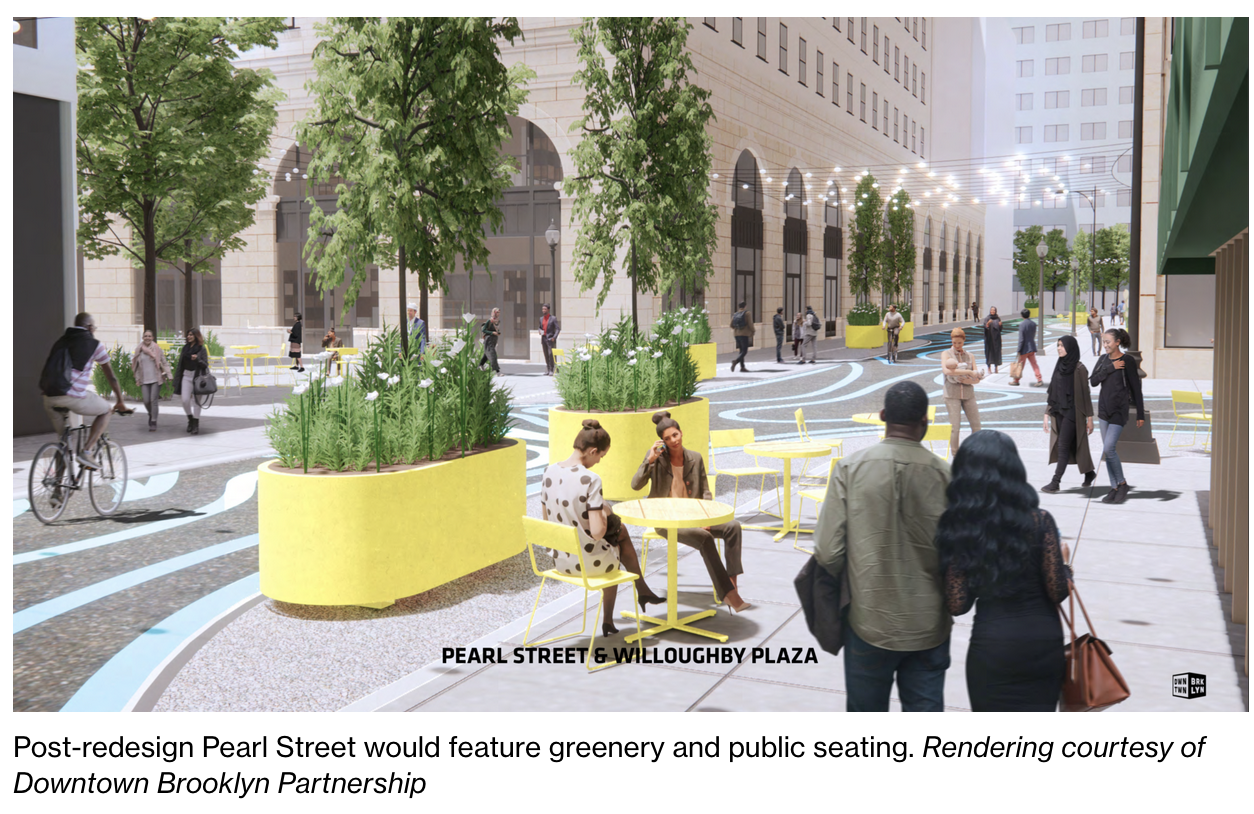
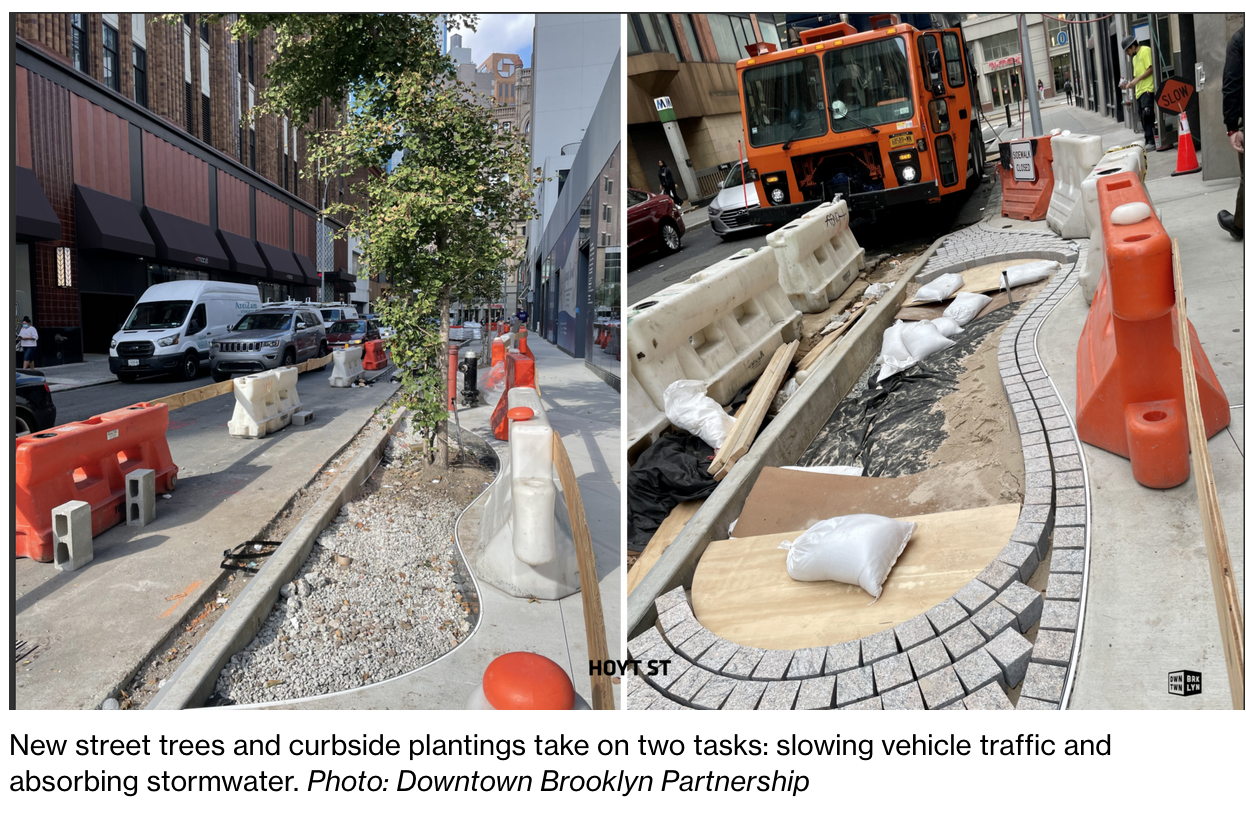
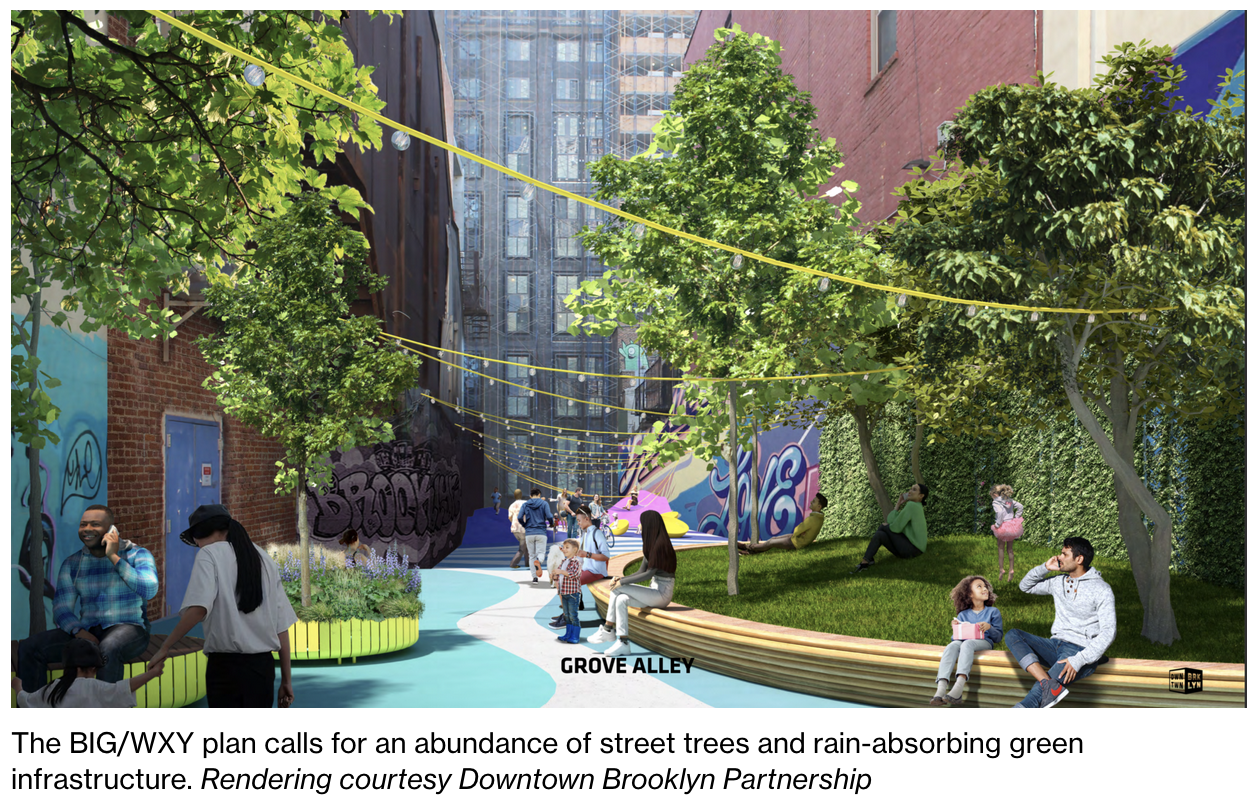
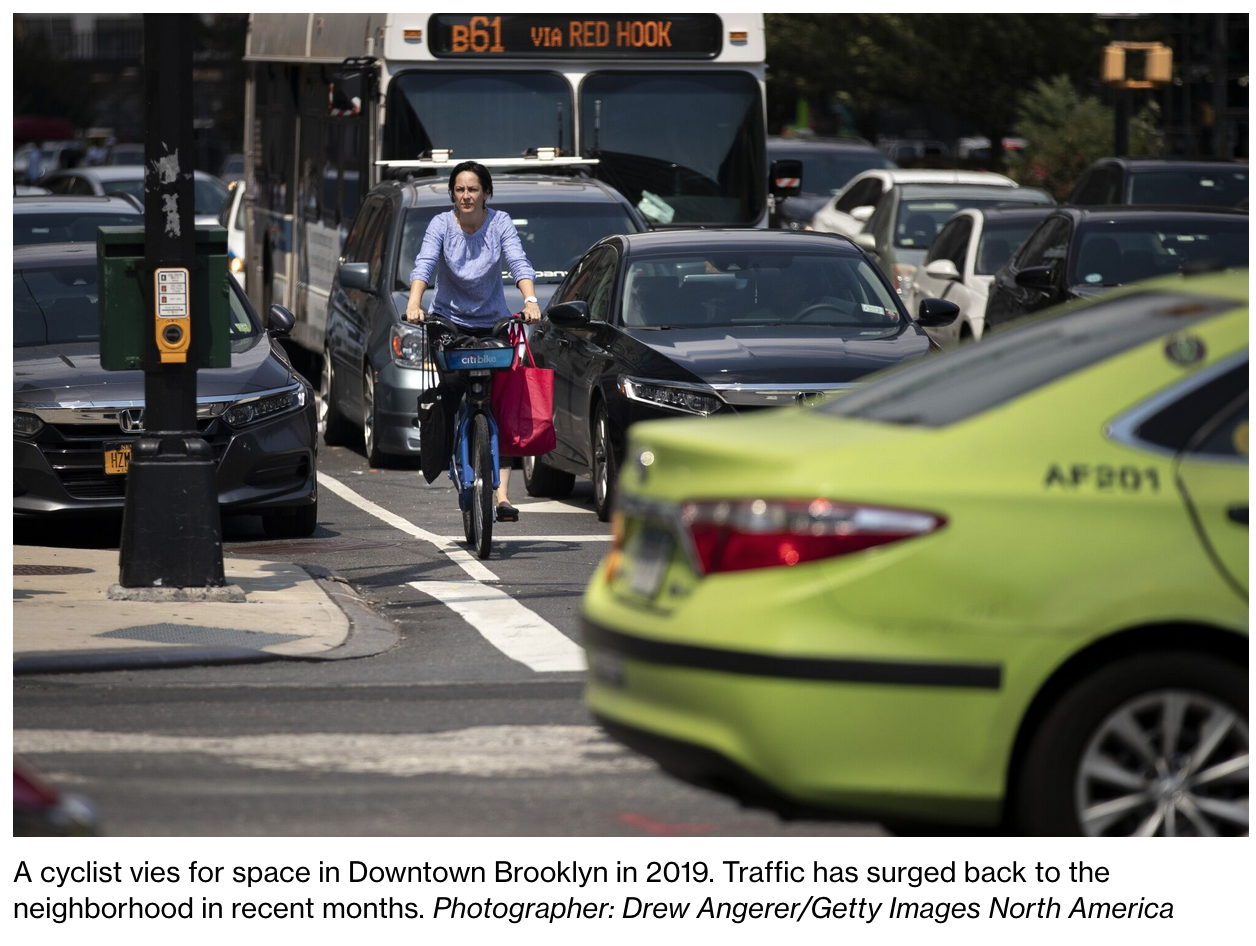
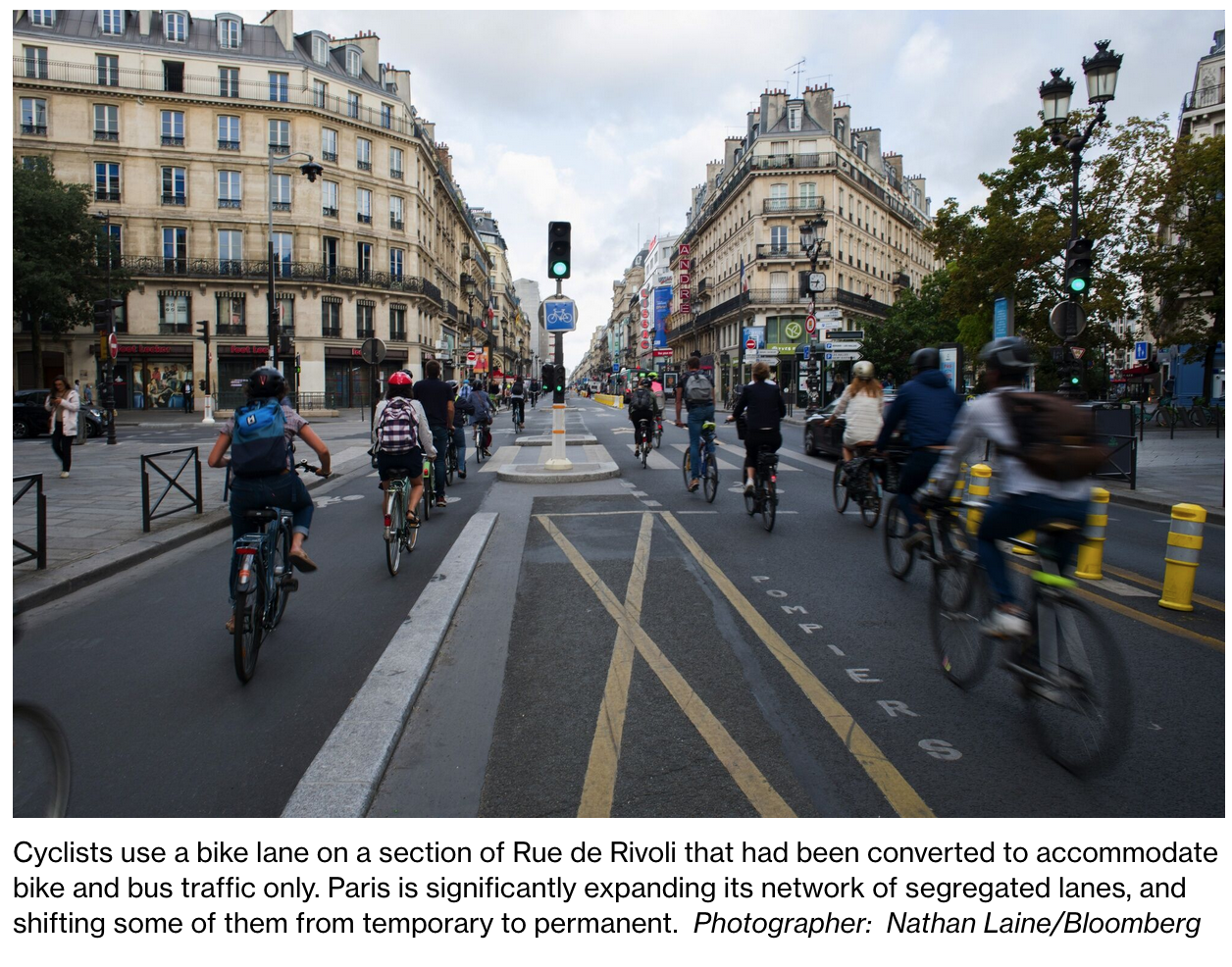

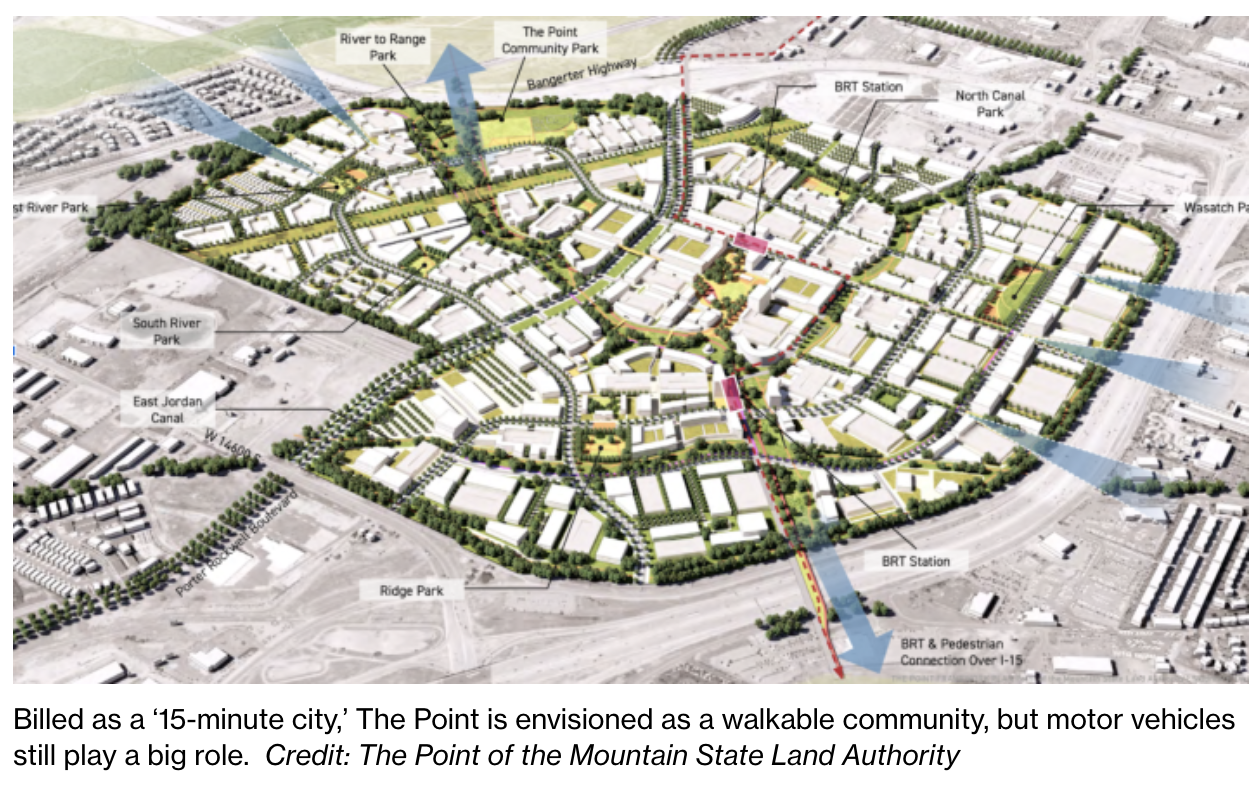
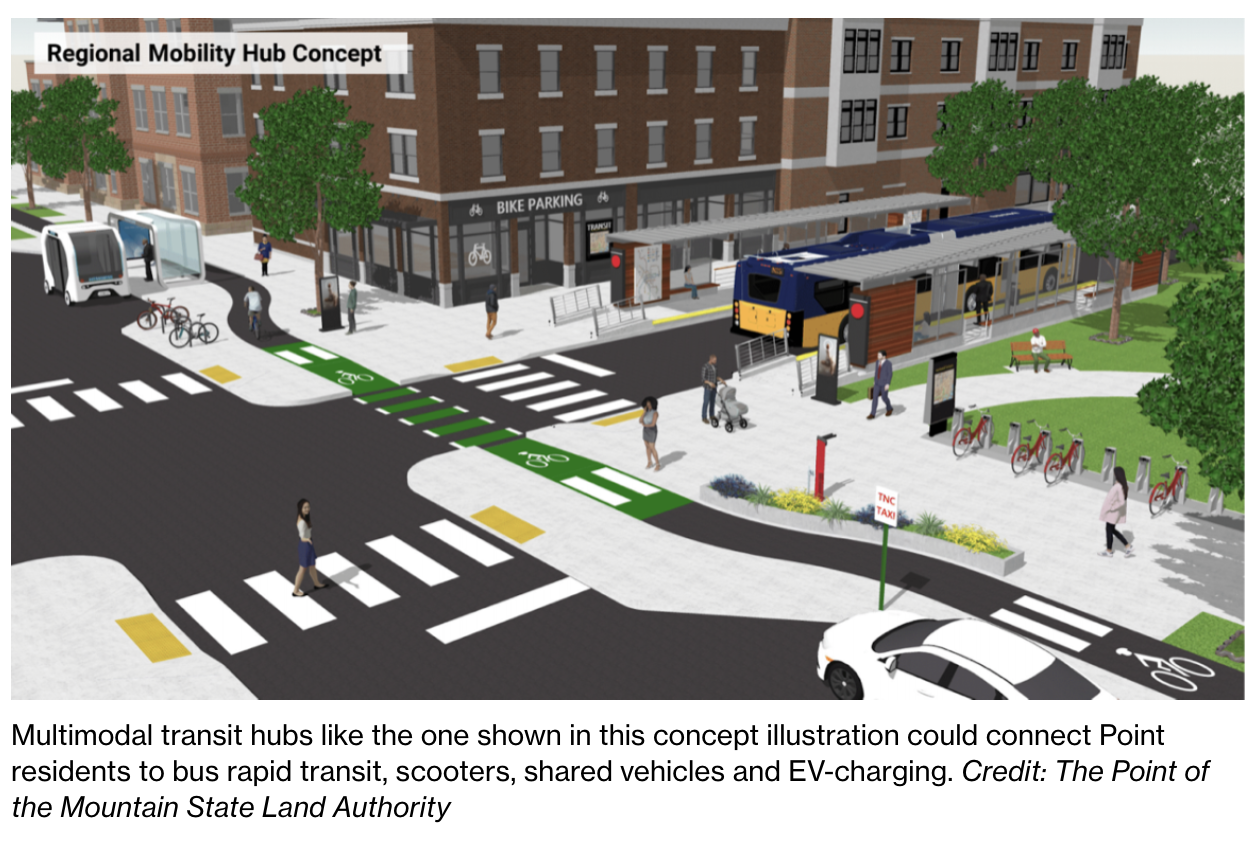

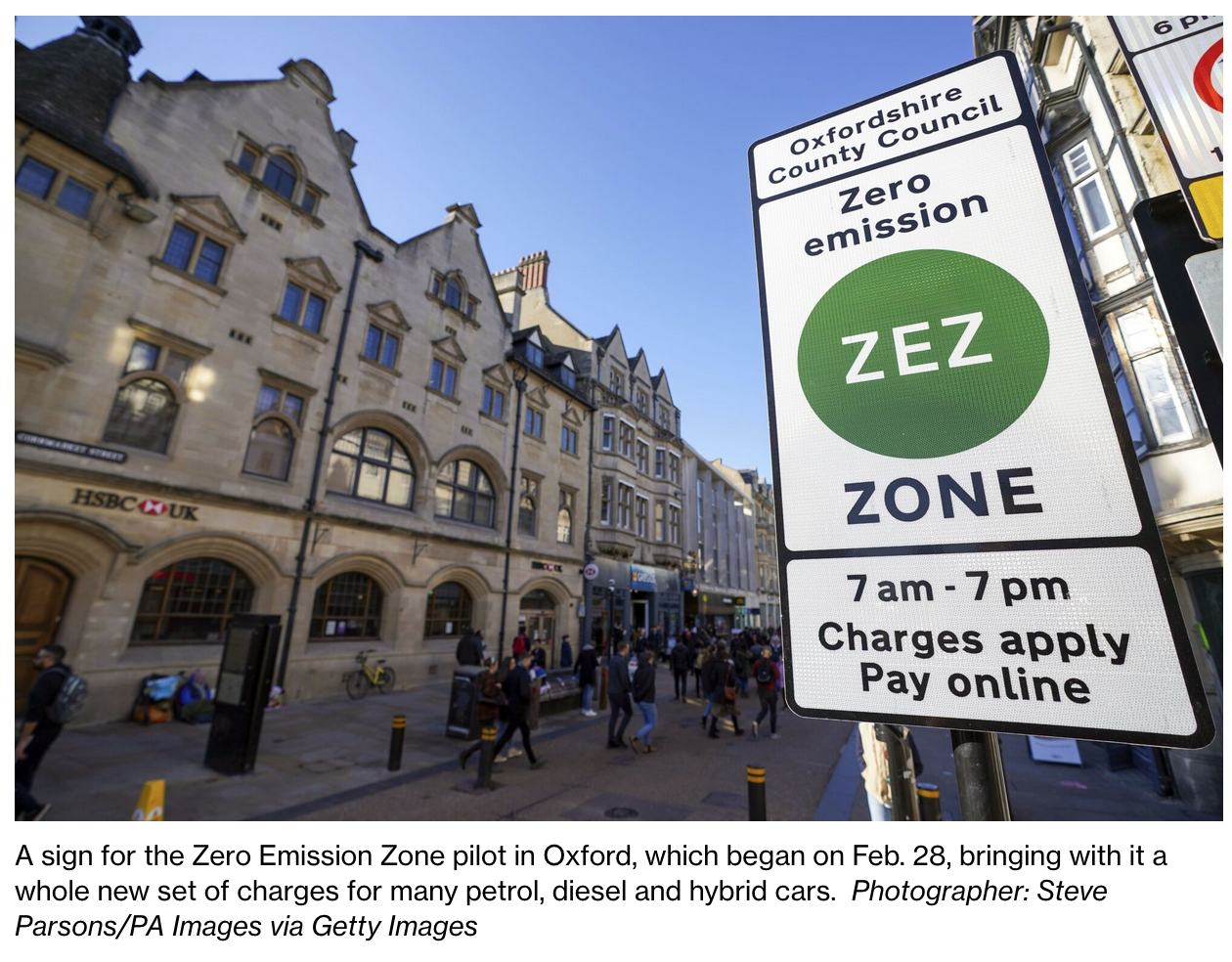
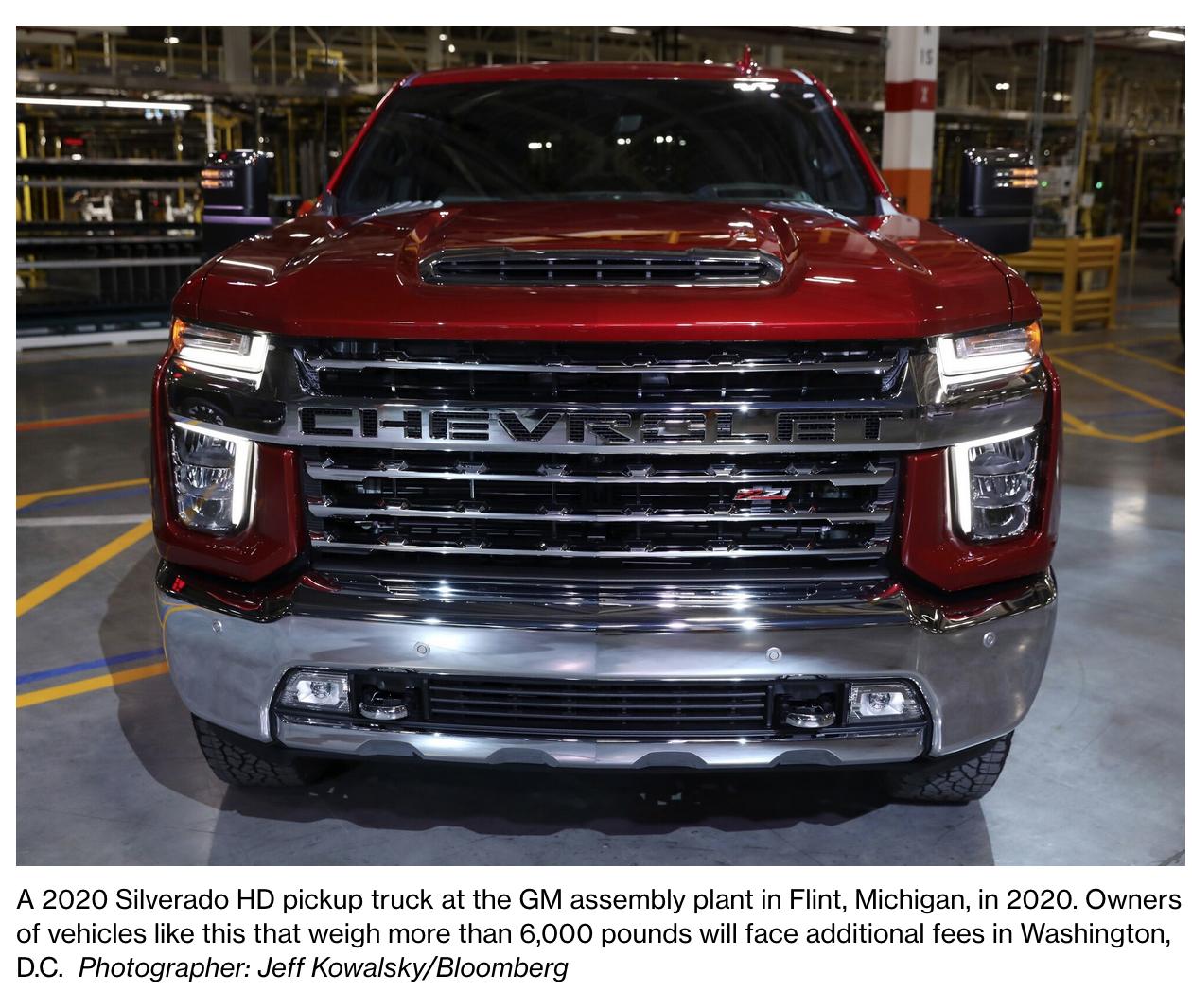
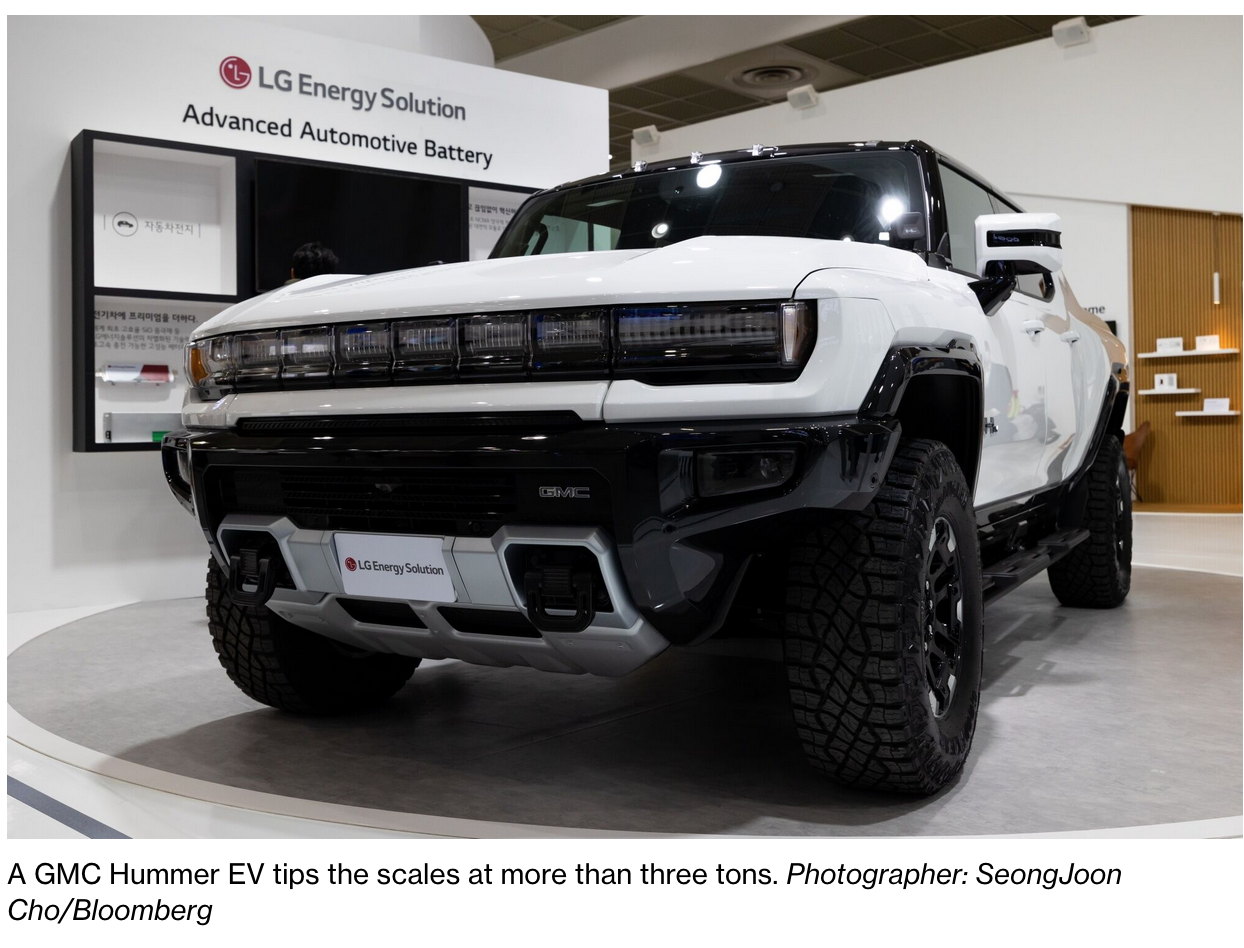
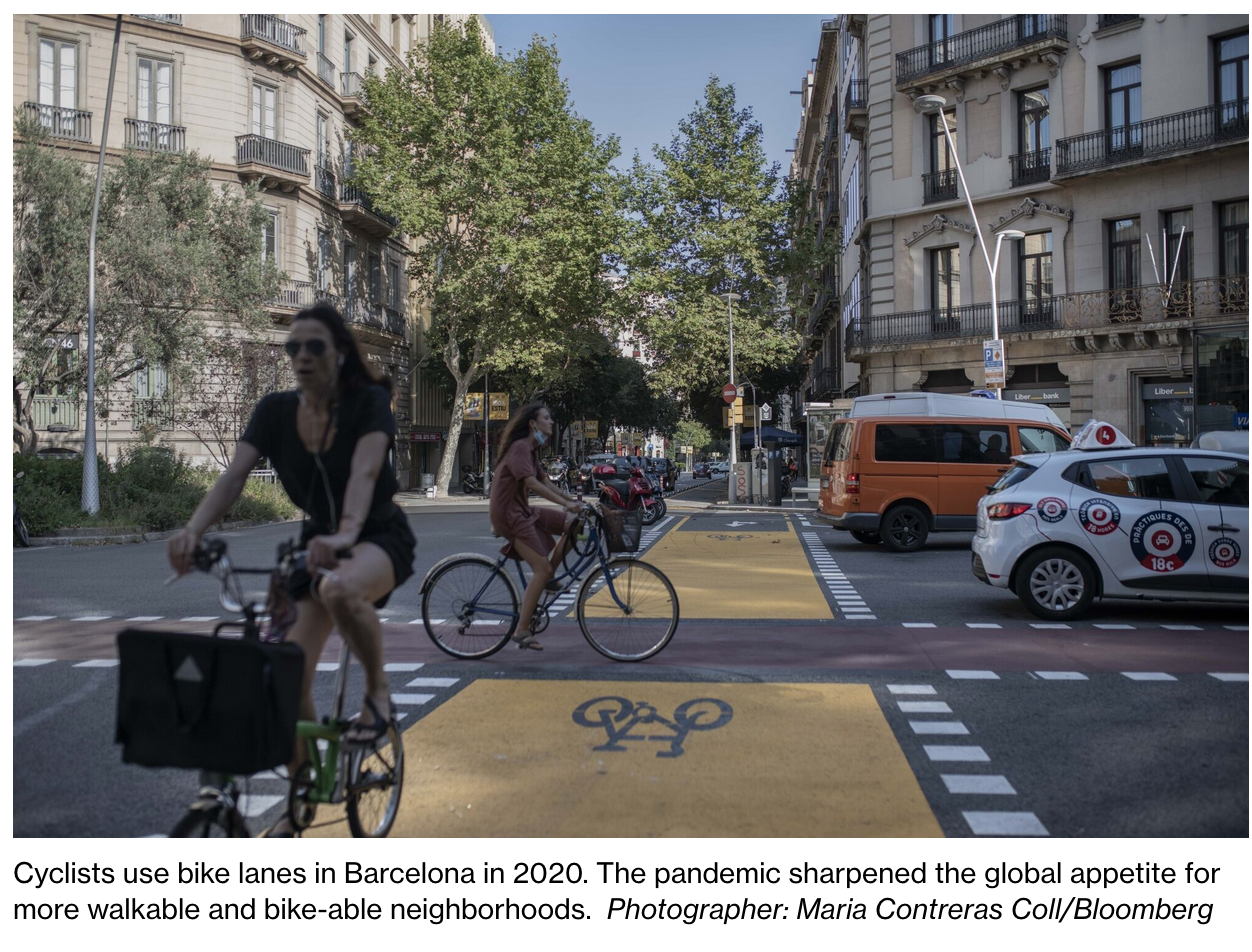
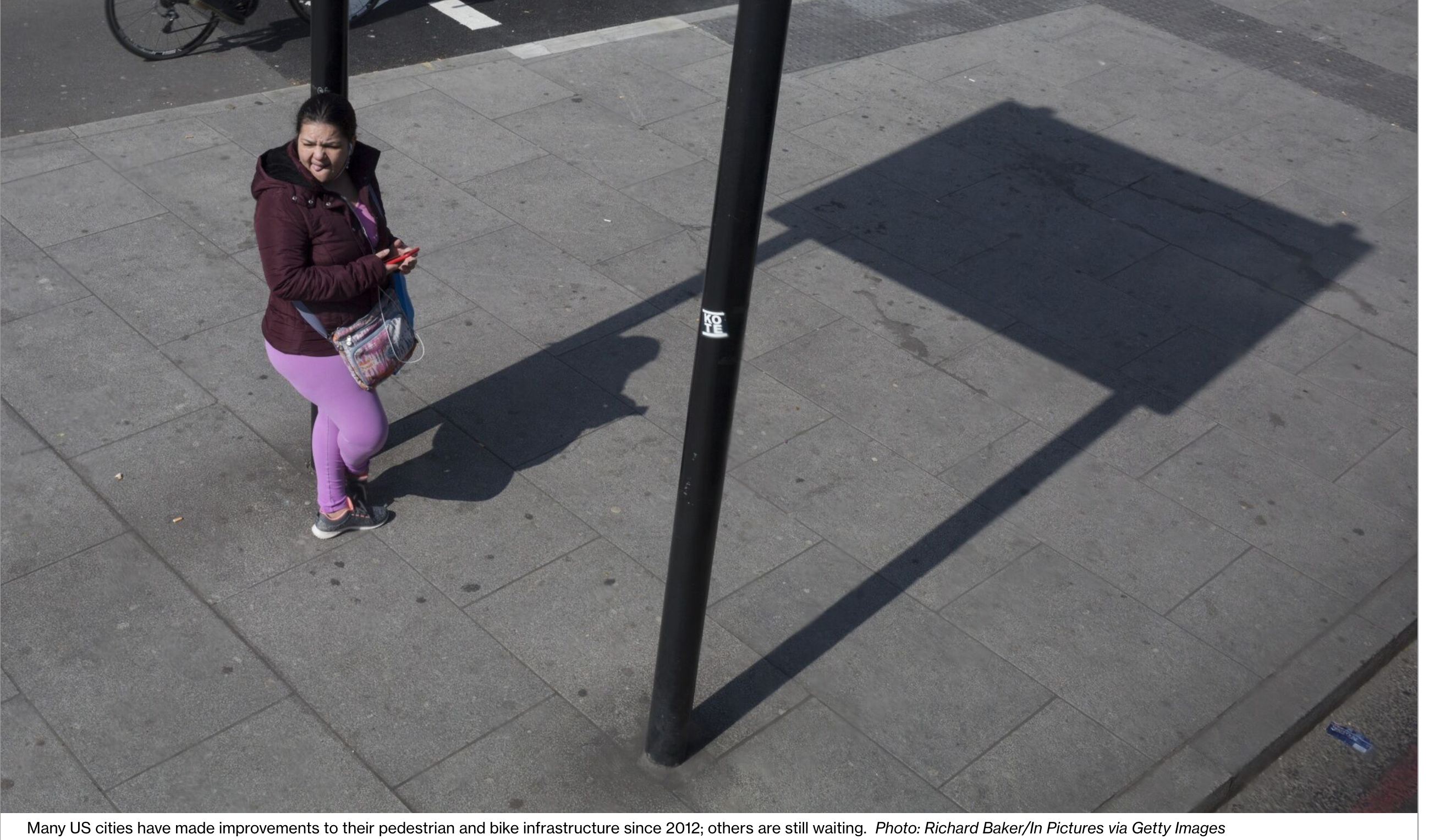
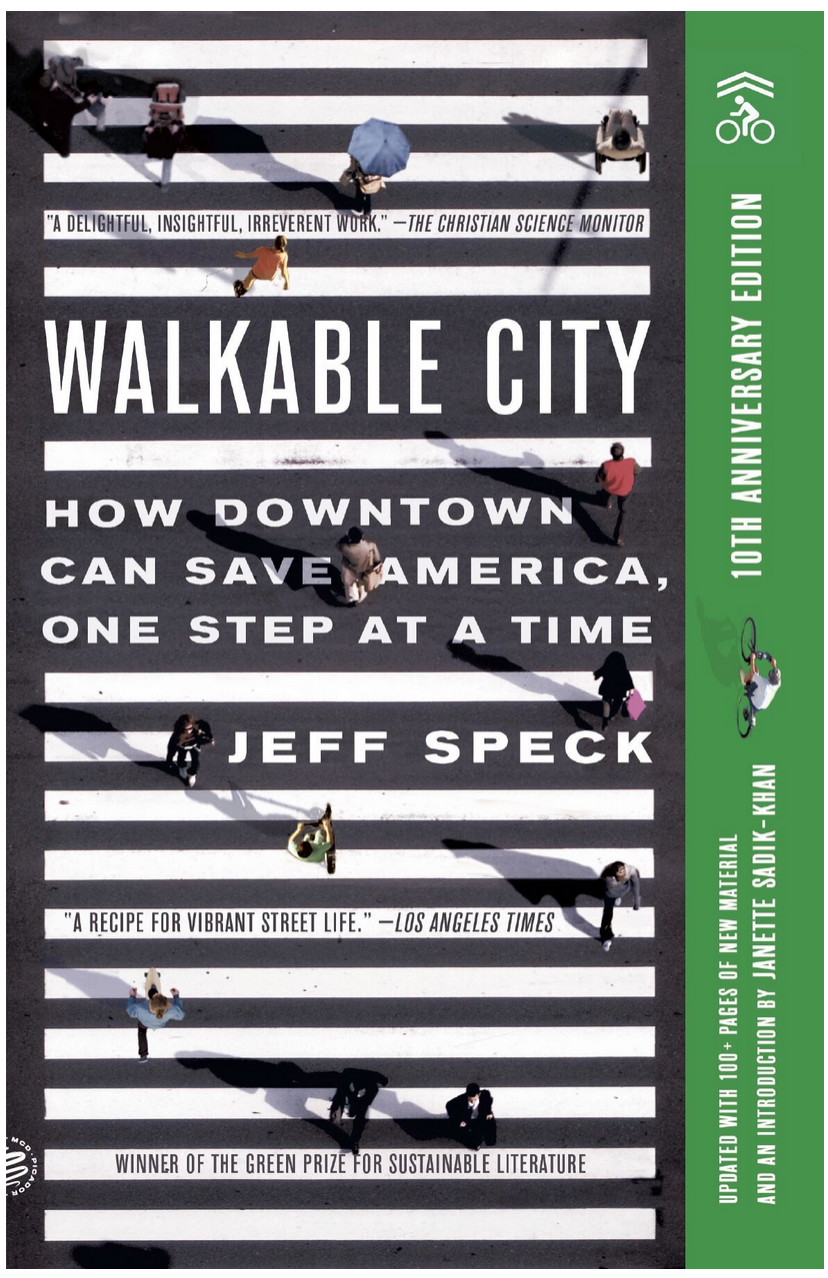
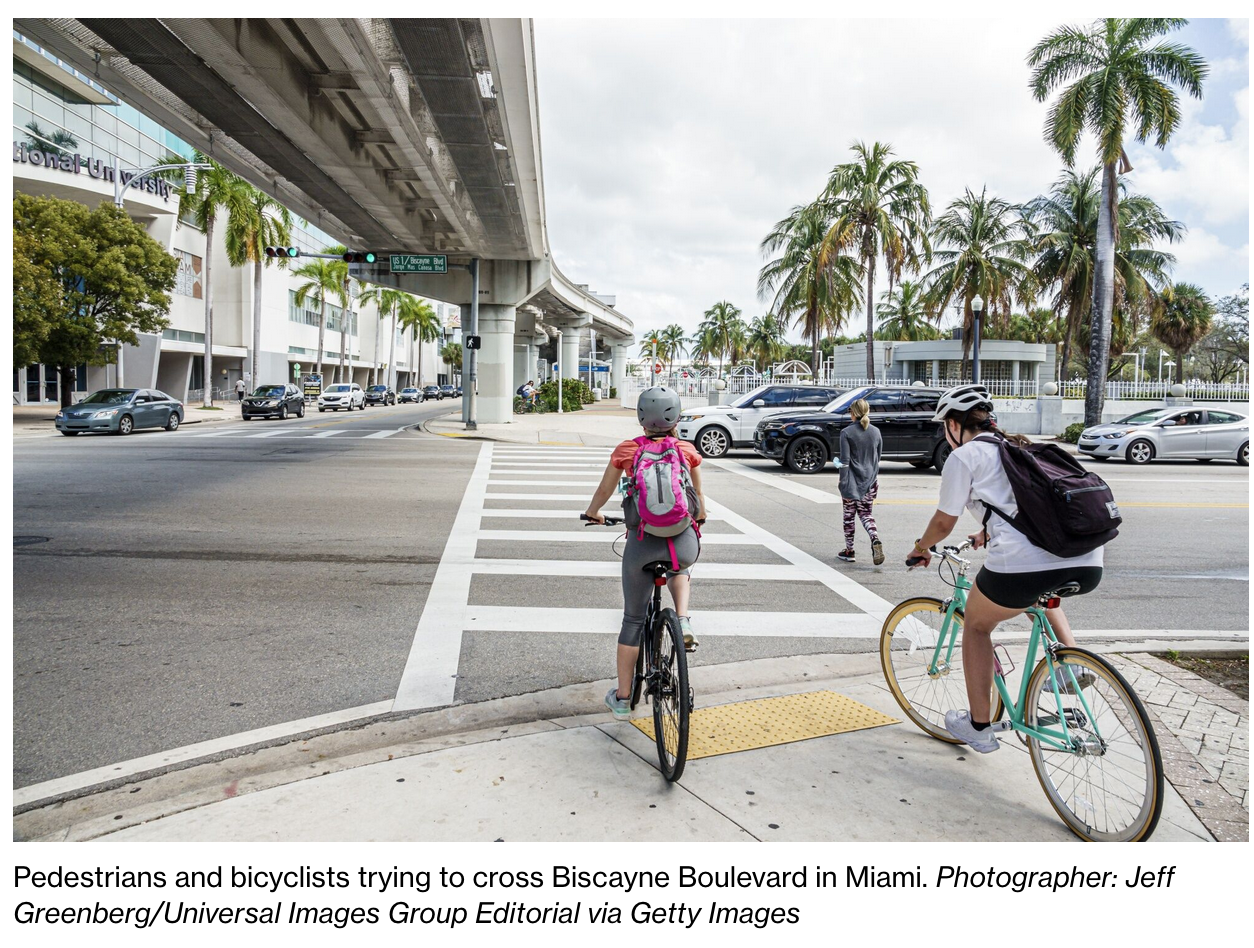
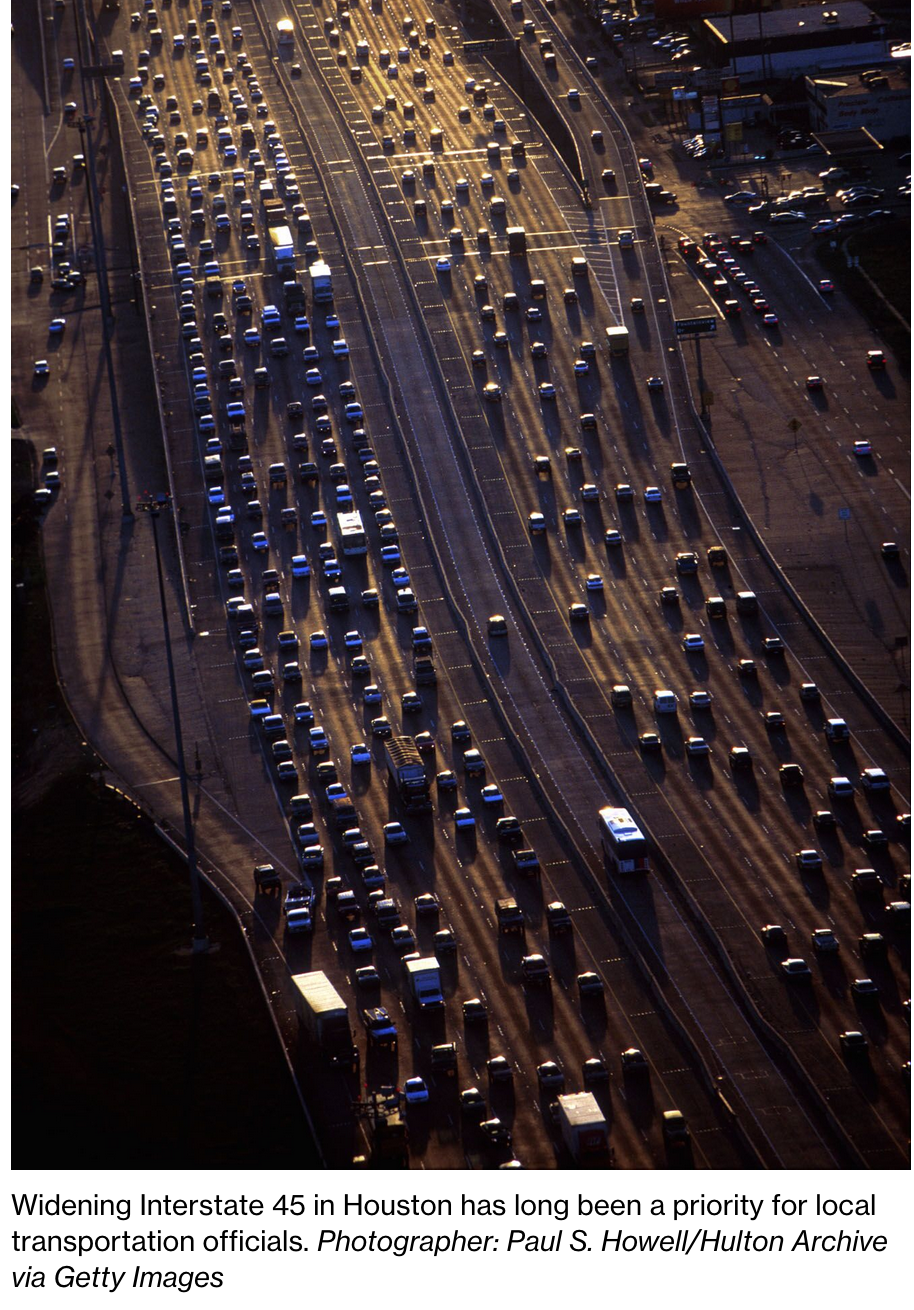
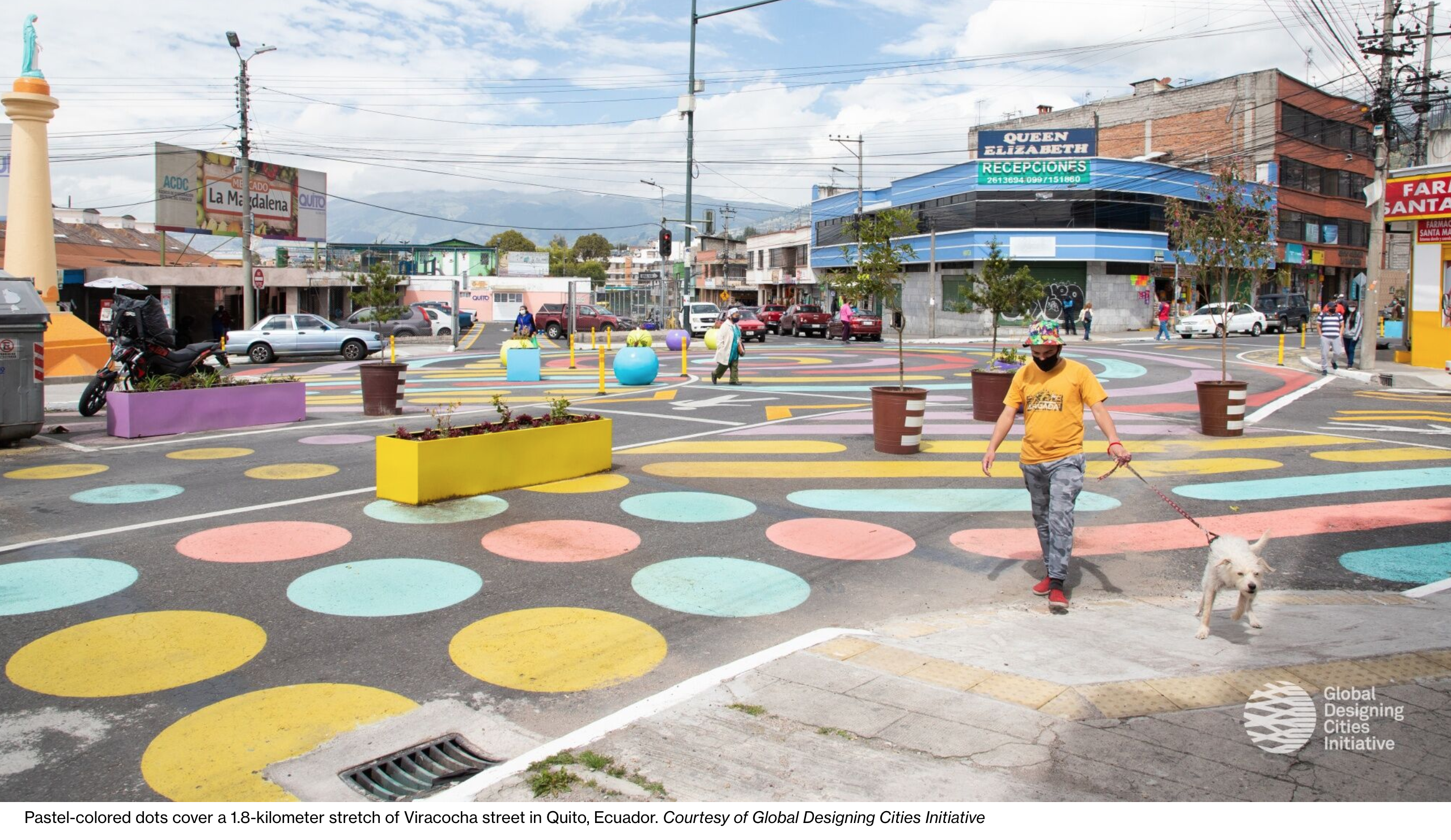

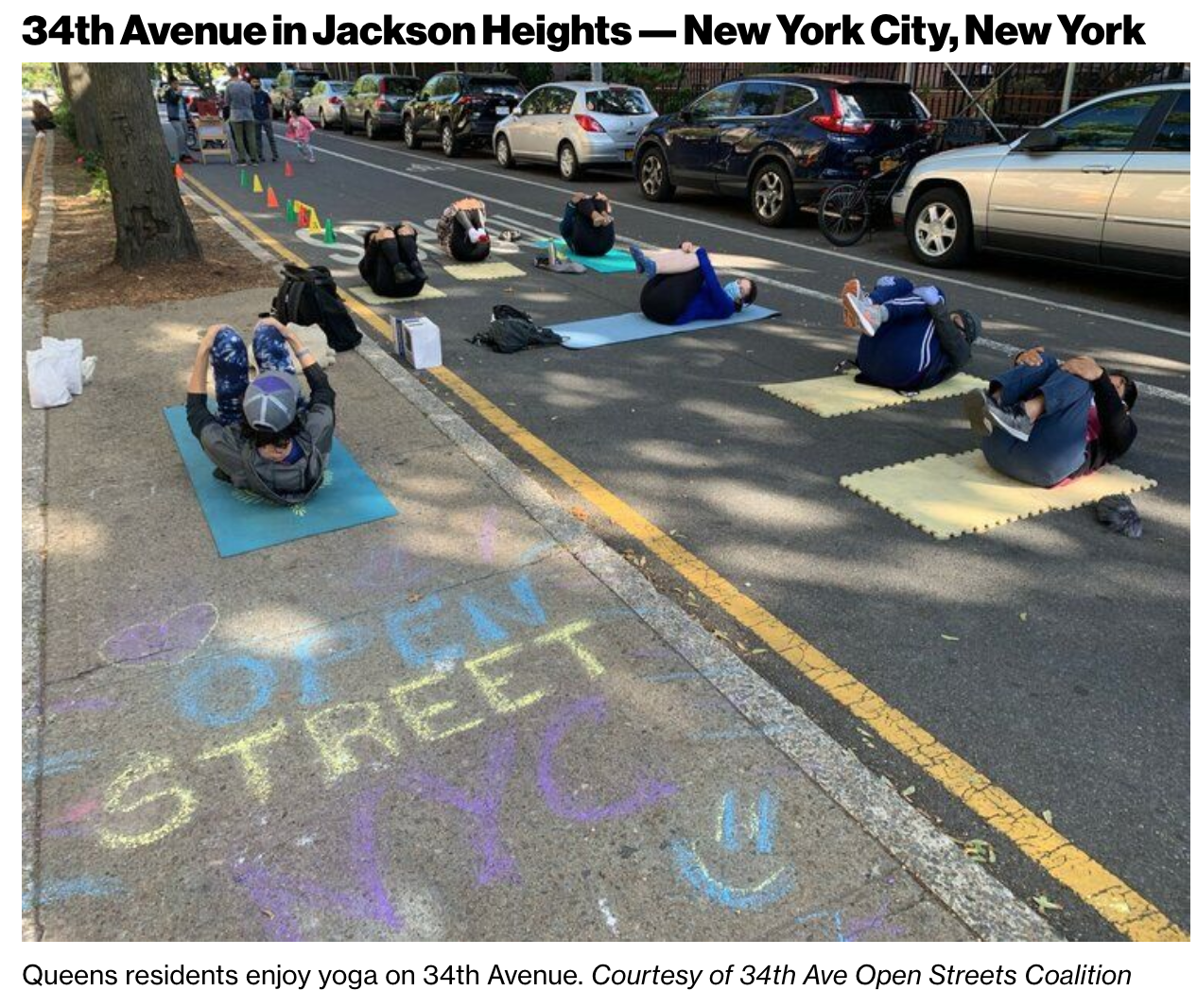
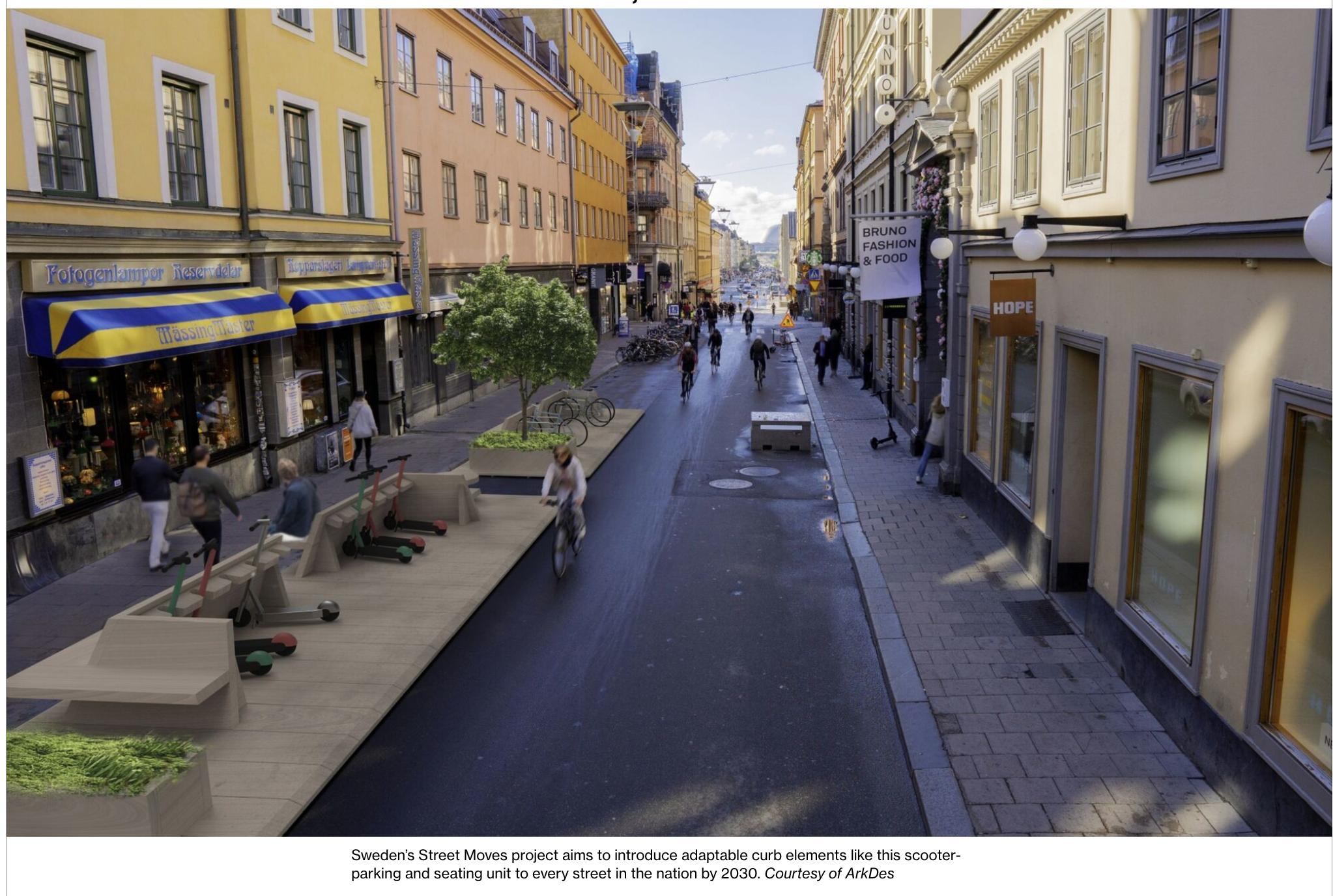
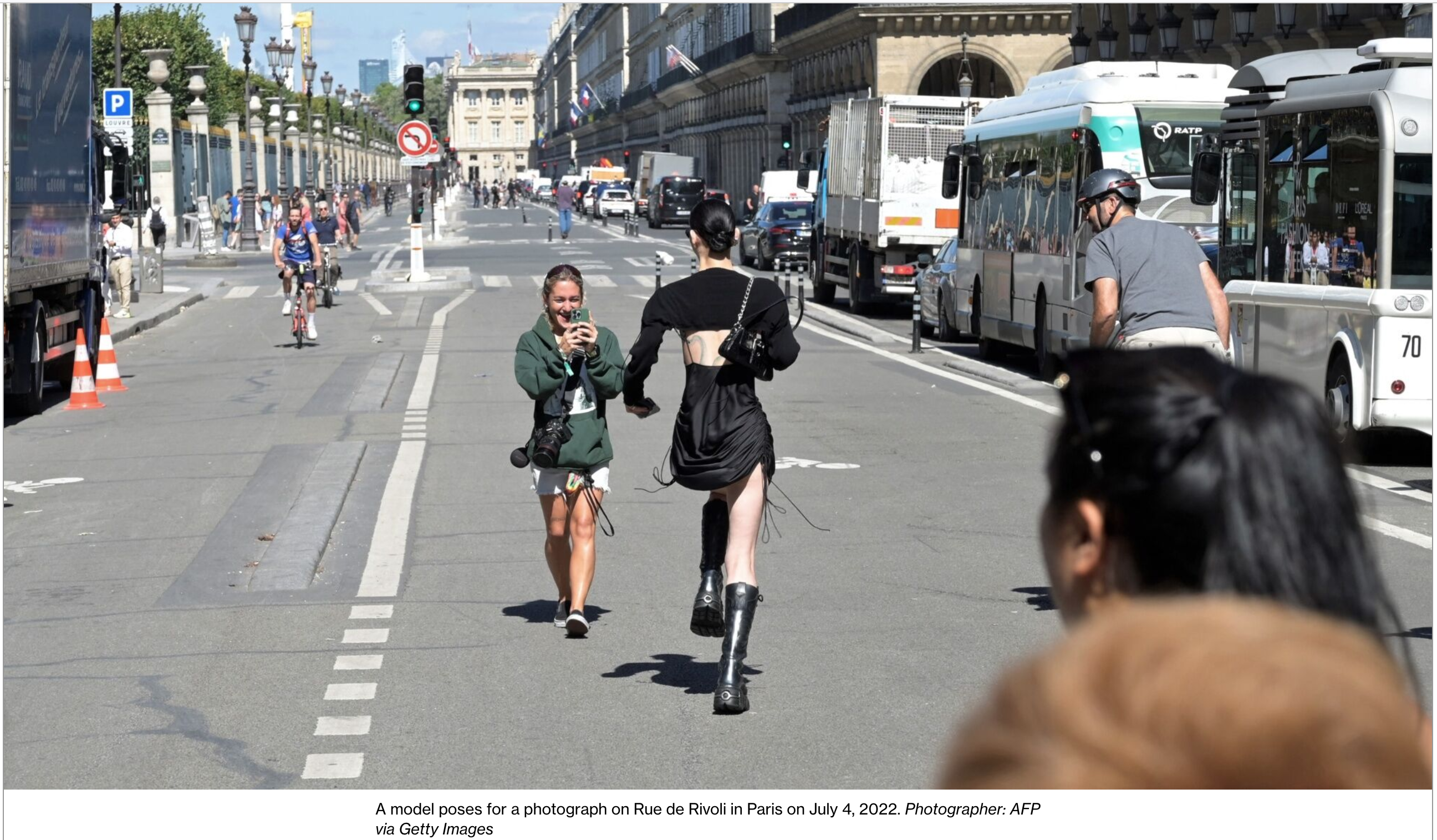
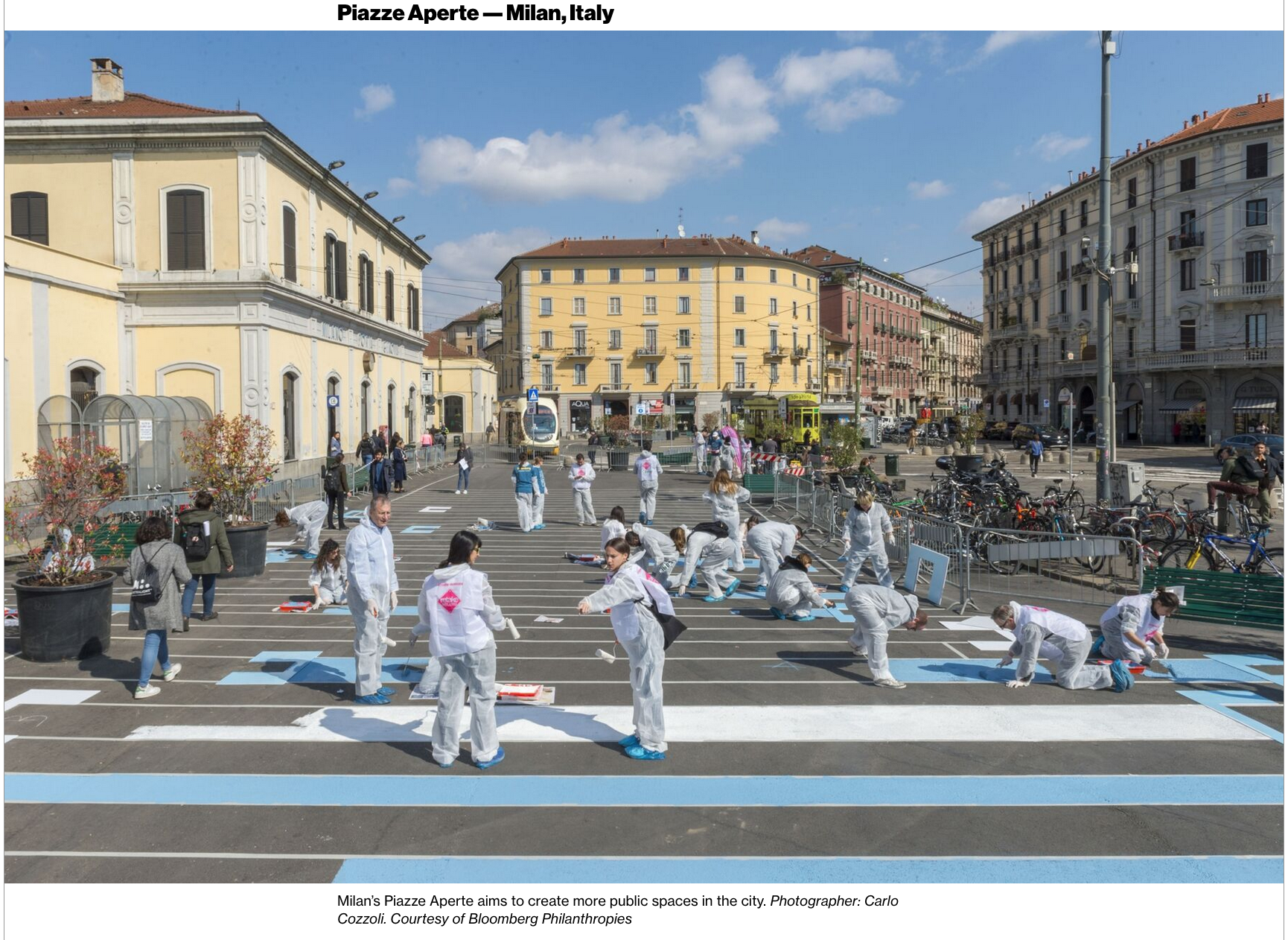
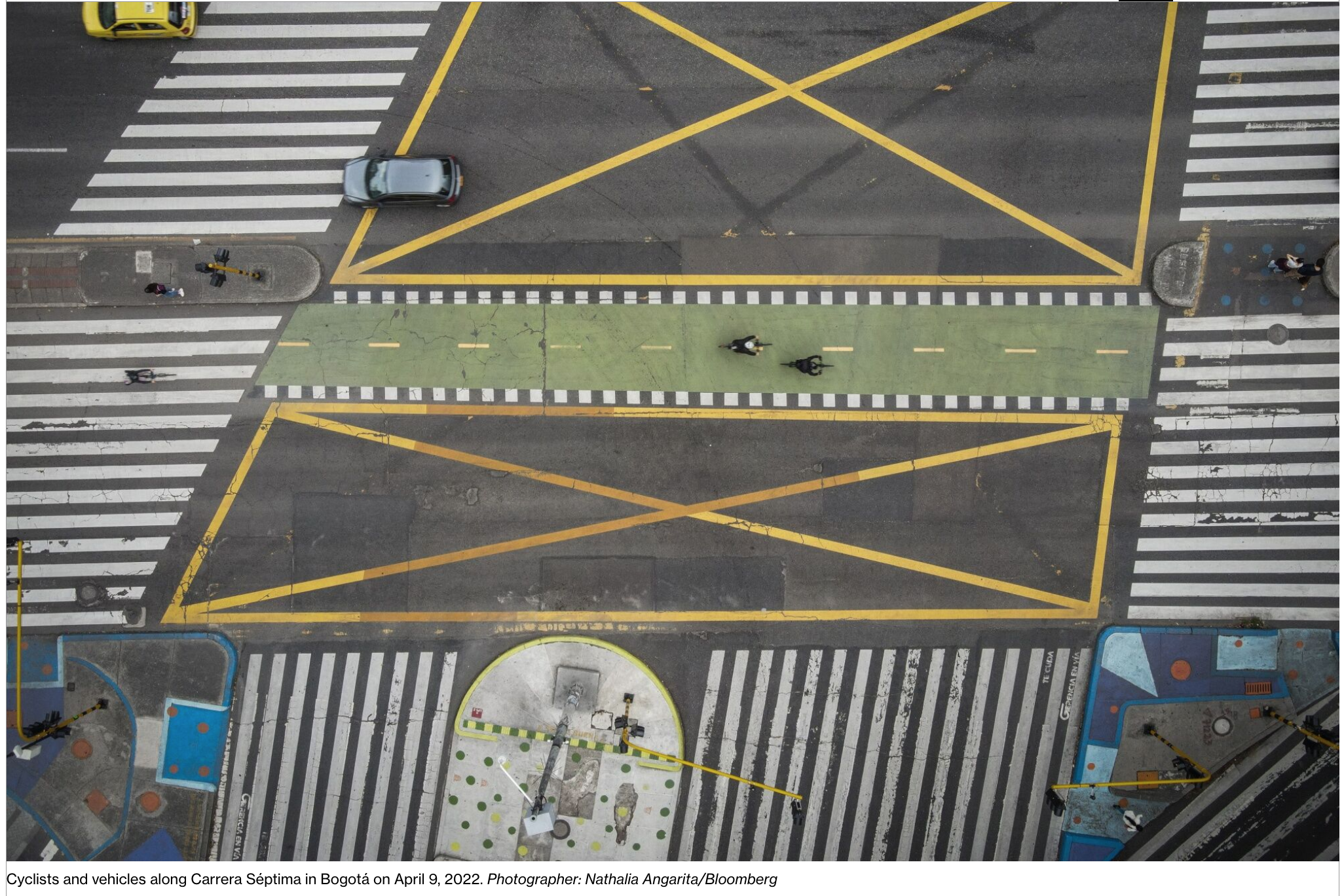
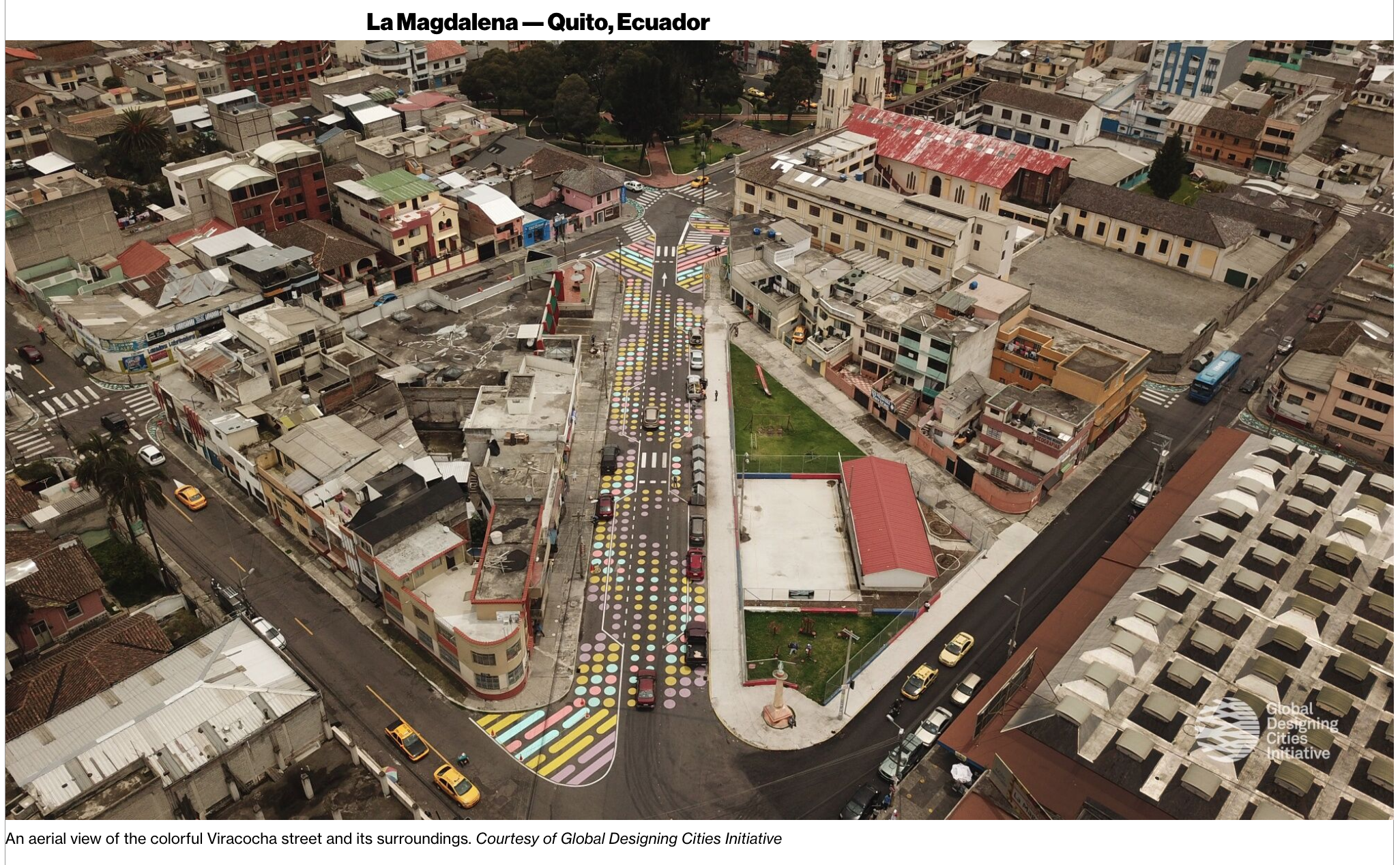
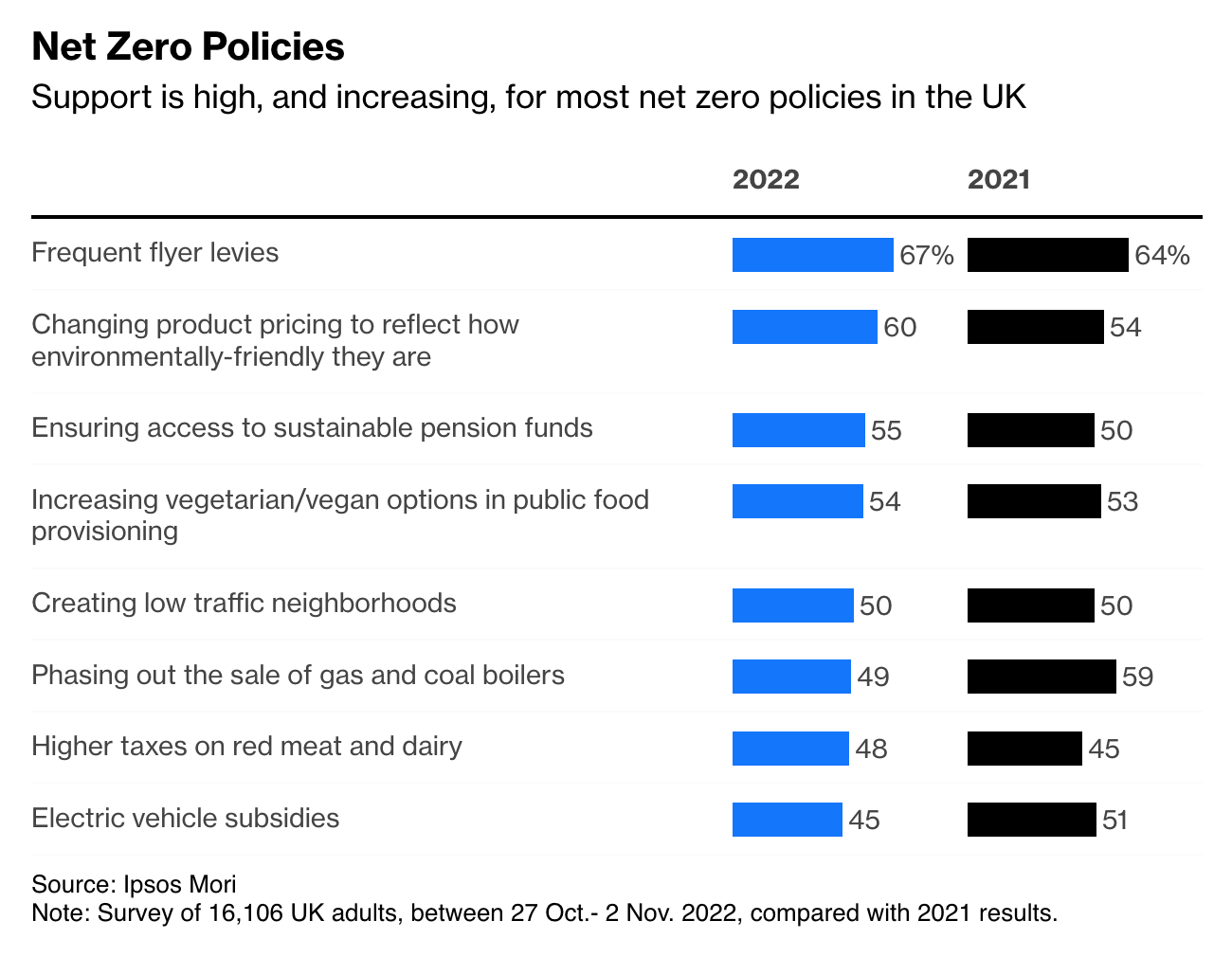
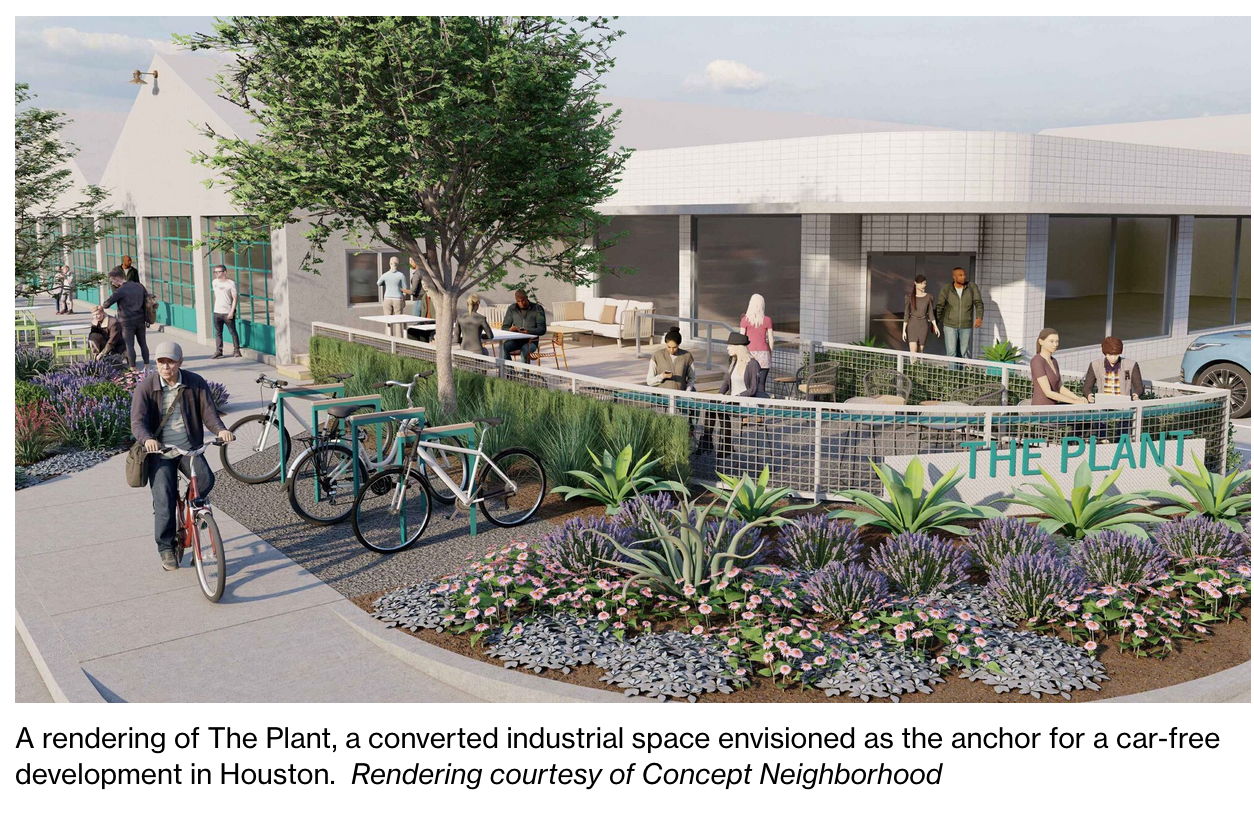
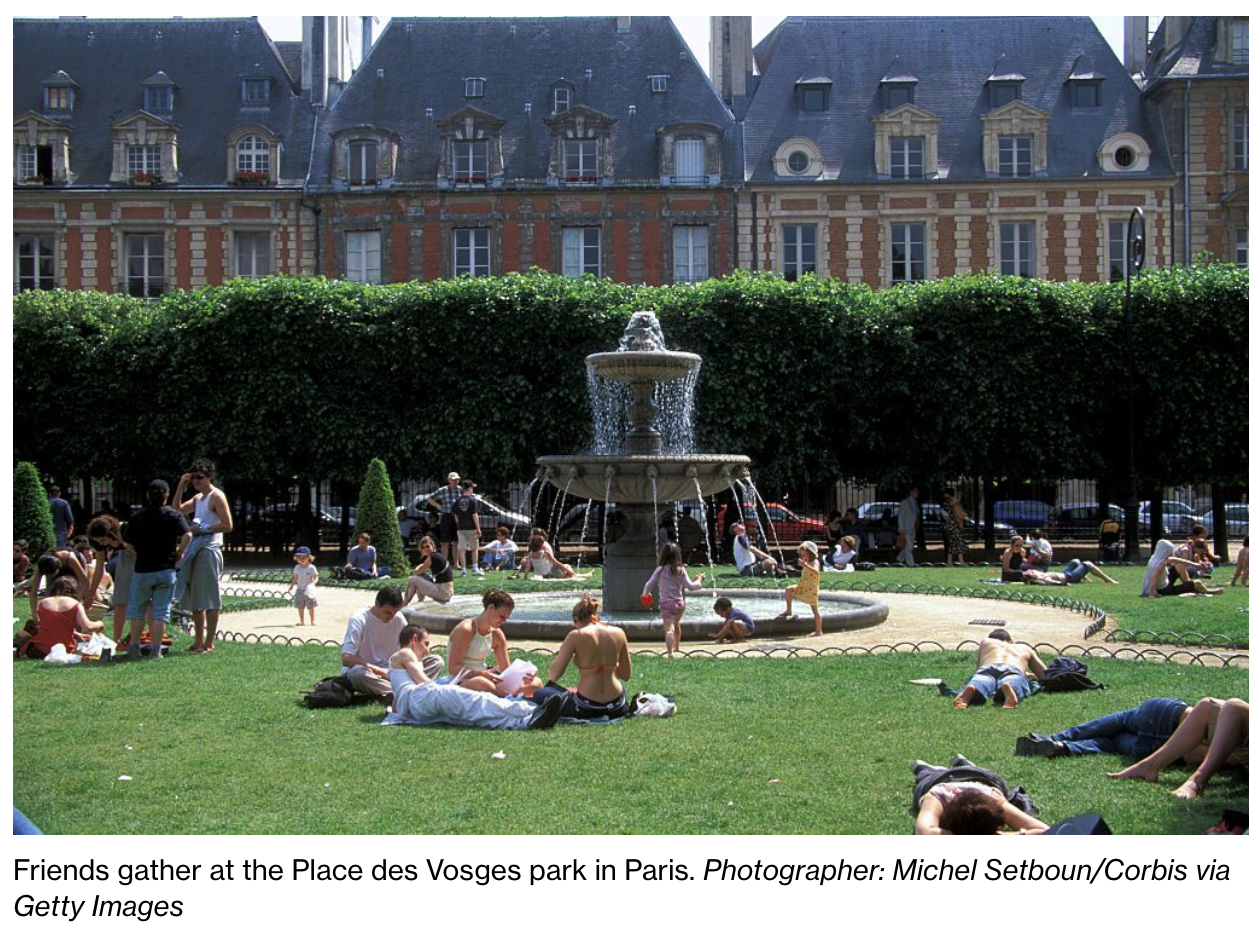
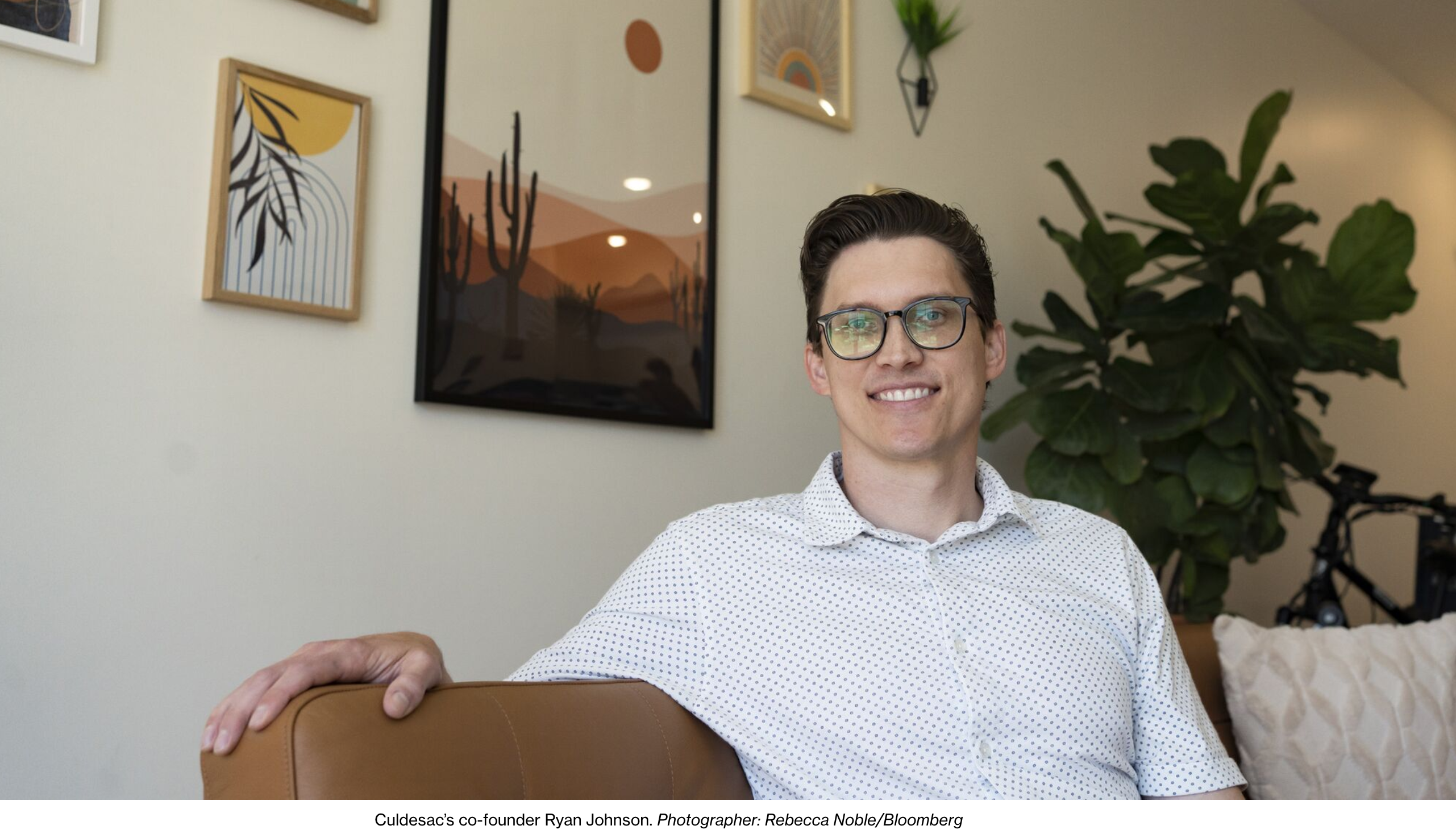
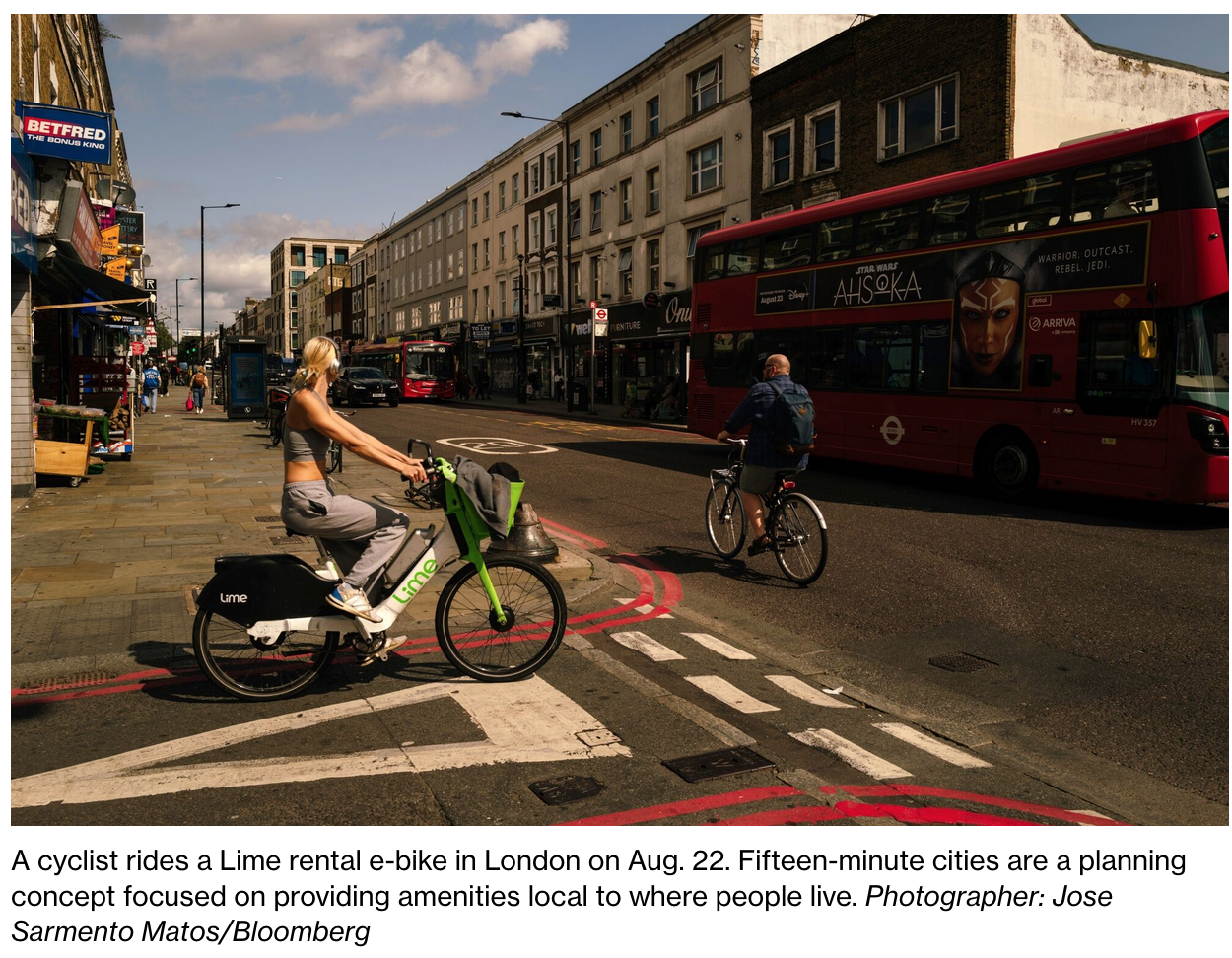
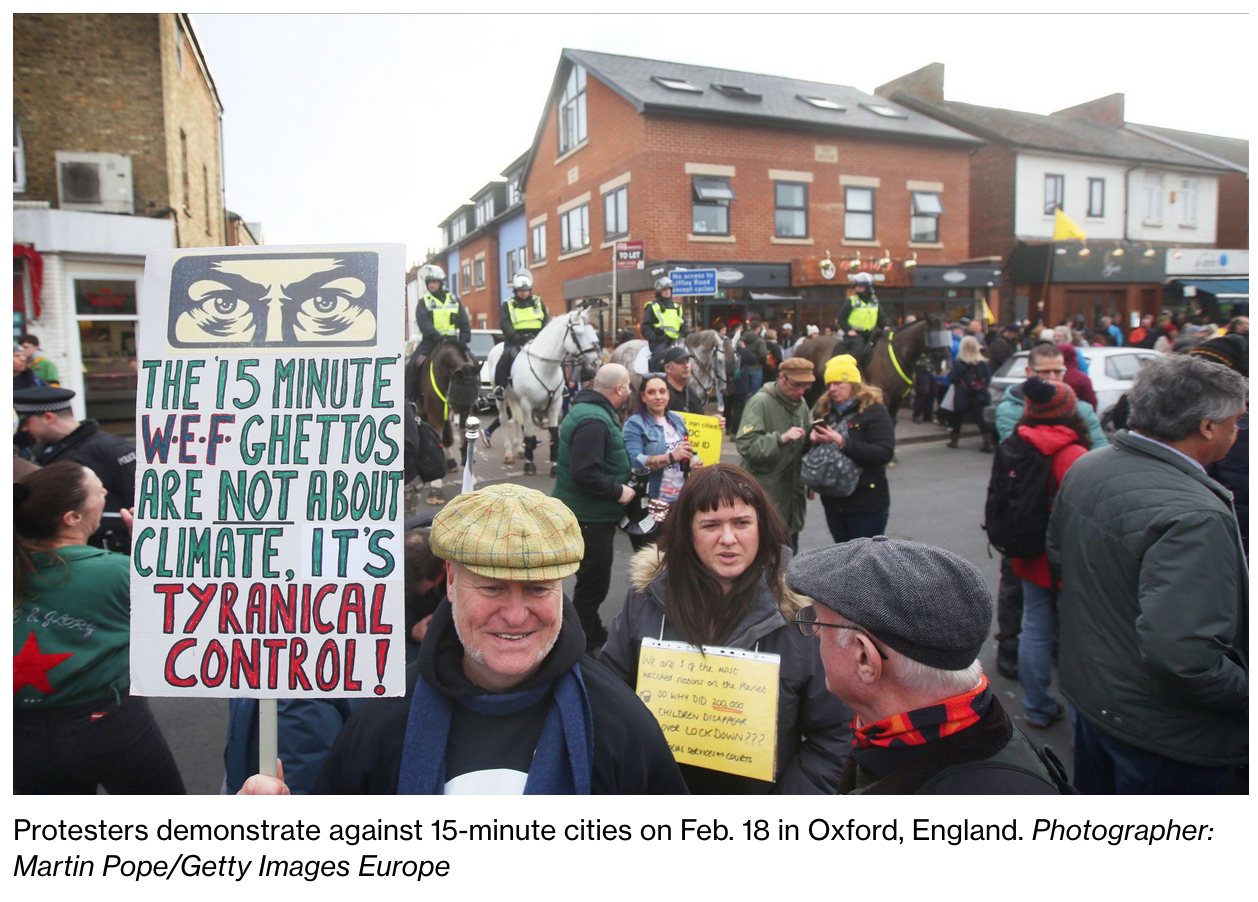
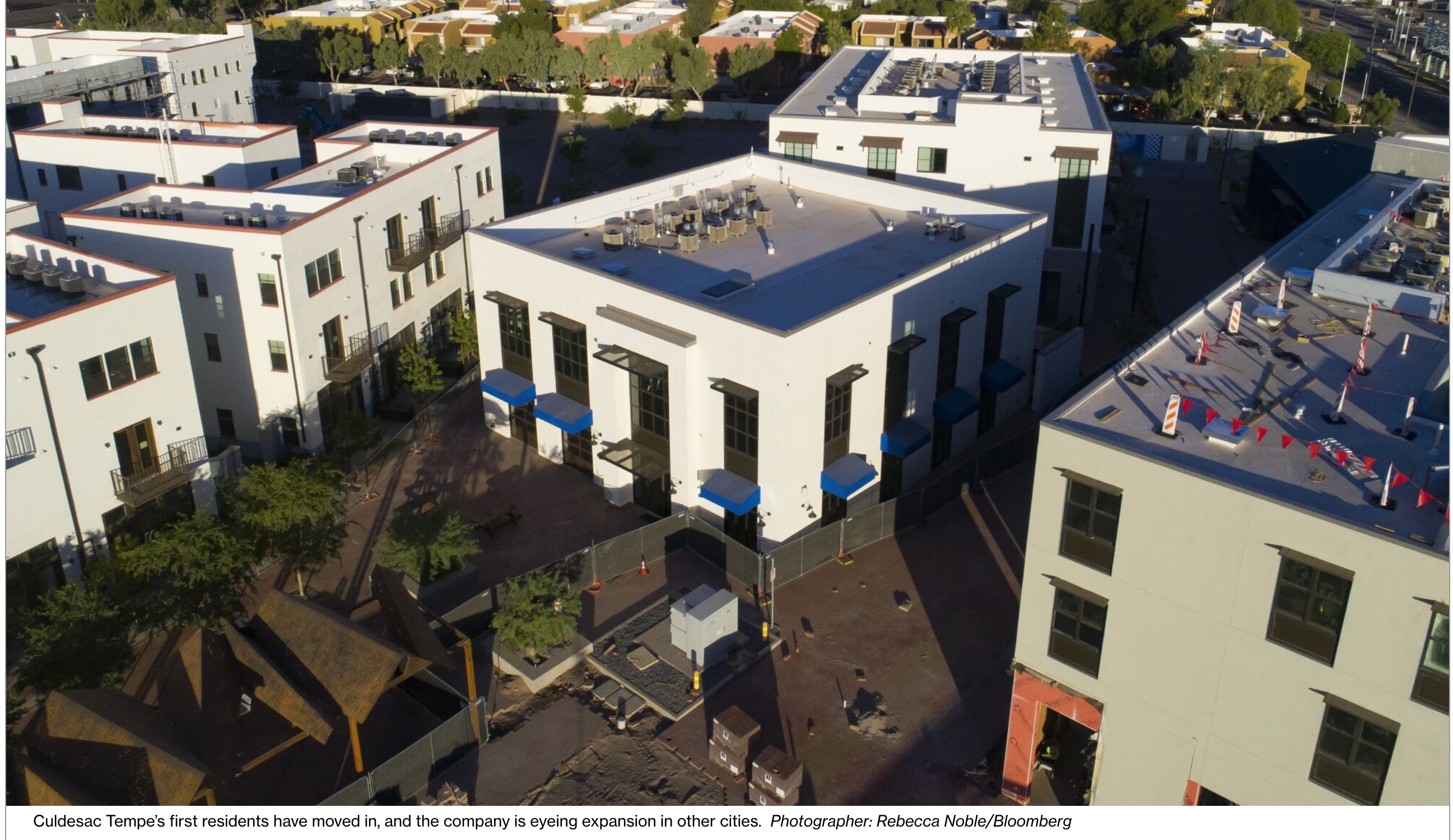
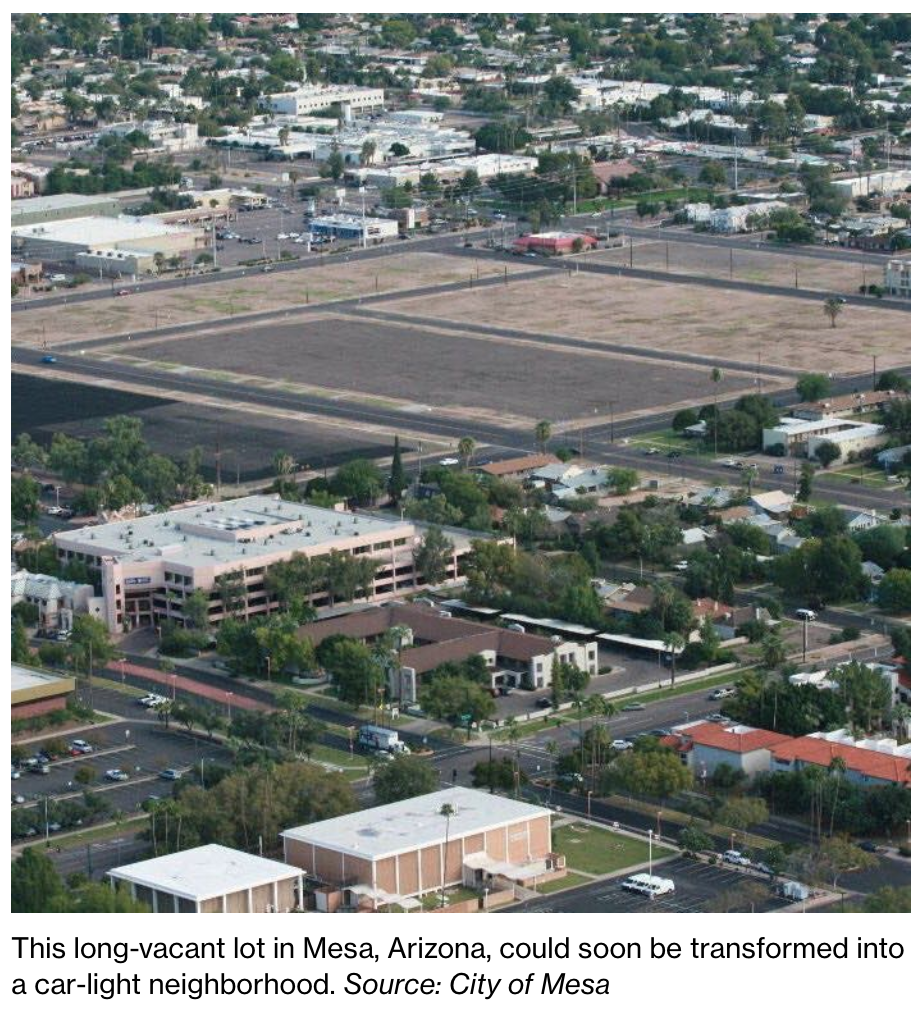
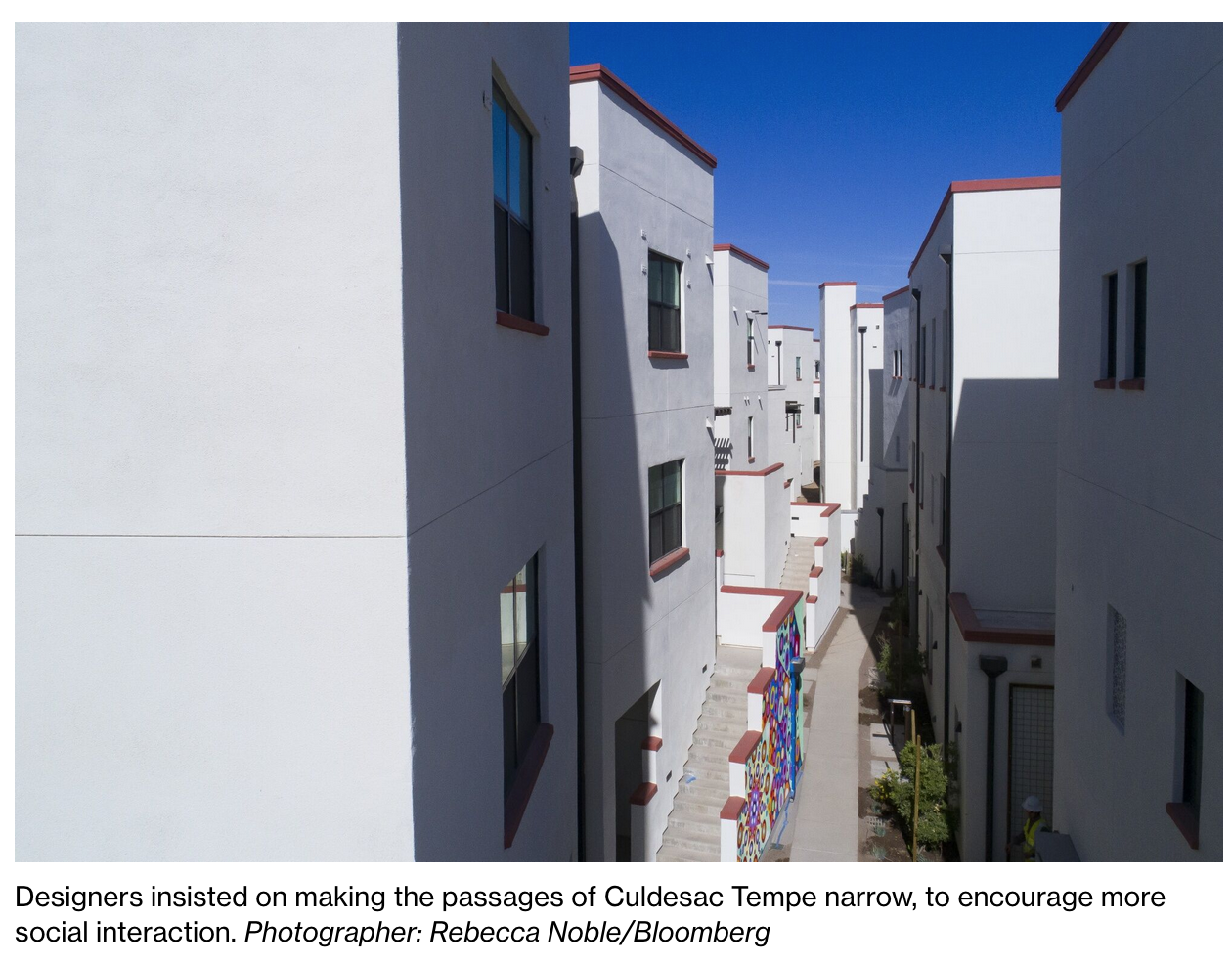
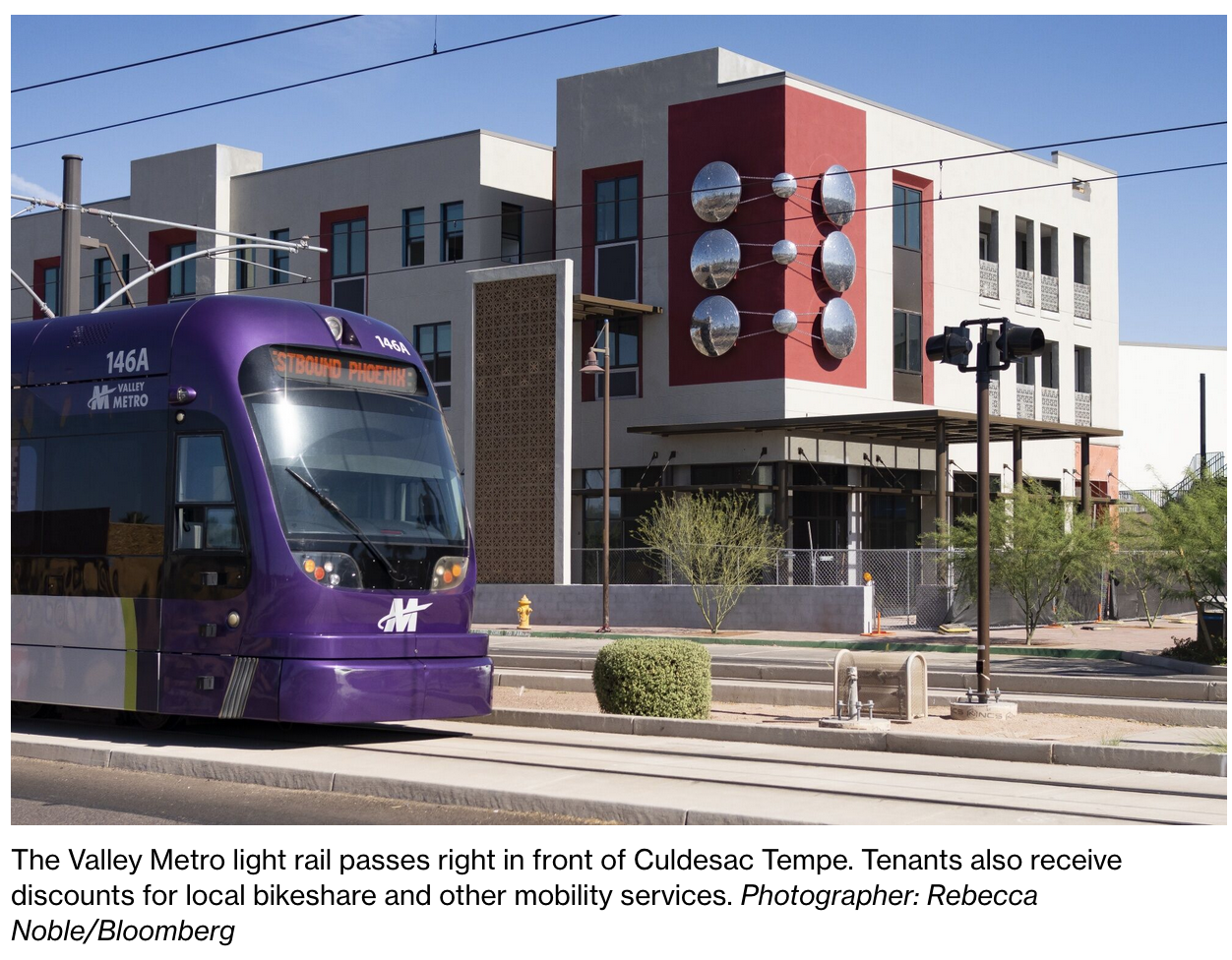
Leave a Reply
You must be logged in to post a comment.